Fernanda Laguna: The Path of the Heart
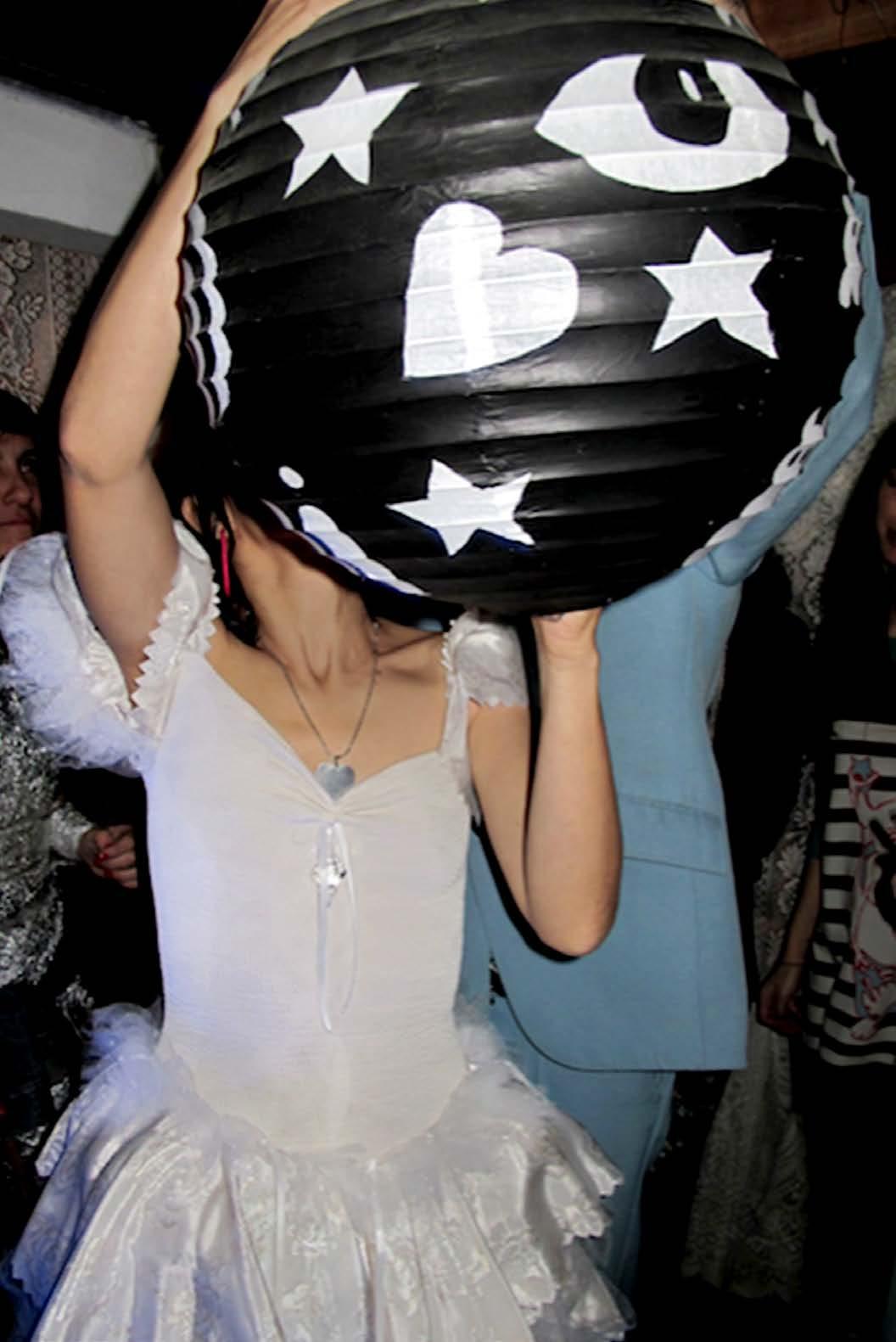



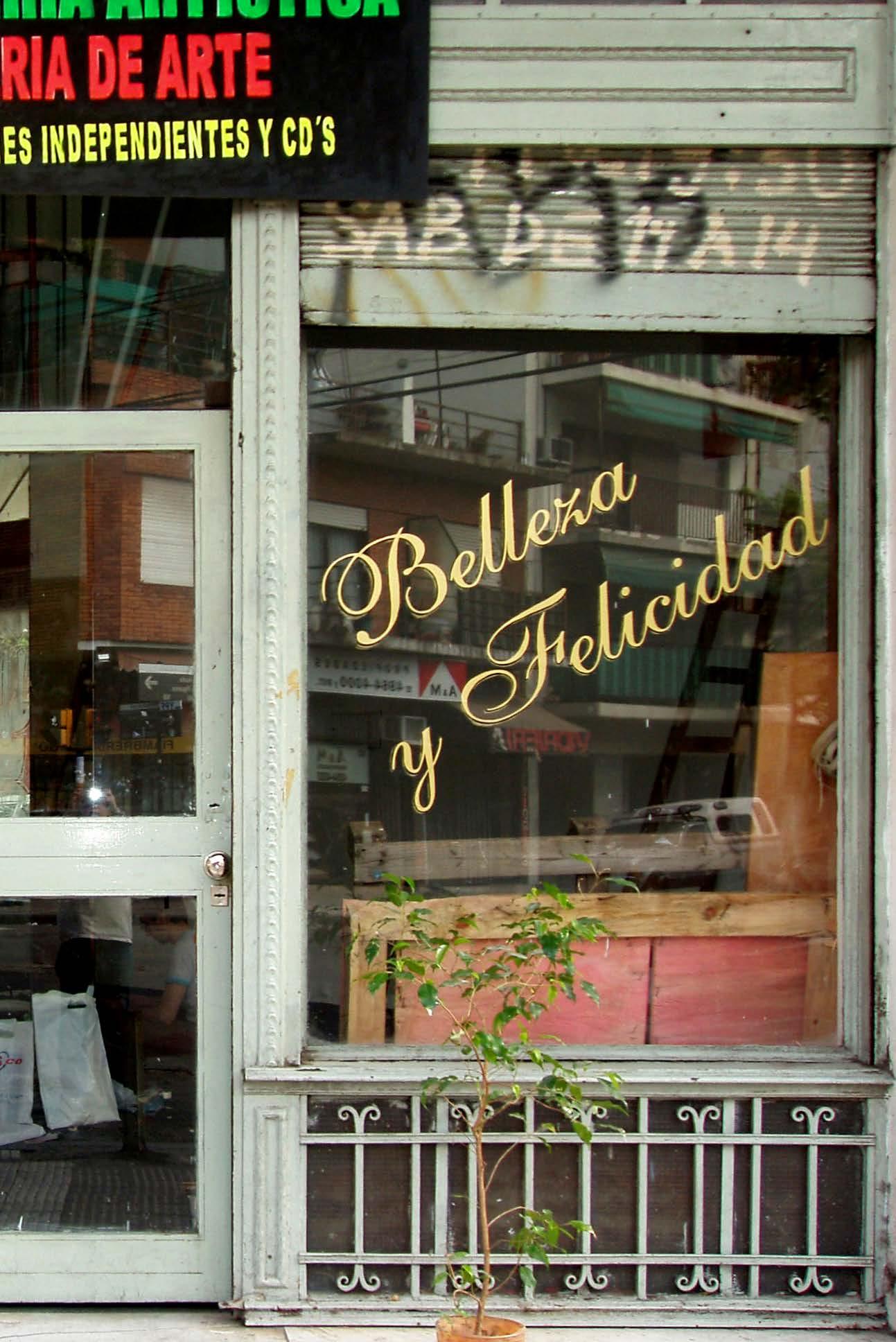
 Fernanda Laguna with an artwork by Cecilia Szalkowicz at the opening of El festival de la fotocopia (The photocopy festival), where works were raffled for two pesos, Belleza y Felicidad, 2001
Fernanda Laguna with an artwork by Cecilia Szalkowicz at the opening of El festival de la fotocopia (The photocopy festival), where works were raffled for two pesos, Belleza y Felicidad, 2001
 Reading
Reading
In her native Argentina, the artist Fernanda Laguna has achieved wide recognition not only for what she has made and written, but for a sustained social practice through which she aims to bridge the gaps between art and life, and art and people. A visual artist, writer, cultural agitator, and activist, Laguna has founded numerous experimental art spaces in Buenos Aires that have each provided opportunities for collective artistic expression and production. These spaces have hosted exhibitions of local artists, performances, independent publishing initiatives, readings, workshops, parties, and in one case, a soup kitchen. As a visual artist, Laguna is best known for her works on paper, but within that rubric she has expanded her practice to include drawings, collages, paper sculptures, prints, handmade books, posters, and more. Bringing all of her work together is her fierce desire to connect to others through art, and her equally fierce belief that one’s artistic imagination is a valuable tool for dealing with hostile circumstances.
Laguna’s desire to work in a profoundly local sphere does not diminish the importance of sharing her work with a broader audience outside of Buenos Aires or even Argentina. Fernanda Laguna: The Path of the Heart is her first solo exhibition in New York, and her work maintains its potency despite being removed from the specific context for which it was originally produced. Perhaps this is because social, cultural, political, and economic inequities are not, unfortunately, unique to Argentina, but it is almost certainly because her work gives voice to the voiceless by embodying and expressing things that are part of the universal human experience: sadness, love, longing, friendship. This expansive, empowering notion of feeling is often symbolized in her work with drawings of a heart. Sentimental, even gendered feminine in a way, these
symbols are so ubiquitous in her oeuvre—whether pink or bright red, sketched in pencil, or cut-out from paper or canvas—to serve as a kind of signature. But they are not always sweet; in many works they are powerful, even heroic.
Associate Curator Rosario Güiraldes, a native of Buenos Aires, organized this project with a not dissimilar mixture of palpable love and deep heroism. The exhibition was originally slated for 2020, then 2021 because of the world disaster that was the COVID pandemic, and finally arrived at the dawn of 2022. With all the hopes for a better future and a new beginning that ride on the start of a new year, the exhibition has expanded, and now includes a comprehensive documentation of the past two decades of Laguna’s collective spatial endeavors, activism, and literary output in addition to a riotous display of her drawings and works on and with paper from throughout her career. The Drawing Center is enormously proud to exhibit Laguna’s work, and we have Rosario to thank for this. She has worked tirelessly with the artist, her collaborators, and her collectors to put together a two-part exhibition that is timely and moving but also a tremendous amount of fun. It is an oft repeated truism that “all art is political,” and Laguna’s career is exemplary of this. But notably, these politics are real and ongoing. They are also, in the end, optimistic. By undertaking this show, The Drawing Center demonstrates its over forty-year dedication to drawing in all its forms and the firm belief that drawing matters in all of our lives if we choose to let it.
In addition to offering profound thanks to Fernanda Laguna and Rosario Güiraldes for instantiating a show and book that are perfect for this moment, I am grateful to The Drawing Center’s Board of Trustees and its affiliate groups, as well as those admirers of Laguna’s work (listed elsewhere) who so generously supported this project.
—Laura Hoptman, Executive DirectorThis exhibition and publication could not have been possible without the expertise and help of many friends and fans of Fernanda Laguna. To start, I offer my sincere thanks to those who contributed to this important book project, the first English language publication dedicated to Laguna’s career thus far. The renowned writer and critic Chris Kraus did not know Laguna prior to my invitation to participate, but not only did she enthusiastically accept the invitation, she conducted a fascinating and illuminating exchange. It is an honor to have her voice included here. This volume also includes deeply insightful essays by scholar, activist, and Laguna’s longtime collaborator and friend Cecilia Palmeiro and by the brilliant artist Nicolás Guagnini. I am grateful to the artist and photographer Cecilia Szalkowicz, who documented Laguna with her friends and collaborators at the numerous art spaces, galleries, and shops she has founded since 1999. Szalkowicz contributed images from her archive as well as photographic documentation of the translated Dear Victoria letter, and we are delighted to publish many of these images for the first time. Thank you to Alexis Almeida, who translated the Dear Victoria letter and the selection of poems by Laguna that are included in this volume, and to Camila Palomino, who as a curatorial research fellow at The Drawing Center in 2020 assisted me in translating the exchange between Fernanda Laguna and Chris Kraus. My immense gratitude also goes to our co-publisher, the Institute for Studies on Latin American Art (ISLAA) for its encouragement of new scholarship on Latin American art through the support of exhibition and publication projects
like this one. Lucy Hunter, Managing Director, ISLAA, was an outstanding collaborator and I offer her my special thanks.
Thank you to the Museo de Arte Moderno de Buenos Aires and its Director, Victoria Noorthoorn, and Head of Collection, Alejandra Aguado, who shepherded our loan request. Atilio Dell’Oro Maini, Director, and Ariadna González Naya, Curator, of the Grupo Supervielle Collection also generously loaned works. I am grateful to Ama Amoedo; Florencia Cherñajovsky; Gabriel Guilligan; Matilde, Lucrecia, and Raúl Naón; Alec Oxenford; and Isabel Pita and Claudio Porcel of Colección Balanz, who likewise shared their Laguna works for this exhibition. I also thank Laura Hakel from Fundación Ama Amoedo; Juliana Fontalva from Colección Balanz; Clara Rios from Cherñajovsky Collection, and Erica Bohm from Oxenford Collection for their invaluable assistance. Juan Pablo Queiroz from Archivos Desviados is a lender and was a helpful advisor as I planned this show. Bárbara Golubicki, independent curator and critic and Laguna’s studio assistant, generously shared her knowledge and research materials. Nora Fisch, Founder, and Ariel Authier, Director, of Galería Nora Fisch, were key in helping us secure loans for the exhibition and images for the publication, as were Emanuela Campoli, Owner, Cora Muennich, Director, and Ines Dahn, of Campoli Presti.
Laguna is considered one of Argentina’s most influential living artists, and in honor of her brilliance, a group of philanthropic individuals have supported this exhibition and publication. In addition to the Institute for Studies on Latin American Art (ISLAA), our thanks go to Bortolami Gallery, Florencia Cherñajovsky, Erica Roberts, Isabel Stainow Wilcox, Fundación Ama Amoedo, Alec Oxenford, Campoli Presti, Galería Nora Fisch, Gabriel Guilligan, and Raúl Naón for so generously supporting this effort.
The Drawing Center staff comprises many relentlessly dedicated, professional, and kind individuals whom I am proud to call my colleagues. I would like to especially thank Caitlin Chaisson for her unwavering dedication to this project. Caitlin joined The Drawing Center as a curatorial research fellow working under my supervision in April 2021 and has far exceeded that role by bringing her attention to detail, her generosity, her kindness, and her diligence to every aspect of this exhibition and publication. Claire Gilman, Chief Curator, was supportive of this project from its very beginning, and Laura Hoptman has also been an unfailing booster since her arrival as Executive Director. I am grateful to both of them for being generous and helpful advisors. I am likewise
thankful to Olga Valle Tetkowski, Deputy Director; Kate Robinson, Registrar; Rebecca Brickman, Director of Development; Aimee Good, Director of Education and Community Programs; and Allison Underwood, Director of Communications, for contributing their skills and expertise to this project. Joanna Ahlberg and Peter Ahlberg are a crack editorial and design duo; I am incredibly grateful to them for making this publication the very best it can be.
Finally, my deepest gratitude and respect goes to Fernanda Laguna. Her commitment and dedication throughout the two and a half years of preparation for this show have been remarkable. I first met Fernanda in the early 2000s when a professional career in the visual arts was a distant aspiration, and our encounter had a lasting effect on me. Introducing her work to a New York audience in order to generate for others the same profound experience
I had twenty years ago has been a dream of mine since I moved to New York eight years ago. I am honored and proud that this exhibition is happening at The Drawing Center, an institution that was born out of the passion and love that an individual, Martha Beck, felt for this most intimate and modest of mediums, at a moment in time when continuing on the path of one’s own heart is possibly the only way forward.
—Rosario Güiraldes, Associate CuratorI first met Fernanda Laguna (b. 1972, Buenos Aires, Argentina) at an exhibition in a small art space in Buenos Aires in 2002. I walked into the gallery and noticed a table filled with an assortment of chapbooks made of hand-bound photocopies. Each of the small booklets had been carefully placed in a transparent slip, which also contained a little golden trinket. As I leaned over the table to examine the treasure-filled packets, Fernanda, who was cheerfully attending the space, explained that I could buy one in exchange for a few pesos and a kiss on her mouth. Although a bit hesitant, I took the deal and later that night returned home with the feeling that one has after a first kiss. At seventeen years old, I knew almost nothing about Fernanda or her art. But that encounter left an indelible mark on me: without knowing much else, I knew that I had met an exceptional human being—an artist in the truest sense of the word.
Laguna would go on to build a career that has constantly redefined the possibilities of art. Her radical, pioneering work has been key in the development of contemporary art in Argentina and has made her one of the most influential Argentine artists working today. Still, she remains lesser known internationally despite an energetic output that includes visual art, writing, publishing, artist-run spaces, and activism. Aiming to correct that with the first presentation of Laguna’s work in New York, The Path of the Heart is an exhibition and publication project that brings together an important group of artworks created over the course of twenty-five years starting in 1994 in Buenos Aires.
Though she is the ultimate multidisciplinary artist, Laguna’s work lends itself particularly well to a museum dedicated to drawing.
Her unique employment of the medium highlights its intimate nature, its ephemerality, and most significantly, its accessibility in a country swept by ongoing economic and social crises. Laguna’s expansive drawing practice has yielded works on paper, collages, paintings that incorporate drawings, sculptures made out of paper and cardboard, weavings, as well as journals, handmade books, posters, zines, and other ephemera. Together, the works highlighted in this volume demonstrate Laguna’s profound understanding of a crucial condition of drawing that has recently become more apparent: that the characteristics of drawing that have led it to occupy an often-unfavorable position art historically speaking—such as its liminality, fragility, and immediacy—are the very same attributes that make it surge in contexts of crisis; and further, that truly radical art can be borne of these circumstances.
What stands out from Laguna’s work overall is the way she has harnessed the unmediated quality of the drawn gesture and its unique capacity for expressing emotion. Taking this a step forward we can say that Laguna uses emotion and feeling as her primary drawing materials, a tactic that allows her to make artworks with the bare minimum: a few pencil lines can render a sentient character. She manages to mobilize and to make discursive her emotions, and in maneuvering and conceptualizing she turns them into something that is shareable and relatable to everyone. Laguna demonstrates that an artwork’s ability to stir one’s soul has nothing to do with traditional formal criteria and that an exceptional drawing practice is not dependent on a highly refined aesthetic, but on the authenticity of expression. In order to look at and consider Laguna’s work, sometimes it is best to switch off one’s intellect and tune in to one’s heart.
Laguna was twenty-one when she began her career as a visual artist in Buenos Aires with her first solo exhibitions at the Ricardo Rojas Cultural Center Gallery at the University of Buenos Aires. Taking her then-boyfriend’s advice to “follow her heart’s path”—a guiding principle ever since—Laguna embarked on an artistic journey with a distinct feminist perspective and a unique aesthetic sense. Perhaps Laguna’s most meaningful early artistic relationship was with the artist and critic Jorge Gumier Maier, who ran the Rojas Gallery from
1989 to 1996.1 During his tenure, Gumier Maier developed what he called his “domestic curatorial program,” which responded to the way that mainstream Latin American art discourse began to transform the concept of art away from the qualities that he understood as defining its true essence: mysteriousness, sacrality, and elusiveness of meaning.2 He turned the Rojas Gallery into a space for queer and feminist art—an art of everyday life made from tiny, humble, and beautiful found objects that artists embellished by hand. At a time when the international art world was marked by a sweeping professionalization of the field, Gumier Maier and the artists of the Rojas instead privileged artistic subjectivity, interiority, and the notion of art as an escape from reality.
Gumier Maier encountered Laguna’s work for the first time in the carefully assembled portfolio of delicate bricolage pieces and acrylic replicas of vintage illustration drawings for children that she submitted in 1994. Struck by the way he saw his ideas reflected in her objects, he immediately offered her an exhibition. He fell in love with Laguna’s raw, unmediated, and earnest aesthetic that “slips away from pretensions,” and which stood in stark contrast to contemporary art’s need to explain and justify itself.3 As he wrote, “Doing what one wants is a taboo, there has to be something else, some additional meaning that has been hidden. [Laguna] looks at something beautiful and falls in love with it, she polishes it, fixes it and gives it splendor.… [She] preserves and restores charm to the object, a primal quality, almost a status of innocence.”4 Laguna’s art helped Gumier Maier synthesize his curatorial discourse, and in turn his vision had a profound impact on Laguna’s practice.
Laguna’s artworks can be sweet and sentimental, and at the same time outrageous. She identifies an emotion or discovers an object that is often tiny, broken, and inexpensive, and that speaks
1
Founded in 1984, the Ricardo Rojas Cultural Center was a hub for avant-garde performing and visual art in the post-dictatorship era.
2 Jorge Gumier Maier, “El Tao del Arte” (The Tao of Art), in El Tao del Arte (The Tao of Art) (Buenos Aires: Gaglianoni, 1997), 8, https://icaa.mfah.org (ICAA Record ID 769509).
3 Jorge Gumier Maier, “Avatares del arte,” La Hoja del Rojas 11 (Centro Cultural Ricardo Rojas), June 11, 1989, https://icaa.mfah.org (ICAA Record ID 768333). This and all subsequent translations from the original Spanish language texts are my own.
4 Jorge Gumier Maier, “Fernanda Laguna,” in Fernanda Laguna, Amor Total. Los 90 y el camino del corazón (Total Love. The 90s and the path of the heart) (Rosario: Ivan Rosado, 2020), 32.
to her by rejecting what is typically understood as beautiful. In her distinctive visual language—one marked by a popular sensibility that recognizes that beauty exists even in poverty and in objects of little monetary value—she then alters these things by hand with embellishments like ribbons or glitter glue, and incorporates them into her work, framing them in order to redefine what beauty is or can be. “What I do is what I see with my eyes, and I let that image overcome me. I am not interested in universal themes, only in mine,” she explains in the curatorial text for her first exhibition.5 Paradoxically, Laguna’s interest in personal themes, such as friendships, lovers, alter egos, positive affirmations, and the things we think but don’t say out loud, gives her work a universal imprint. Her language is common to all of us, much like drawing itself. Still, the more familiar one is with her poetic universe, the more immediate and intense the emotional effect, such as in the case of Laguna’s acrylic portraits of Latin American pop singers Luis Miguel and Cristian Castro, which she made by copying the covers of the albums that so many of us listened to during our childhoods. There is no room for irony here; Laguna’s work should be taken at face value, without reducing the worth of the empathy or tenderness it generates. In the words of the critic and writer Claudio Iglesias, Laguna’s art is “ignorant and wild,” inasmuch as “it does not know how to promote itself or justify itself.”6
In 1999 Fernanda Laguna and the writer Cecilia Pavón opened the artist-run gallery, publishing hub, and art supply store Belleza y Felicidad (Beauty and Happiness) in a modest storefront in Buenos Aires. Laguna and Pavón became friends through their mutual love of poetry and wanted to have a space where they could write and collaborate, and where their friends could hang out. Prior to existing as a physical space, Belleza y Felicidad was the editorial entity through which Laguna and Pavón published their writing and that of their friends as photocopied and handmade booklets, often made in the course of a day. Belleza y Felicidad was their own anti-establishment, utopian version of an institution. It was their vision of art manifested as a physical space: a place to do what they loved despite very few material resources; where everything was approached as an experiment or a game—always joyful, fun, and shared with close friends. The foundation of this conception of art
5
Fernanda Laguna, quoted in Gumier Maier, “Fernanda Laguna,” 32. 6 Claudio M. Iglesias, Corazón y realidad (Bilbao: Consonni, 2018), 56.
came from the Rojas Gallery, and Laguna and Pavón furthered the idea by making a new space for women and queer artists and writers who did not otherwise have one. It comes then as no surprise that “interpersonal, close and heartfelt communication” is a constant in the visual work that Laguna made during the years that Belleza y Felicidad was open.7
During the aughts, when Laguna’s previously discrete writing practice began to intersect with her art practice, the result was a more pronounced use of raw, visceral language in her drawings; the incorporation of discarded and found materials like toilet paper, stickers, bottle caps, and cotton; and overall, artworks that are intentionally crude and roughly executed but imbued with profound emotionality. This break in her attitude is apparent in the work Hago lo que hago por no hacer algo peor (I do what I do to avoid doing something worse, 2006), featuring that sentence in fuchsia acrylic boldly applied over layered pieces of toilet paper that have been topped by the plastic handle of a shopping bag and embellished with small ballpoint pen drawings and stickers [PL. 35]. The phrase externalizes the dilemma between saying and doing, but also between writer and visual artist, as well as the limits of what is acceptable, morally speaking. “This work says ‘I do what I do to avoid doing something worse’” Laguna told me, “because I always want to do something worse.”8
Perhaps unsurprisingly, the critical reception of Laguna’s work lacks consensus. Some critics have posited that her work is “pure artifice,” and that there is always a doubt “as to whether everything that happens to her, all the success that she captures in her concrete actions, disinterested in any ambition of capital, in her artwork, are the product of a happy coincidence.”9 At the same time, others consider Laguna a genius. Cecilia Palmeiro views Laguna’s work as being “at the frontline of a feminist avant-garde that is transforming the field of art in Argentina and in Latin America.”10 Such radically opposite ways of viewing Laguna’s work are not only a hallmark of her career to date, but also attest the extent of her work’s resistance to conventional criticism tools. Ezequiel Alemian wrote that she
21
7 Iglesias, 56.
8 Fernanda Laguna, in conversation with the author, April 7, 2021.
9 Cristina Civale, “¿Es o se hace?,” Página 12, February 21, 2014, https://www. pagina12.com.ar/diario/suplementos/las12/13-8654-2014-02-21.html.
10 See page 43 of this volume.
“writes poems as if poetry hadn’t existed before,”11 and indeed we could say the same about her visual work: Laguna makes art as if art hadn’t existed before. It is precisely situating herself at this degree zero of art that grants Laguna a unique position from which she can experiment with art’s possibilities, and, above all, do so on her own terms. No one sums up the aim of her artistic project (or perhaps the lack of one as an antidote to the very idea of an artistic project) better than Laguna herself: “I’m not interested in being accepted by the art world; I’m not even interested in having my works last forever. I want to meet people who love me as I am, people who know me, who will send me an emoji heart on Instagram.”12
After Laguna closed Belleza y Felicidad in 2007, she continued to found and run art spaces, galleries, and shops in Buenos Aires, including Tu Rito (2010–13), Agatha Costure (2013–16), El Universo (2017–), Para vos… Norma Mía (2020–), and most recently the kiosk of handmade poetry editions and other products Agatas del amanecer (2021–), co-founded with the young poet Mayra Giménez in the poverty-stricken neighborhood Villa Jardín. The list will certainly continue to grow. It is through these spaces that Laguna is able to carry out her idea of art as something to be shared with others. In Laguna’s words, “[Art] is about revealing to other people a very personal experience from which an object or situation is created.”13 This is precisely the path of Laguna’s heart: sharing personal experiences through art and, in doing so, turning the personal experiences into collective ones, all while creating reciprocal affection and empathy. No other project better encapsulates Laguna’s desire to connect people and thereby revolutionize how art is understood than the satellite branch of Belleza y Felicidad that she opened in the impoverished neighborhood Villa Fiorito in 2003 after a chance encounter with local resident Isolina Silva. Soon after their meeting, Laguna mounted an art gallery in a bedroom that she rented from Silva in exchange for a monthly contribution of food and supplies for Silva’s soup kitchen. At the beginning, ByF Fiorito’s
11 Ezequiel Alemian, “El nacimiento de la poesía,” Clarín, July 12, 2012, https:// www.clarin.com/resenas/fernanda-laguna-el-nacimiento-de-la-poesia_0_ BJMbA7Mnv7e.html.
12 See page 37 of this volume.
13 Fernanda Laguna, quoted in Inés Katzenstein, “Central desde los márgenes,” Revista Otra parte 28 (Fall–Winter 2013), https://www.revistaotraparteimpresa. tk/.
art exhibitions included the work of neighborhood locals alongside that of established artists. Later, it hosted weekend art and literature workshops for children. The women who were involved in the initial projects of ByF Fiorito eventually formed the feminist coalition Ni Una Menos Fiorito for addressing violence against women through art, while other initiatives include the Comedor Gourmet, which provides healthy meals to more than 200 people on a regular basis, and promotes the idea that food is not only a means of subsistence, but something that should be pleasurable; and sewing, cooking, and silkscreen printing workshops where participants make t-shirts bearing feminist slogans that are sold all over the country.14 When recounting the experiences gathered through ByF Fiorito, Laguna emphasizes the notion of art as something that manifests in proximity to and through relationships with people, as well as a tool to express sentiment and to resist and confront the most challenging of circumstances. As she wrote in 2007, “Art is the vehicle of a secret tradition outside time that sustains a kind of independence when confronted with a certain kind of domination. In some cases, independence from the oppression of formalities and norms. In my case I think I’ll never overcome them but yes, at least some people in some moments will be able to evade and avoid them to the point of making them disappear.”15
In one of our many conversations leading up to the exhibition, Laguna explained to me the meaning of “arte_lin,” a term that she and a group of close collaborators recently coined and that she has been using to refer to her most recent work: crafts made with seashells, small objects composed of recycled materials, and drawings that look like statistical graphics but funny and a bit crazy. What we understand as art, she told me, is only everything that we already know about it, art historically speaking. Arte_lin, on the other hand, includes everything that we already know about art, as well as what we don’t know. Arte_lin is that which has yet to be defined as such and also designates all the art that hasn’t been imagined or invented yet—art that doesn’t qualify as such; “non-art art,” as Laguna describes it.16 Simply put, arte_lin is art beyond art itself. In a 2001 essay about Belleza y Felicidad, writer César Aira
23
14 In 2021 a second satellite branch of Belleza y Felicidad opened in the neighborhood Villa Jardín in Buenos Aires.
15 See page 67 of this volume.
16 Fernanda Laguna, email to the author, January 2022.
argues that what made the space unique was its capacity to redefine terms. According to Aira, Belleza y Felicidad, and by extent Laguna, provided a new definition of “beauty” and “happiness,” as well as of art and literature. He goes on to argue that “it is definitions that fulfill their cycles. Culture is the defining machine of a society, and it is a mistake to evaluate it by what has been already defined, in the form of books, paintings or artists. The new culture, the culture that is born, we should not look for it in the artworks, but in the process of which the works are just a moment, not even the most important.”17 Laguna realized long ago that what we have been calling “art” may have already run its course. Attentive to this realization, she has continued making not artworks but arte_lin works. These new objects are challenging to look at and challenging to define. But the way they elude categorization may be the very reason why Laguna’s art is the art of the new culture.
17 César Aira, “Los poetas del 31 de diciembre de 2001,” El País, February 6, 2002, https://elpais.com/diario/2002/02/09/babelia/1013215161_850215.html.
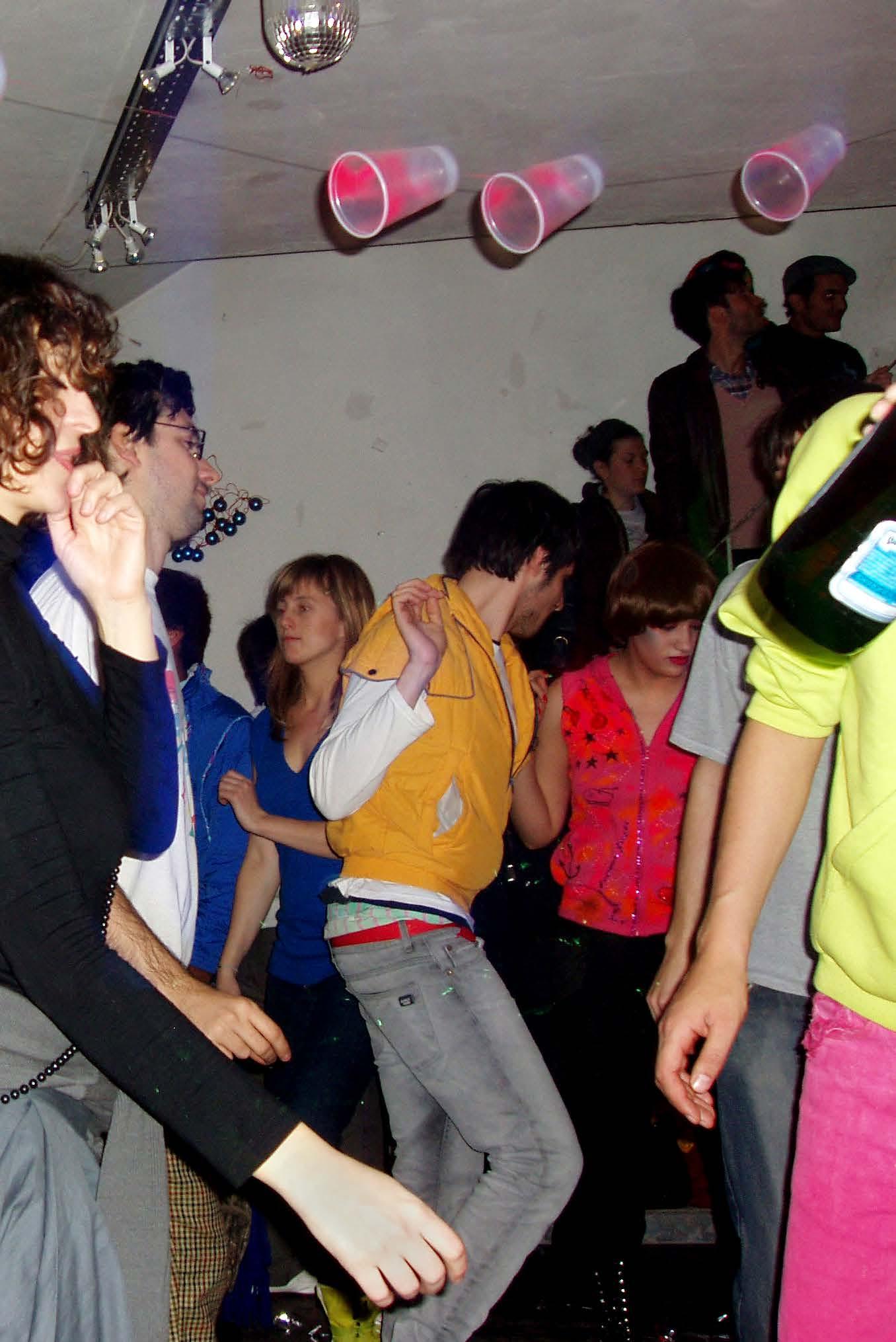 Dancing in the basement of Belleza y Felicidad, 2007
Dancing in the basement of Belleza y Felicidad, 2007

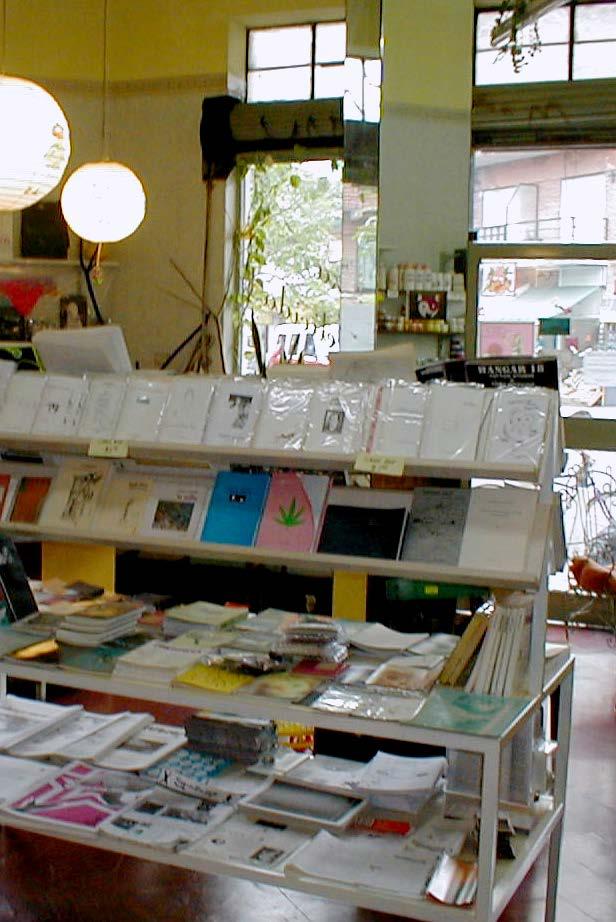
 Reading
Reading
Chris Kraus The collection of artworks that you and Rosario have assembled for this exhibition is eclectic but at the same time very coherent. Clearly, visual work is at the heart of what you do as an artist, although that fact can be easy to miss because your other activities are so diverse and compelling. So I’d like to start by talking about some of the works in the show. You’ve said elsewhere that the furry heart that appears in the notebook drawings is your avatar [PL. 56]. When did you start drawing them? Do you draw every day, or intermittently?
Fernanda Laguna I started drawing the furry hearts initially as a commission. After spending five years at art school “learning” to draw with straight lines and correct proportions, I’d stopped drawing for many years. Art school had taken away my spontaneity and replaced it with something more rigid and “serious”—what they called “sticking to the canon.” But when a friend got me a job illustrating children’s books for an American publisher, since I was broke, I started to draw. I didn’t have a particular style at that point, so I started making the drawings of furry things to loosen up my style and get back into drawing. That’s when I drew my first heart. It wasn’t so different from the kinds of hearts kids draw, with eyes and little arms and legs. I sent the publisher the sketches but the job didn’t work out. And so I stopped drawing for many more years. One day when I was sad (which isn’t uncommon for me) and staring facedown at the table, I drew a sad little furry heart with eyes and extremities. In that moment, I realized the heart was me. The furry heart drawing was transmitting my feelings. From then on, I started drawing myself at different times, in different moods— cheerful, sad, worried, happy, terrified. And then I added the setting, wherever I found myself—my house, the beach, a spa. And I started
drawing the people around me—my son, my partners, friends, etc. Sometimes I draw everyday. At other times, there will be big time gaps between drawings. Usually, when I’m not drawing, I’m writing. Writing occupies a similar place in my life, or in my artistic practice. It’s an external support, a way of thinking things through.
Actually the heart appears in a lot of these works, along with other recurring symbols—the big black cat, flowers and spiderwebs, the Spanish word for “emotion”… They’ve become part of a lexicon that moves across the exhibition.
I love painting things that are recognizable at first glance, so when people see, for instance, a black cat, they say “a black cat,” or after seeing a flower they say “a flower.” It’s like inviting the audience to name things as if they were reading, like with those laminated graphics in schools and universities where pictures appear beside words in an iconographic, instructional way. Maps, flora, and fauna. To name something out loud is a way of touching it lightly and trapping its essence. I recently made a sheet with animals stuck onto it. A tiger, a gorilla, a turtle, a monkey, a giraffe. In another older work, I stuck on a flower that doesn’t mean anything except for the fact it can be seen [PL. 27]. And in that process of being seen, it becomes an archaeological discovery. My work always involves trapping or discovering things—presenting things that have been found. The word “emotion” encompasses thousands of emotions, but it’s also just a word. I’d like the word “emotion” to speak for itself, just like that flower stuck onto paper.
You deliberately misspell the word as “emosión,” rather than “emoción” when it appears within the artwork. Does the misspelling bring us closer to the actual feeling?
I’m quite bad at spelling. But when I write that word, I write it as it comes to me. Emotions can’t be corrected, they’re a spontaneous fluid that grabs us by the waist and kisses us. When we speak, we do it without spelling mistakes and I write the way that I speak. But really, whether it’s spelled with an “s” or a “c,” the emotion is the same. It’s a whirlwind that undoes language and kidnaps us, and maybe my misspellings result from being in the primal and thrilling place of emotion. Now I’m left doubting myself, is it written with an “s” or a “c”?
I get that. It’s like a primitive phenomenology. At first glance the drawings are naive but they’re not naive at all. And also they’re often funny. Morir de emosión (To die of emotion, 2002) looks like a thirteen-year-old girl’s notebook or a bad tattoo [PL. 31]. But at the same time, it’s very powerful. Elements of your lexicon—the heart, the spider web, the word “emosión”—are recombined, and there’s a strong feeling of intentionality that makes this work completely different than the amateur graphics it initially looks like. And in Emocion (2001), the generic-ness of the flower, heart, and square somehow makes the atmosphere around them feel completely dreamlike. It’s like we’re grasping for our moorings with these simple shapes, but the disappearing ribbon-band of road is taking us someplace scarier and more mysterious: the distance between “I” and “You.” Throughout your career you’ve cultivated this notion that your writing and your visual work is the result of laziness, coincidence, or circumstance … which is paradoxical, of course, you’ve cultivated it. But really, I think to be an artist is to be an opportunist, in the best sense of the word. Do you agree?
Chris, what a beautiful summary! I want to be your friend, because that’s what it’s all about, transmitting emotional bonds. I make my work with an emotional energy that’s somewhere between limited and electrifying. The drawings arise from pure circumstance… mental dialogues that might otherwise be unbearable. I weave an affective universe of beings who love me, and who will represent me to others. It’s a form of diplomacy! I totally agree that art is opportunism of the heart. It’s like when someone is drunk and sends a message on WhatsApp without thinking. There’s an arrow in search of a heart that’s somewhat confused but full of desire. Even more than opportunism, I think that art is a mind-boggling scam. Art is a resource used by the weak, sold with the false promise of value. It’s a resource that can be used to climb over love, over the world. A great artist said once during a talk, “Everything I do, I do so that I will be loved.”
Many of my works challenge beauty. I want to liberate myself from its tyranny. I want to climb over beauty to something more free. I know it’s a word that doesn’t mean anything, but in order to have meaning it has to be trespassed, conquered, excised. Like freedom, beauty should be constructed in a thousand different ways. But both notions are also a prison. When I do something horrible or unpleasant, I feel like I’m being myself. I feel that, from that place,
I might be discovered like a pearl at the bottom of the sea. I want to be loved for who I am (I don’t even know who I am!).
It seems like there’s an opportunism behind your brilliant social projects, too. The satellite branch of Belleza y Felicidad in Fiorito, the Saturday gatherings and meals, all resulted from your chance meeting with a neighborhood resident, Isolina Silva, and then your friendship with her. Later, you described it as an attempt to bring the center to the periphery. The project feels inevitable, like an idea that was just waiting to be realized. But if you and Silva hadn’t met, it probably never would have been.
Yes, I met Isolina on the street. I stepped out on the sidewalk and decided to promise ten packs of spaghetti a month to the first person I met. And she was the person I met. We saw each other and loved each other forever. Two strangers, without any references. Fate wanted her to have a dining hall for 200 people! That’s how it all started. I love to use chance mechanisms to act upon life. I love to think, but my head is very abstract so I need to impose creative systems linked to action and fate upon myself. We started working at a time when many galleries in Buenos Aires were opening branches outside the center. Unstoppable jealousy made me want to do something about it! That’s how I decided to open a branch of my gallery in a totally different milieu … to go to a place that didn’t have any galleries. I opened, perhaps, the poorest gallery in the world, where art could resignify itself far away from the big, expensive white-cube galleries that are linked to the city’s art market. It was always a game. The art world didn’t know what we were doing. We were destined for success because success did not exist.
The exhibition spans more than three decades, and the work goes in many different directions, but at the same time, there’s a strong continuity: as if the individual pieces were all parts of a larger organism. Rosario has compared your drawings to Julie Becker’s (1972–2016), and I thought of Jon Pylypchuk (b. 1972), a Los Angeles artist who did this fantastic set of notebook collages when he was at art school in the mid-1990s and sold them for $25. Julie Becker’s drawings were often made by default, when she didn’t have the resources to mount a whole installation. And Jon Pylypchuk moved on to painting and sculpture, never really reprising these earlier works. I wonder if the continuity in your visual work is the result of the famous “amateurism” that’s often used to describe your whole enterprise: you’ve never
been forced to put all your eggs in the one basket of a gallery career. Is drawing a refuge?
I always feel like if I tried harder, I could do things better than the way I do them. But somewhere in my heart there’s a force that knocks me down and leads me back to something much more amateurish. It’s as if I suffer from an artistic depression that causes me to make things only for my own survival. Taking on a professional career would be like undertaking something more like cooking, which I hate. Recently, I made some works that are unframed canvases with pockets and envelopes with hidden messages kept inside of paper envelopes. Why did I make them if they’re impossible to exhibit? I can’t stop making them, and above all, accumulating them. It’s like a compulsion to hide myself. Exhibitions always seem strange to me. I’m very used to keeping everything inside of boxes because I think my works look better that way.
One of the earliest works in the show, Abstracción escalinata (Stair abstraction, 1998), features a heart at the top of the painting alongside the word “sad,” and another heart in the bottom corner [PL. 14]. It’s funny that you use the word “abstraction” in the title, because the painting looks a little bit like Paul Klee or another modernist master. It’s as if you were feminizing or queering the heroic avant-garde of the early twentieth century. Where were you when you made this painting? How old? What did you think you were doing?
It could be that I see artworks as cardstock cut-out figures, the kind I used to buy from stationery stores. Each one was shiny and printed with different illustrations. They came connected to the other, and I’d pull them apart and throw them up in the air to compete, or to play heads or tails. I always dreamed of building a collection that would cover Surrealism, Abstraction, Informalism, Cubism, etc., with my own works. Once I found everything I was looking for in a book of love hotel paintings! Which is to say, I was inspired by the classics as copied by amateur artists. I was twentyseven years old, and in a very crazy and sad moment, when I made Abstracción escalinata. At home, I was trying to encapsulate all of my sadness within the word “sad.” And then, climbing up a staircase to a place that was already happy, toward a pillow-heart. To me, the border between good and bad is a fascinating place and it’s irrepressible. I truly believe that my artwork is not good, that it’s
35
insignificant. One day, I think, people will realize it … But I won’t care, because my stuff will be there like the molted, abandoned skin of a rattlesnake.
No, not at all. Or maybe yes. During my adolescence I was absolutely consumed by Catholic spirituality. I was a fan of the Virgin Mary and Saint Teresita. I talked to them for hours and even saw them move. I loved their real bodies made of plaster, since a virgin’s body is made of gesso and Jesus’s body, the communion wafer, is a piece of a tasteless cookie. The statues are mostly made of plaster, and they’re sold in religious accessory shops. I have a statue in my house. I would see them at church but I also had them at home. I connected with religious objects easily and intuitively, which I think is where my art comes from. These inanimate objects that poof! come out of my body and are converted into a cloth body. That mystery of whether there’s anything more to art or not. Or whether artworks encapsulate life and transcend time. Luckily, I eventually moved away from religion and realized I’d been brainwashed. Afterwards I took my revenge with art.
Cecilia Pavón wrote somewhere about how she grew up believing that “art” consisted of the heavy coffee table books of Kandinsky and Klee and other early avant-garde masters, and she was shocked, in a good way, at age twelve when she saw a Keith Haring postcard because it looked to her more like how things looked, what she saw everyday. Did you also grow up with the idea that important visual art was something that occurred in Europe at the start of the twentieth century?
I never cared much about art until I started studying visual art. I went to art school because I wanted to be a hippie, and I wanted to meet cool people since I was coming from a very oppressive school. That’s how I discovered art, looking at the artworks that my peers made, student reinterpretations of classic paintings. I also looked at art publications. I liked, above all, religious paintings, the ones with gold backgrounds and miniature baby Jesuses. They bewildered me. I had a collection of communion stamps, and I was fascinated by everything miniature, since these things were so small that one had to go inside it to see it well. My whole body would become small, practically invisible, and that gave me an enormous sense of security.
Not long ago, I went to the art school and received a lot of love. I told them I enrolled in that school because I was a virgin and Catholic and I wanted to stop being both of those things. I signed up to leave those two things behind. And I did it! But I think that they liked what I made. It’s crazy, but the part of my practice that, I think, ensures its success is my militancy in underserved neighborhoods. If I didn’t do that, my work would be read very differently. I don’t like that, I don’t like that my work is now seen as serious because I have a social practice. I’m not interested in being accepted by the art world; I’m not even interested in having my works last forever. I want to meet people who love me as I am, people who know me, who will send me an emoji heart on Instagram. In my novels, I changed my name in order to not prejudice those who believe in my art world achievements. I write pulp novels. I don’t want to be a great writer, I want to reach the hearts of teens and lesbians, and have them write me messages.
I’ve read that you were involved with the Rojas Cultural Center Gallery in the early 1990s. What was that like? How long were you there?
When I was twenty-one I was selected to exhibit there. The gallery was a hallway at the public university where the craziest artworks from Buenos Aires were exhibited. The curator there, Jorge Gumier Maier, saw my portfolio and wondered if it was made by a crazy old lady or a teenager. So when a show that they had planned fell through a month later, I had my show. It was beautiful. I did not really understand what I had painted. I just followed my exboyfriend’s advice about continuing on the heart’s path: painting without thinking, without inventing anything.
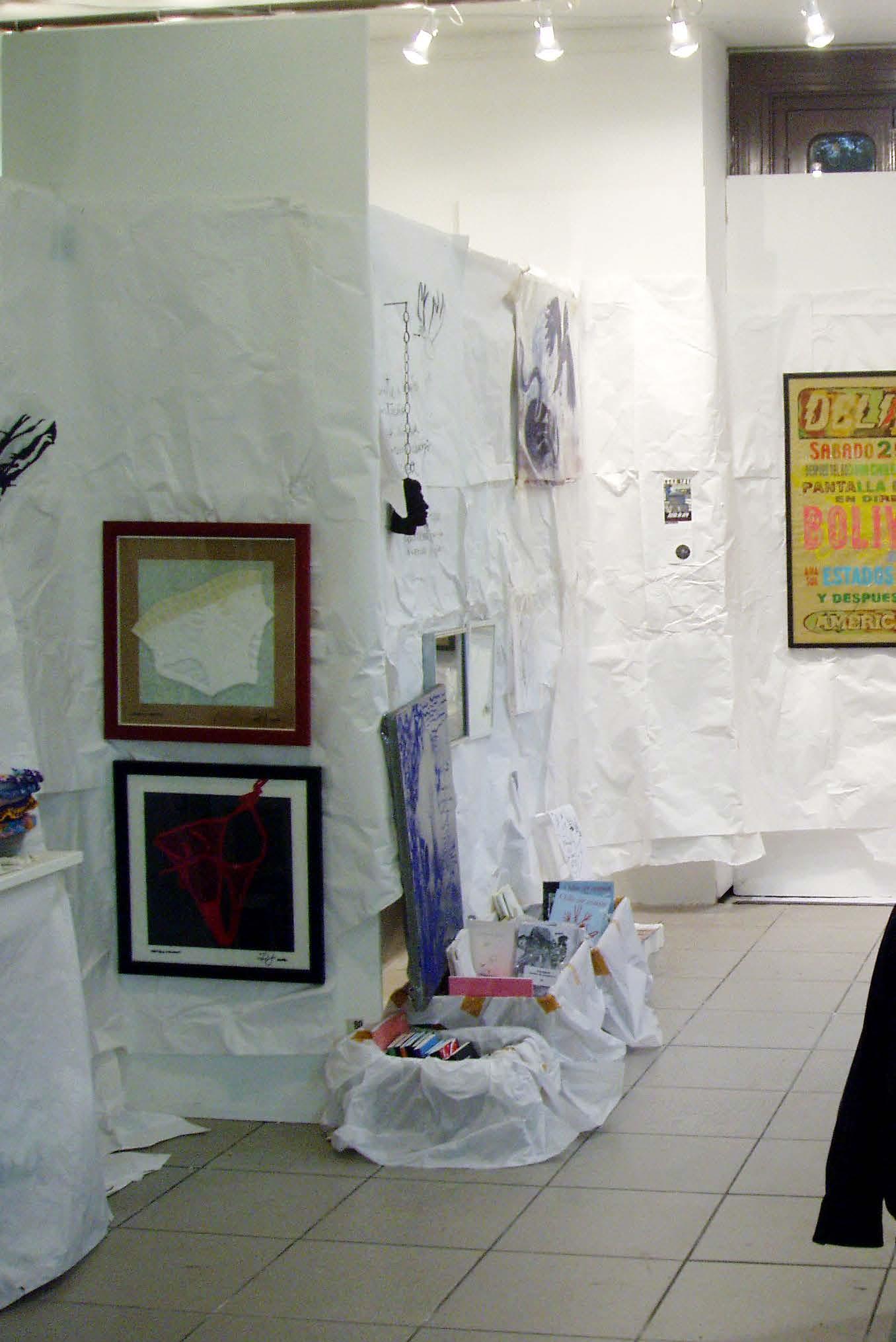
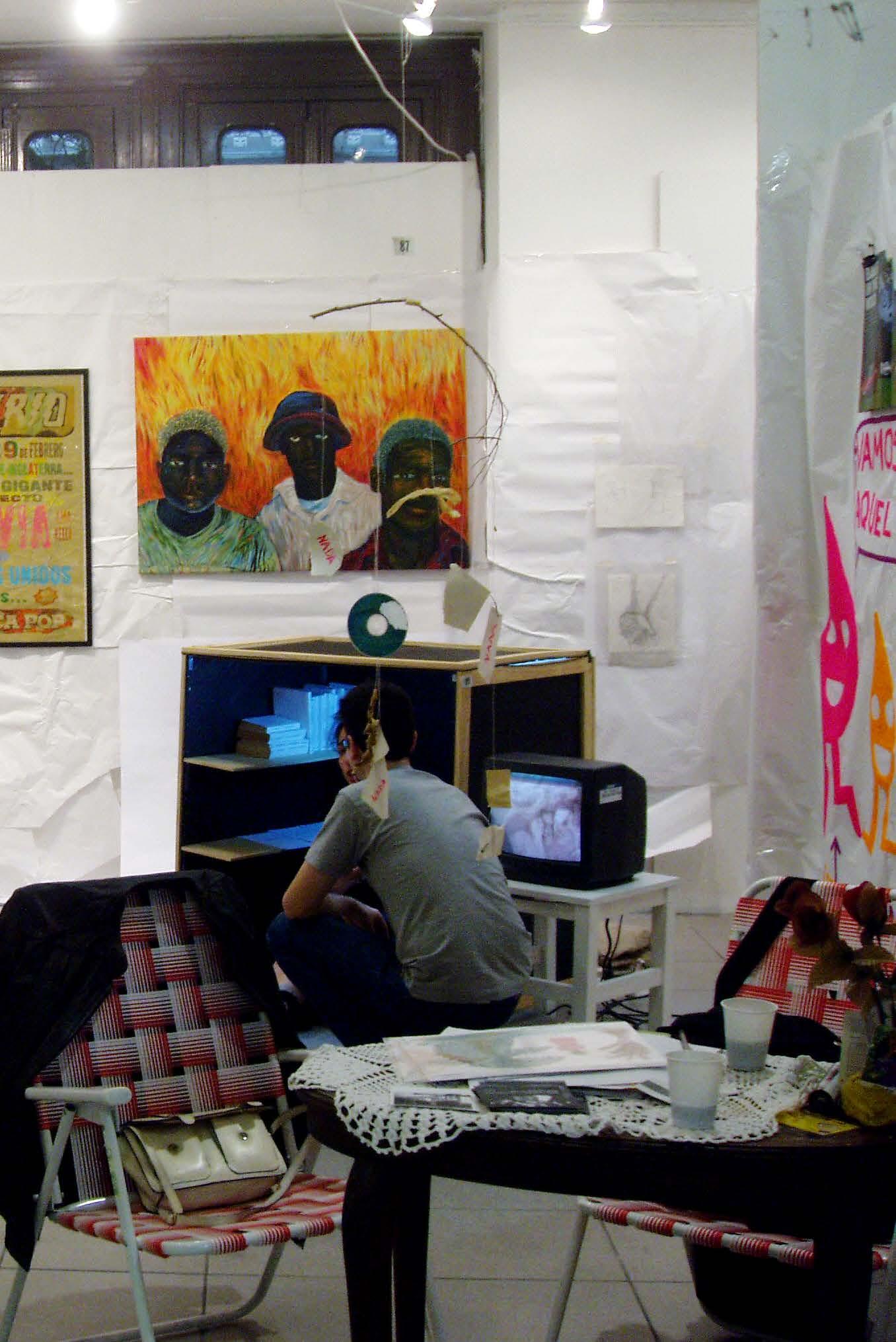

 Belleza y Felicidad at Periférica independent art fair, Borges Cultural Center, Buenos Aires, 2006
Belleza y Felicidad at Periférica independent art fair, Borges Cultural Center, Buenos Aires, 2006
Fernanda Laguna is a multitasking, multimedia artist who is also a writer, a curator, an editor, a gallerist, and an activist. Her unique work, driven by an experimental politics of desire, puts her at the frontline of a feminist avant-garde that is transforming the field of art in Argentina and Latin America. In an ongoing search for beauty and happiness, Laguna’s work aims to make unprecedented connections and contact zones between art and life.
Beginning in the mid 1990s, when she first emerged as an artist, Laguna’s work has explored the revolutionary potential of female desire and madness as forms of desubjectivization—a micropolitical response to her historical conditions: the crisis of the second wave of neoliberalism in Argentina and the local emergence of queer politics. The subject of her work, both as an artist and a writer, is not only desire but also the radical possibilities of art that comes from poverty: what can be done with desire and very little else, and what can intervene in the political historical context from a subjective perspective, considering the subjective not as individual but as collective.
Laguna’s work expresses and fosters a micropolitical revolution as a collective experience. Her individual work as an artist and a writer always expands itself into a collective, spatial endeavor in the form of the numerous art spaces/galleries/shops she has founded not only for herself, but for a community in a permanent process of self-creation. Both her work and her artistic persona radiate a desire for transformation and for the creation of what doesn’t yet exist; this resonates with her fellow artists’ and audience’s own desire for a better life. This connection of desire, through which she encourages others to become artists and co-creators of new lifestyles, is a technology of friendship that makes her creative drive
become collective, thus creating territories (the spaces between bodies) for artistic experimentation with life. The ultimate goal of the holistic Laguna experience is to live life as a work of art and to bring the promise of art—beauty and happiness—into life. Hers is the art of living artistically.
Laguna inaugurated her artistic career with two solo exhibitions of artworks and objects at the Rojas Cultural Center Gallery at the University of Buenos Aires in 1994 and 1995. At the peak of neoliberalism and the AIDS crisis, the Rojas Gallery—a small hallway space—was directed by visual artist Jorge Gumier Maier. Through Gumier Maier’s curatorial method (which he called the “Tao of Art”), he turned the underfunded gallery into a place devoted to what we can call “minoritarian art”: an art of everyday life and of tiny objects; an exploration of the beauty of small, inexpensive things made by women and queer individuals; a kind of art that reflects on the domestic universe of feminized bodies; an art turned inward, opposite from the professional expectations and monumental aspects of the international art world of the time. When Gumier Maier received Laguna’s portfolio submission, he was so moved that he offered her a show immediately. In his curatorial text for that first exhibition, he describes the founding gesture of Laguna’s aesthetic (and quotes her): “She looks at something beautiful and falls in love... polishes it, fixes it and gives it splendor. ‘I see mine as a naked art, because in reality they have nothing, nothing more than what it is.’ It preserves and restores charm to the object, a primal quality, almost a status of innocence. ‘What I do is what I see... and I let that image overcome me. I am not interested in universal themes, only in mine. I copy things as I would have liked to have seen them.’”1
Against the tyranny of good taste as a class-based form of perception, Laguna’s view of the world turns things into art through a process of finding them and making them beautiful according to her own preferences—a taste defined by a loving gaze. Perhaps the most original aspect of her art is her distinct sense of beauty— a beauty that can be readily found in the world or shaped through artistic procedures. Laguna’s ability to create beauty relates to this particular gaze and projects an exquisite delicacy with “low” materials: the detritus of pop culture, retro stickers, and images of
1 Jorge Gumier Maier, “Fernanda Laguna,” in Fernanda Laguna, Amor Total. Los 90 y el camino del corazón (Total Love. The 90s and the path of the heart) (Rosario: Ivan Rosado, 2020), 32. My translation.
pop stars (Christian Castro, Luis Miguel, Madonna) depicted as close friends were the elements of her first exhibition and are a constant in her production. One striking work from that time is a poster board sign that reads: Bienvenidos a la casa de Madonna y mía (Welcome to the house of Madonna and me), announcing her artistic project as one committed to the creation of artistic territories within everyday life. Her art is her house (as well as Madonna’s) and a space for the audience to indulge in beauty and happiness.
I
Significantly, Belleza y Felicidad (Beauty and Happiness) was the name of Laguna’s first affordable art gallery, gift shop, dollar store, stationery shop, and publishing house [FIGS. 1, 2]. Co-founded with her friend, the writer Cecilia Pavón, ByF was a space unlike any other and ushered in new ideas about art and literature, transforming the artistic and literary scene in Latin America forever.
Inaugurated in 1999 in a humble corner of Buenos Aires, ByF was originally an art supply shop geared to fine art students at the nearby art school. With the proceeds from the shop’s sales, Pavón and Laguna aimed to fund their publishing house, founded a year before, and their art gallery project. Their idea was to create a space where young women and queer artists and writers could show and publish their work, as there were no galleries or publishing opportunities for emerging artists like themselves. The mainstream market was dominated by straight men and well-known authors,
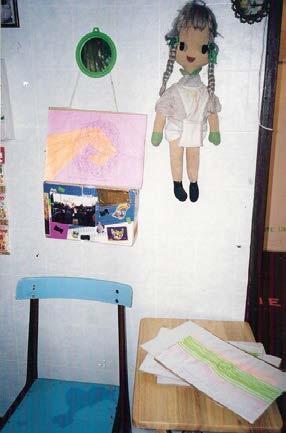
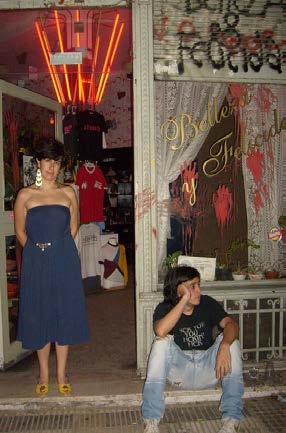
and once the Rojas Gallery closed, there was no place for queer artistic experimentation. ByF, and Laguna’s own work, took the founding principles of the Rojas and expanded them into a new decade. They radicalized the material conditions as well as the everyday life artistic practices that were the trademark of the Rojas while solidifying the political friendship between women and queer individuals.
The political alliance between women and the queer community began in the 1970s in Argentina with what was called the “politics of the locas ”—the foundation of what is now the LGBTQ+ movement. Central to Latin American feminized identities and our politics of desire, the category of the locas (the literal translation is “madwomen”) refers to all the feminized bodies that revolt against patriarchy. The term loca originally came from tango slang and was applied to women who exercised their sexual autonomy (similarly to the word “slut”), and then to those who identified as gay and queer. Because this umbrella derogatory term was used, a process of mutual empathy and political friendship arose among the maligned. Bridges were built between groups with different identities in order to put forward one political front— a strategy for both survival and inspiration.
Belleza y Felicidad was an oasis for the locas in a desert of hostile masculinity, and served as a launch pad for a new generation of locas artists, writers, activists, and intellectuals, which in turn nurtured the emergence of a local queer politics in the early 2000s and, later, the feminist revolution starting in 2015. Particularly, ByF fostered the expansion and radicalization of a zone of postautonomous2 queer literature and art and a political language that we call “the tongues of the locas.”3 The tongues of the locas is a critical notion established collectively by queer feminist writers and activists (including Fernanda Laguna and myself) that considers the connection between the politics of desire and writing
2 Post-autonomy is a conceptual tool developed by Argentine critic Josefina Ludmer to address the effects of digital technology in contemporary literature in terms of its exit from an autonomous sphere and its connection with other social practices. Josefina Ludmer, “After Literature,” Mitos Magazín, September 26, 2018, http://www.mitosmag.com/infideles/2018/9/26/postautonomousliteratures.
3 Cecilia Palmeiro, “The Tongues of the Locas: The Radical Art of Poverty and the Feminist Avant-Garde,” Third Text 34, no. 1 (2020), https://www.tandfonline. com/doi/full/10.1080/09528822.2020.1726624.
as a radical act. The term refers to a poetic, street language that transcends and challenges the limits of literature and art to reach other transformative social practices. It is the language of queer activism and of queer art—the code of rupture but also of belonging. As Laguna declared in an interview: “It was all about finding that queer textuality traversing the borders of literature. The poetics of the locas can be found in gossips at the hairdresser’s, in Nestor Perlongher’s poems, in the complicity of girlfriends when disparaging someone. It is the tongue of all of us who have been categorized as madwomen (locas): women, sluts, fags, dykes, trans, queers, bitches. It is the danger of femininity, the margins of patriarchy. It is common code, password of an alliance of resistance. The oral tongue that survived in secret in hairdressers, kitchens and clubs’ toilets (spaces of confinement and secrecy but also historic barricades of sorority, of intimacy between women) was now turned into literature as a form of archive.”4
In order to imagine the future of Argentine literature and art, Laguna and Pavón first created the publishing house Belleza y Felicidad, which offered literature as an affordable commodity, and later the art gallery, which made space for that which was not recognized as art in the professional sense of the term. By giving a place to art without a market, they slowly created such a market in the style of the craft fair (at which Laguna loves to sell her wares). Their curatorial criterion had much more to do with the communitarian effect of art (relational art) than with inherited notions of value and quality—the latter being concepts that the practices of ByF revealed as patriarchal tools used to silence feminized voices in literary and art history. The catalogs of the publishing house and art gallery pointed to “beyond art” as a social experiment, questioning the traditional notions of artistic autonomy, specificity, and the social function and role of the artist. Even without forming a homogeneous group with explicit programs and manifestos in the style of historic avant-gardes, the generation of artists and writers launched by ByF did have a common practice: they made things together, in an immediate manner, and with a queer attitude that exalted the critical value of difference.
4 Fernanda Laguna, Jorge Luis Peralta, and Cecilia Palmeiro, “Las lenguas locas del arte: entrevista a Fernanda Laguna y Cecilia Palmeiro,” in Miriam Chiani, ed., Conversaciones sobre literatura argentina (La Plata: Editorial de la Universidad Nacional de La Plata, 2021), 241–42. Author’s translation.
ByF experimented with a whole new form of labor organization and “production line.” Indeed, the production technique is the key to understanding the ByF experiment. The poetics of the ByF chapbooks were determined by the speed and low cost of their photocopied reproduction, which allowed for the immediate publication of anything (sometimes the contents were only one poem or one short story) and also an organic connection between writing, producing, and selling the book, which could all happen in a single day. The immediacy between literature and life that emerged as an effect of the production technique turned boundaries into zones of contact, friction, and caress.
When other galleries and publishing houses began using the ByF model and style, and started incorporating authors and artists from ByF, it faded away in two steps. In 2006, it stopped operating as a gallery, and in 2007, the store closed. Its closing did not mark the end of an era, but rather the expansion of a field of artistic experimentation and pollination. ByF was founded with the intention of establishing a space for aesthetic and political experimentation with the potential connections between art and life. This experience and its posthumous resonance created the conditions for the emergence of what I call a feminist avant-garde, a particular form of exit of the creative imagination from the realm of art and its reapplication to the construction of new ways of life and community building.
With a similar aim of reappropriating the forces of creation, in 2003 Laguna opened a branch of ByF in Villa Fiorito, one of the most impoverished neighborhoods in the outskirts of Buenos Aires, thus establishing one of the poorest galleries in the world [FIGS. 3–5]. Her impulse was to bring momentum to a concrete territory where the economic crisis hit the hardest and where a social transformation was most urgently needed. First as a comedor (soup kitchen) and an art workshop for children, and since 2016 as the home of the feminist group and cooperative Ni Una Menos Fiorito, the ByF project has put into practice different experiments of cultural expansion, micropolitical transformation, subjective mutation, creative education, feminist healthcare, fashion, beauty, and social organizing. In Laguna’s own words: “ByF opened up a field of expression as a pandora box from which all sorts of locas emerged.”5
5 Laguna, Peralta, and Palmeiro, “Las lenguas locas del arte,” 239. My translation.
FIG. 3 Arte_lin exhibition, Belleza y Felicidad Fiorito, 2021
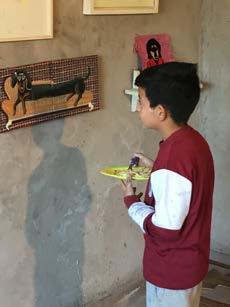
FIG. 4 Fiorito is on the banks of the Matanza River (Riachuelo), one of the most polluted rivers in the world.
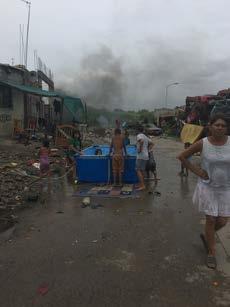
FIG. 5 Art workshop, Belleza y Felicidad Fiorito, 2021
Parallel to the ByF project, Laguna was one of the founders of Eloisa Cartonera, an anti-capitalist pirate publisher that produced books with handmade, recycled-cardboard covers (making each book an original work of art). They featured new texts as well as cult classics of the locas, the latter usually uprooted from their copyright holders. Both ByF and Eloisa Cartonera used the possibilities presented by low-cost publishing to bring the tongues of the locas into the literary sphere as queer trash literature, and, through their literary experimentation, allowed for the expansion, intensification, and radicalization of these writings. The first publications of Eloisa Cartonera were two novellas dedicated to Laguna’s persona: Laguna’s own futuristic sci-fi diary Durazno Reverdeciente (Evergreen Peach) and Fer by Washington Cucurto, editor of Eloisa, an homage to Fernanda as a leader in a microrevolution that fictionalized the 2001–02 revolts in Argentina. Also in that same year, César Aira, the most famous living Argentine writer, wrote his own homage to Laguna in a satirical autobiography Yo era una chica moderna (I was a modern girl). In 2004, Cecilia Pavón added to this constellation her satirical short story “Durazno Reverdeciente II,” a fake fan-fiction sequel to the original. This group of publications reflects the issues of the moment: identity as something mutable; queerness and madness as subjective rebellion; and the politics of desire and its relationship to literature. This literary output is complemented by Laguna’s own prolific writing. Under the pseudonym of Dalia Rosetti, she has published numerous novellas and novels, most of them featuring the main character Dalia Rosetti
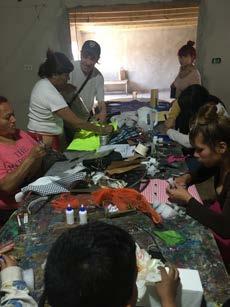
and detailing dramas related to her queer sexual identity, her hilarious madness, and constant search for love in all its forms. Laguna’s fun, intimate writing explores the contradictions of female trouble in a series of wild adventures propelled by an insatiable lesbian sex drive. Laguna has also authored collections of poetry and essays on art, as well as two artist books.
Part of ByF was reincarnated in Tu Rito (Your Ritual), a space Laguna opened in 2010 [FIG. 6]. Tu Rito was not a gallery nor a
publishing house, but rather a space for collective experiences or rituals. It was a tiny space, closer to a shanty house than to an artsy store, stuffed with small crafts, sorcery objects, and tools for magic. At the beginning, there was no door, nothing for sale, and the place was managed by a collective of artists who conducted experimental meetings, rituals, presentations, lectures, unconventional art shows, book launches, but mostly parties. Since the space was open, anybody could enter and do whatever they wanted—even stealing works or installing new ones. Tu Rito was the antithesis, or perhaps the antidote, to the commodification of art and the privatization of public spaces. It aimed to eliminate the work of art as the medium for the artistic experience and to that end, produced aesthetic experiences that skipped the mediation of the work and especially the mediation of the market. It became a space for the creation and the development of a collective subjectivity as a radical form of relational art. In mid-2012, Tu Rito closed with a tiny party at which only six guests dressed as animals danced to radio music for a half an hour.
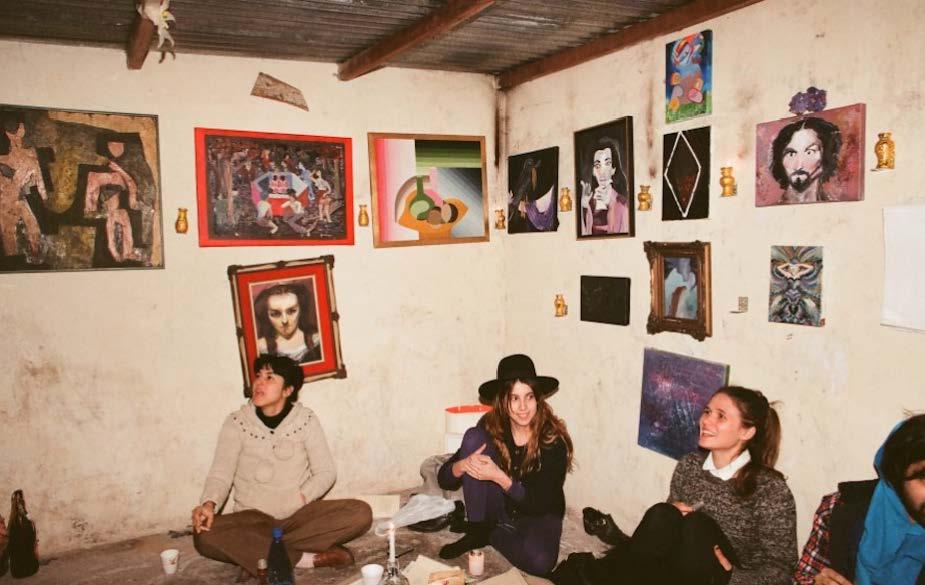
FIG. 7 Agatha Costure, 2013
FIG. 8 Fashion show by underground artist and decorator
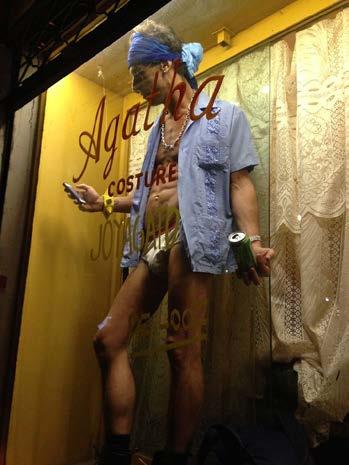
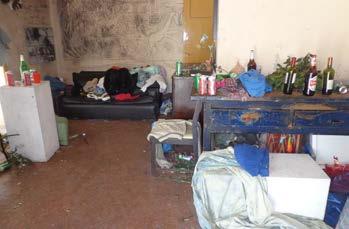
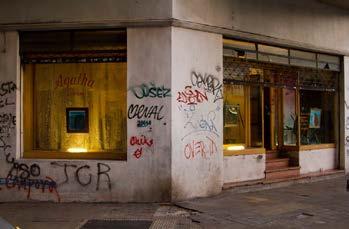
Sergio de Loof, Agatha Costure, 2015
FIG. 9 After an event, Agatha Costure, 2015
In 2013, Laguna opened Agatha Costure with the aim of recreating the spirit of Tu Rito [FIGS. 7–9]. Located in a former bridal shop, Agatha Costure kept the original name of the venue, written in golden letters on the window—a sort of camp readymade in a mix of languages typical of the peripheral perceptions of the first-world, first-class allure of the language of high fashion. Instead of “couture,” the misspelled “costure” seemed much more appropriate. Agatha Costure explored fashion and styling as forms of bringing art to life. Laguna’s idea was that Agatha would operate more like an artist’s workshop than a gallery. As a result, it was all about the creative process and not the work of art. Laguna also inaugurated her fashion accessories brand, El Universo, with peculiar objects she picked and resold at low prices determined entirely by chance. After three years of fashion shows, poetry readings, and radical work-in-progress art exhibits, Agatha quietly closed its doors.
The spirit of El Universo evolved into an open workshop in a tiny, cold garage space. Inaugurated in 2016, El Universo (the space) is Laguna’s own cabinet of curiosities, an installation of the possible connections between things and forces [FIG. 10–12]. The room is stuffed with all sorts of unconventional objects in which Laguna finds a particular form of beauty. The items are displayed as part of an installation in which they are mixed with works of art and crafts—everything presented at the same level. El Universo expanded
FIGS. 10–12 El Universo, 2019–20. As Laguna explains: “El Universo is an arte_lin space where I keep all the things I think are part of the universe: dead insects, trinkets, stuffed animals, semen, dry leaves, sand, soil, and many others.”

at its original venue in order to found El Altillo Dorado (The Golden Attic), a short-lived space for underground theater and performance co-founded with artists Rosario Zorraquín and Florencia Rodríguez Giles. In the same building and in partnership with artist and curator Santiago Villanueva, Laguna created Spazio 2019, a project meant to last only for the year in absolute, radical contemporaneity to promote outsider, borderline freak queer art. In 2020, in the
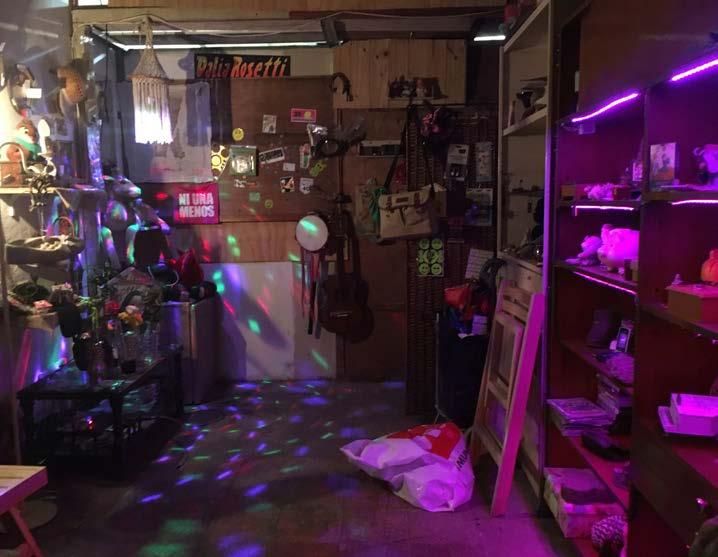
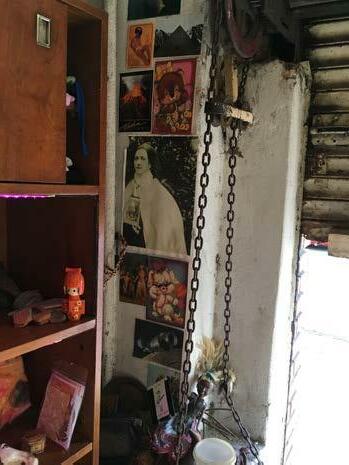
midst of the COVID pandemic, Laguna founded Para vos… Norma Mía, a small, neat, white art gallery, bookstore, and fashion shop with its own clothing brand [FIGS. 13–15]. Norma promotes the work of very young, unknown experimental artists, many from the marginalized communities that were made even more precarious by the pandemic.
FIG. 13 Items for sale at Para vos… Norma Mía, 2021
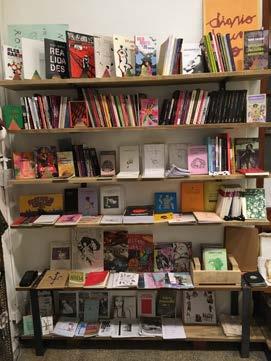
FIG. 14 Popular Noise, a music event open to the public, Para vos… Norma Mía, 2021
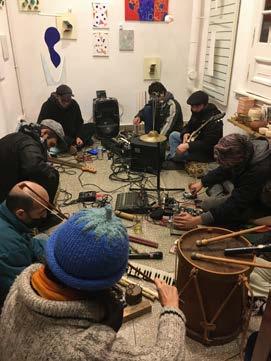
FIG. 15 An operetta at Para vos… Norma Mía, 2020
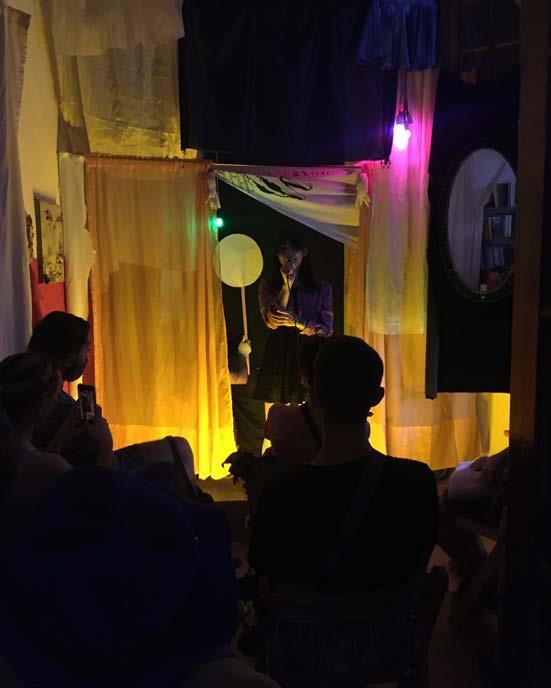
FIGS 16–17 Agatas del amanecer, 2022. The kiosk, co-founded with the young poet Mayra Giménez in 2021, sells handmade poetry editions and other products in Villa Jardín, Buenos Aires.


All these experiments of territorialization of the aesthetics of the locas—linking literature, art, and life—created the conditions for the outbreak of the tongues of the locas that escalated to the emergence of the feminist tide with the foundation in 2015 of the Ni Una Menos movement, of which Laguna is part. As an active, prominent member of the Ni Una Menos collective, Laguna has participated in and fostered the collective creation of slogans, images, and the conceptualization, promotion, and organization of direct actions and a wide array of aesthetic-political “artefacts” (feminist post-artistic productions of music, videos, banners, paintings, installations, etc.). Laguna and I are now devoted to the herstory research project and living activist archive High on the Tide: Diary of a Feminist Revolution (Mareadas en la marea: diario íntimo de una revolución feminista), part of which is included in the exhibition at The Drawing Center.6 This facet of the project consists of a playful arrangement of fragments that are meaningful to our experience as two girlfriends who are dizzyingly high (as if on the best drug) on a micropolitical revolution, a subjective transformation through an active politics of desire. Through this process, we stop being victims and become
6 High on the Tide has been shown at Nora Fisch Gallery (Buenos Aires, 2017); the National University of General Sarmiento (UNGS, 2018); Campoli-Presti Gallery (London, 2018); Virginia Commonwealth University Institute of Contemporary Art (VCU ICA, 2020); and at the National Museum of the Spanish Language (2020, 2021).
protagonists of social change. This is an archive of the application of creative forces, now emancipated from the aesthetic field, for the construction of the world we want to live in.
Fernanda Laguna’s idea-force was: to inaugurate a subjective field of creative experimentation as a micropolitical inquiry into other possible ways of life; to create countercultural communities and to give expression to collective desire; to radicalize the collective imagination through fueling the madness of the tongues of the locas; to deploy a modified apparatus of production ready for the transformation of artistic practices in a plebeian sense (to put up and lay bare literature and art as something economically accessible enough that anyone can become a writer or an artist). Powerful forces of social transformation emerge from this creative training of the tongues of the locas; these forces have fueled the queer politics of the early 2000s in Argentina, and have also paved the way for the emergence and development of the Ni Una Menos movement and the Global Feminist Tide.
As if she was already scheming the next twenty years of queer feminist politics, Laguna’s prophetic voice echoes from the 1990s:
-Welcome darling! This is the future. -I am happy to get here.7
7 Fernanda Laguna, untitled poem (1994–95), in Fernanda Laguna, La princesa de mis sueños (My dream princess) (Rosario: Ivan Rosado, 2018).
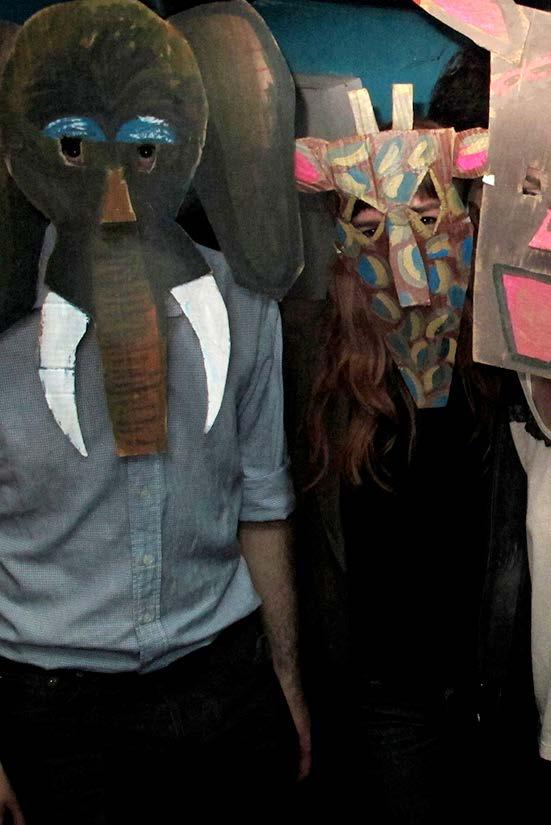
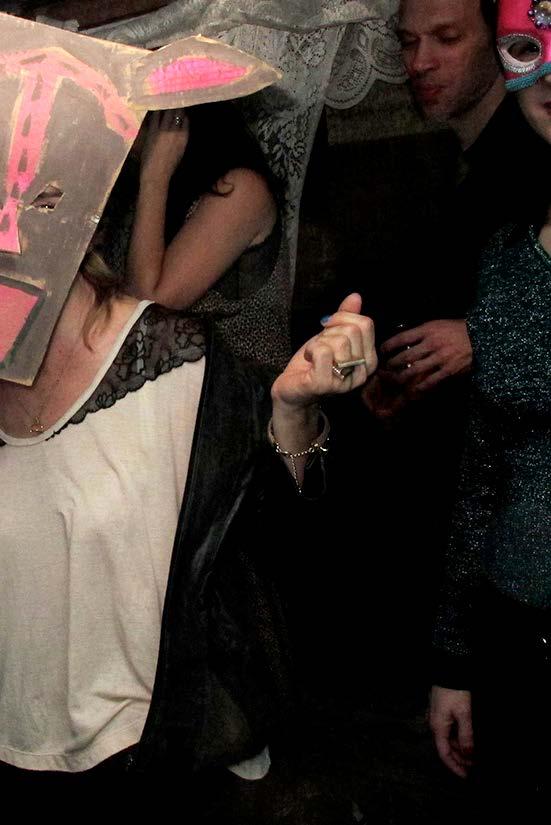
After declaring independence from Spain in 1816, Argentina eagerly opened itself to foreign trade. To help finance its incipient nationhood the country sold bonds to London, fluidly transitioning from colonialism to post-colonialism. When the Bank of England raised interest rates, Argentina defaulted on its sovereign debt in 1827.
Fernanda Laguna was born in 1972 in the Buenos Aires exurb of Hurlingham, founded in 1888 by the Anglo-Argie community that resulted from the British merchant Barings Bank heavy investment in railroads converging on the capital city port to efficiently transport commodities bound for Europe. Two years after the Hurlingham Club and township were established, in 1890, a commodities bubble burst, bringing down President Juárez Celman in the debt default that ensued.
By the late 1980s—about a century later—Laguna, a vociferously self-declared bisexual person, finished her strict Catholic education, while Argentina had already defaulted six times, trapped in an entropic extractivism/debt cycle mis-administered by an oligarchy and military dictatorships alternating power with corrupt populists who were complicit with both. Suffice to say, various governments successfully pleaded with the International Monetary Fund for “rescue” packages (i.e., more debt) twenty-one times.
In 1999 Laguna co-founded with poet Cecilia Pavón her mythic signature project, an influential art gallery and cultural center called Belleza y Felicidad (Beauty and Happiness). In 2001 a brutal recession entered its fourth year, and Argentines rioted in the streets, banging pots to the rallying cry, “All of them must go!” The country had five presidents in two weeks, all while declaring
what was at the time the largest default in history, the eighth of its nine to date. About a hundred years prior Argentina was the fourth richest country in the world due to its prodigious agricultural output; since then, the country has changed currency five times and has suffered an average annual inflation rate of 105%. Today about forty percent of the population lives below the poverty line, while most of the grains produced by Argentina’s vast and fertile land—which has barely changed hands since the foundation of the Republic— are advantageously sold to China’s voracity.
All of Laguna’s life and activities developed during an acceleration of these dizzyingly catastrophic numbers that tell the story of an epic societal failure and corresponding human misery. Her unabashedly optimistic practices respond to extremely adversarial social conditions. As somebody who grew up after the disappointments and failures of the 1970s revolutionary militancy, with its insistence on a radical utopian future, Laguna deploys an ethics of altruism in a contingent relationship to the present. She calls this “The Path of the Heart.” The Path of the Heart manifests itself in communitarian projects that seamlessly mix the poor with the literati, autonomous paintings, poetry, pedagogy embodied as art workshops free and for all, and publishing. This fertile heterogeneity opposes the traditional political economy, the code, the system, closed meanings, measurable outcomes; and instead is predicated on potlatch, seduction, generosity, emotional expenditure, sincerity, and togetherness.
The Path of the Heart is decidedly an epistemology of the Global South. Portuguese thinker Boaventura de Sousa Santos establishes the distinction between scientific knowledge and artisanal knowledge in relationship to mutual lived experience, the latter knowledge being a typically horizontal Southern episteme: “From the point of view of the epistemologies of the South, the vicariously lived experience is relevant to the extent that it forms the basis for an active solidarity with social groups fighting oppression. Such solidarity may be exerted by individuals or social groups that do not feel themselves to be the direct victims of oppression (for example, the rearguard intellectual, the postabyssal researcher) or that are not victims of the specific form of oppression undergone by the social groups with which they show solidarity (for example, the solidarity of urban or LGBT women towards peasants or indigenous peoples). The form of solidarity that involves sharing struggles and, therefore, risks is genuine only when it is based on experiences that are lived
with authenticity.”1 Authenticity is the central feature of Laguna’s Path of the Heart.
I want to dispel any notion of naivete regarding Laguna and her way and practices. Authenticity, sincerity, and joy are articulated by a critical system that exposes its own contradictions as productive. Her medium is contingency, and that leads to precision, not new-age vagueness. To that end, I will focus on an artwork that Laguna contributed to Beginning with a Bang! From Confrontation to Intimacy: An Exhibition of Argentine Artists 1960–2007, held at the Americas Society in New York City in 2007 and curated by Victoria Noorthoorn. The curatorial premise hinged on contrasting the revolutionary attitudes of the 1960s generation with the supposedly inward-looking position of the post-1990s artists—preemptively diffusing the contestatory or socially-engaged edge of the younger group. Laguna responded with a letter, which has conditions of circulation: every “receiver” gets a “new” copy, consisting of a photo of the printed version (I got one to write this). The requisite already challenges the premise, as the intimacy of the “personal” letter contrasts with part of its incendiary content and its public manifestolike quality.
As a manifesto, the letter expresses the conditions of art and life that Laguna delineates as viable; but the letter, which takes great pains to state that it is not an artwork (obviously being nothing but) also includes a poem, again simultaneously subverting and fulfilling the circuit of demand and compliance between curator, institution, and artist: “Here is the poem I promised you: The Artwork. But I would like The Artwork to only exist as such within the context of the artwork I didn’t do, which is this letter. This poem is a magic poem.” This clever game of mirrors functions as a detailed handbook for the exchangeability of disciplinary roles and modes (the poetic, the theoretic, the artistic, the programmatic). The poem is of course not lyrical but a condensed version of the manifesto that the letter is, a rigorous list of attitudes and conditions in relationship to an “I.” All appears to be good and fine as a third generation Duchampian play; but everything is qualified by the ungovernable element and valence of “the magical.” This “magical” has no connection with the stereotypical, for export, and domesticated idea of South American “magical realism” but should instead be
1 Boaventura de Sousa Santos, The End of the Cognitive Empire (Duke University Press, 2018), 81.
read against the grain of the logic of economic contingency and emergency established earlier. Among the reasons Laguna gave to participate in the exhibit was that she “could use the production money just to have money, and also to be able to do things at our Fiorito Art Center. In Buenos Aires $1200 US Dollars is equivalent to $3600 Pesos. Three times and a little more.”2
The letter also contains two entwined mini-essays, which in turn would merit essays about them on their own. One is about Argentine art and the relationship between 1960s mainstays Alberto Greco and Pablo Suárez and the present. Here Laguna directly usurps the curatorial premise, fulfills it, and objects to it, proposing instead an implicit continuity between her work and theirs. Connected to and derived from this essay, Laguna deals secondly with the challenge that every Third World artist confronts when exhibiting in New York, which is making sense of her own local art historical narrative in an international “universal” context, all while subversively and methodologically connecting, to put it in Boaventura de Sousa Santos terms, her artisanal knowledge to the contextual and linear requirements of art history as a social science constructed around an Euro-American canon. Unsurprisingly, her chosen genealogy into the canon is via Duchamp and Cage. Laguna corrupts her own insertion by means of an abject, scatological proposal: “The same with Jhon [sic] Cage. He references silence even through randomly invented systems. Matter is musical. Cars for example make music although no one commissioned them to. Trains, birds, a gas leak, the void. I could invent a system of making music that would be: eat 100 beans and record the gradual release of gases and a rhythmic score can be made. You put a person outside with noise-canceling headphones and with each fart turned into a rhythmic accent his ears are unclogged. Where is the music? Where is the art? Humor is one of the best ways to keep secrets because no one will take it seriously.” Cage never acquiesced to a body, much less to one with an asshole connected to a digestive tract. Debased humor can’t ever achieve, and violently doesn’t want to achieve, the elegant serendipity of John Cage, with his suit and tie perpetually surrounded by white space to enhance his chance choices.
2 Fiorito is one of the poorest villas miseria or shantytowns in the southern outskirts of the city of Buenos Aires. Laguna’s cultural center serves the local population.
Finally, Laguna’s letter periodically issues an injunction, on every page, capitalized, bold, and in larger type. Let me both surrender to it and appropriate it for my own text.
I’m not going to correct any more of what I wrote up to here
The following pages present the English translation of Laguna’s letter—printed, photographed, and reproduced per the artist’s instructions.
Fernanda Laguna
Dear Victoria: … (2007/2021)
Translated by Alexis Almeida Photographed by Cecilia Szalkowicz

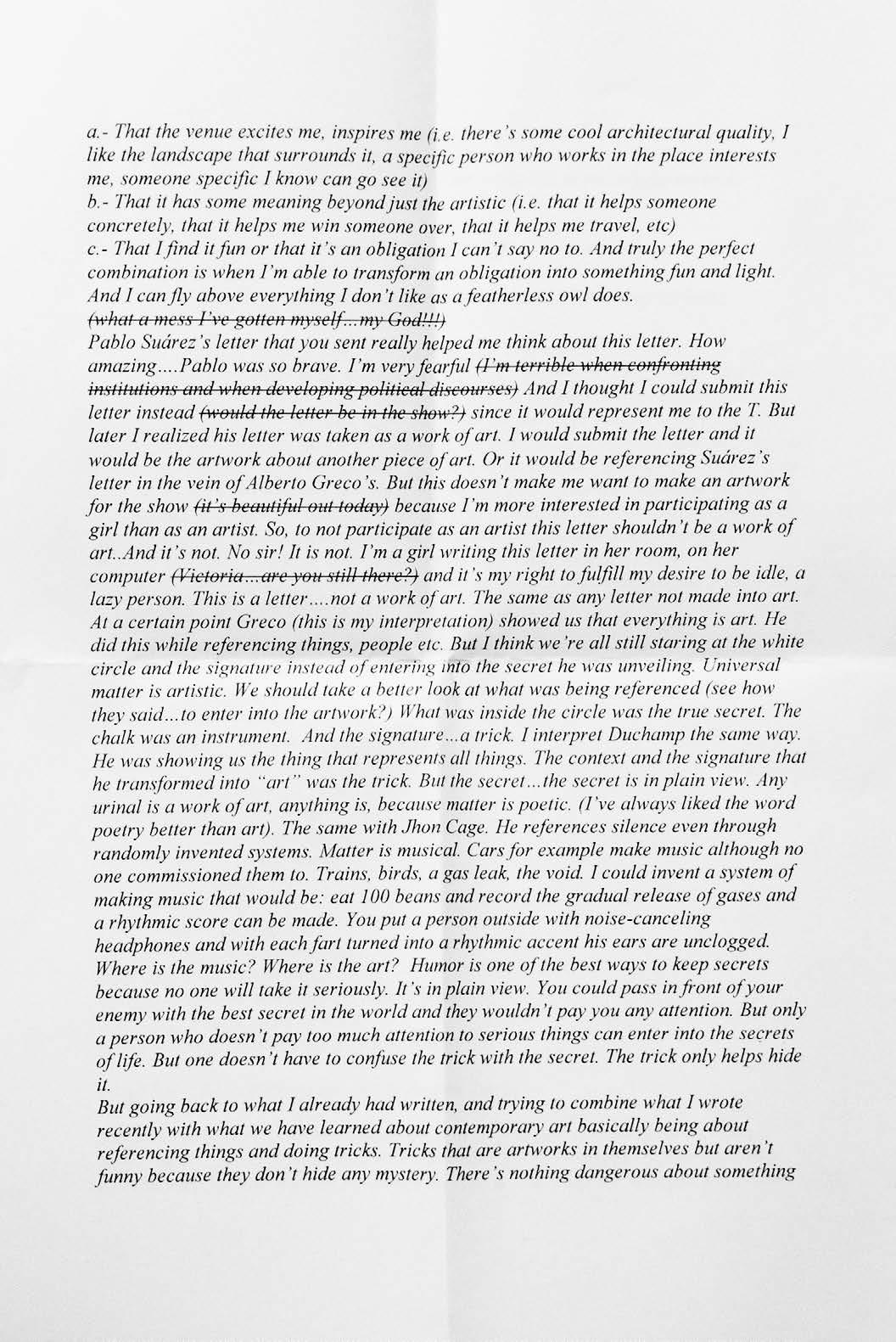
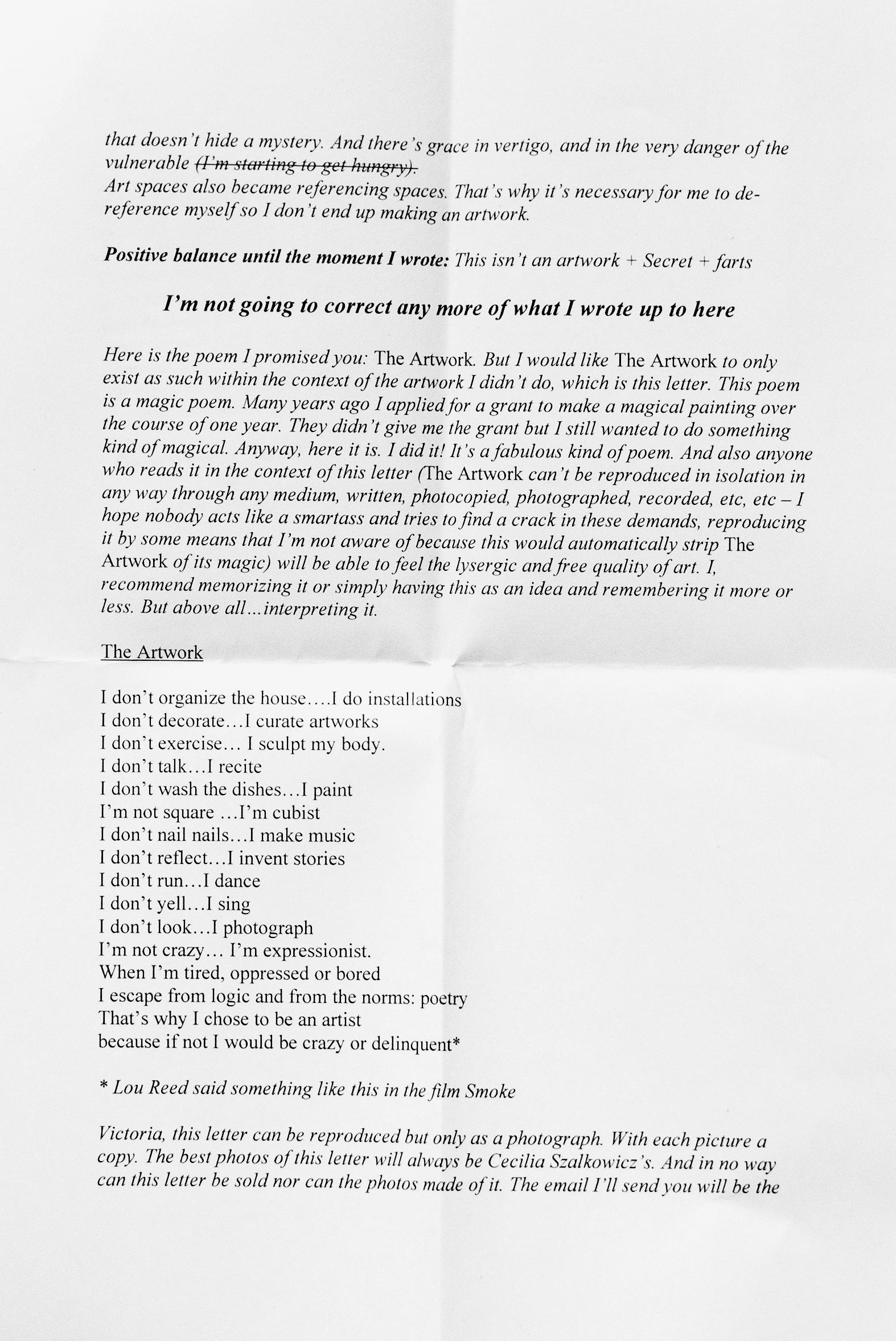
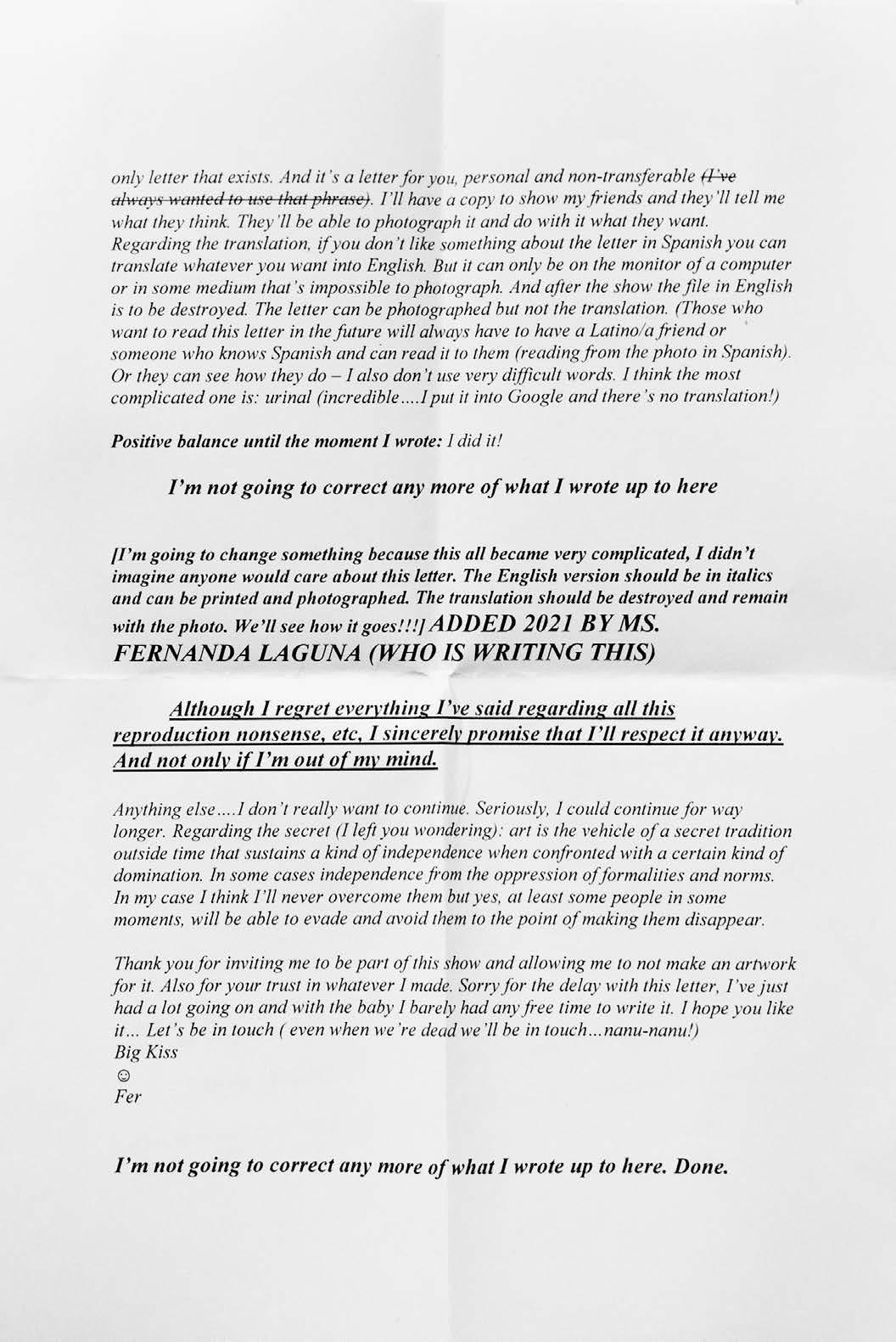
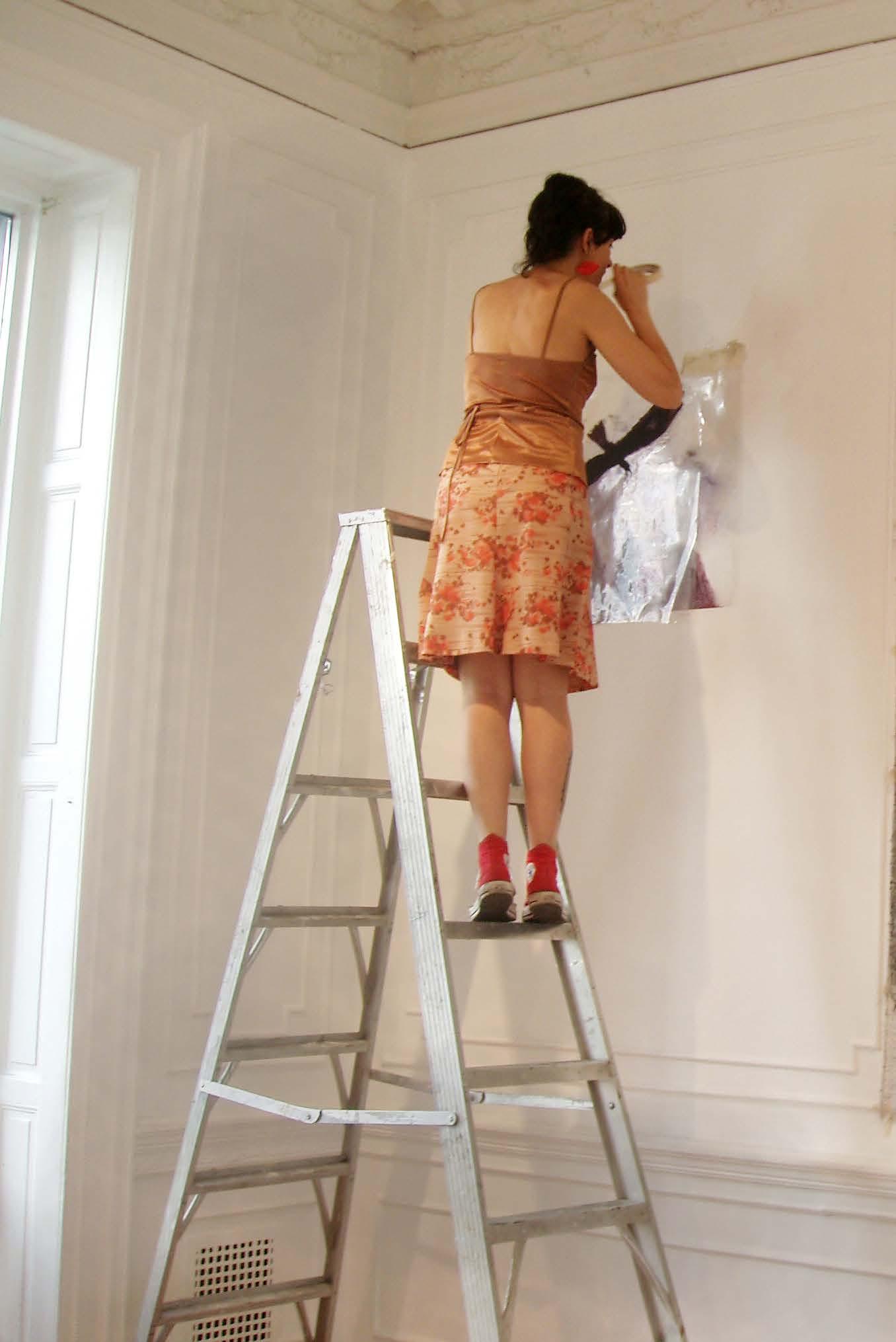 Fernanda Laguna next to an artwork by Vicente Grondona during the installation of Country, a ByF group exhibition curated by Laguna at the Consulate General of Argentina, New York City, 2005
Fernanda Laguna next to an artwork by Vicente Grondona during the installation of Country, a ByF group exhibition curated by Laguna at the Consulate General of Argentina, New York City, 2005
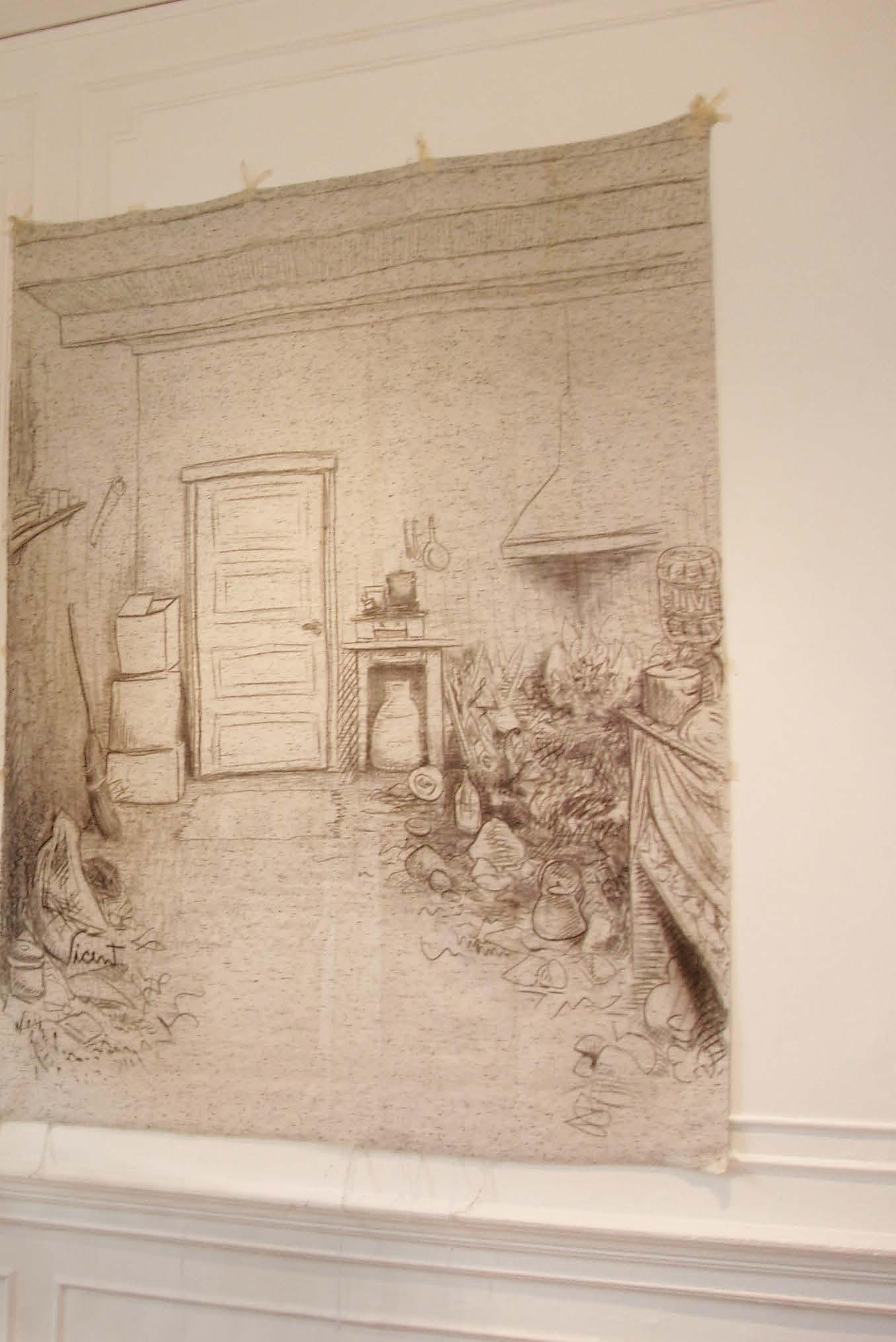
 Fernanda Laguna during the installation of Ouro Sentimental (Sentimental Gold), a ByF group exhibition organized by Laguna and Camila do Valle, MAC Niteroi, Rio de Janeiro, 2007
Fernanda Laguna during the installation of Ouro Sentimental (Sentimental Gold), a ByF group exhibition organized by Laguna and Camila do Valle, MAC Niteroi, Rio de Janeiro, 2007
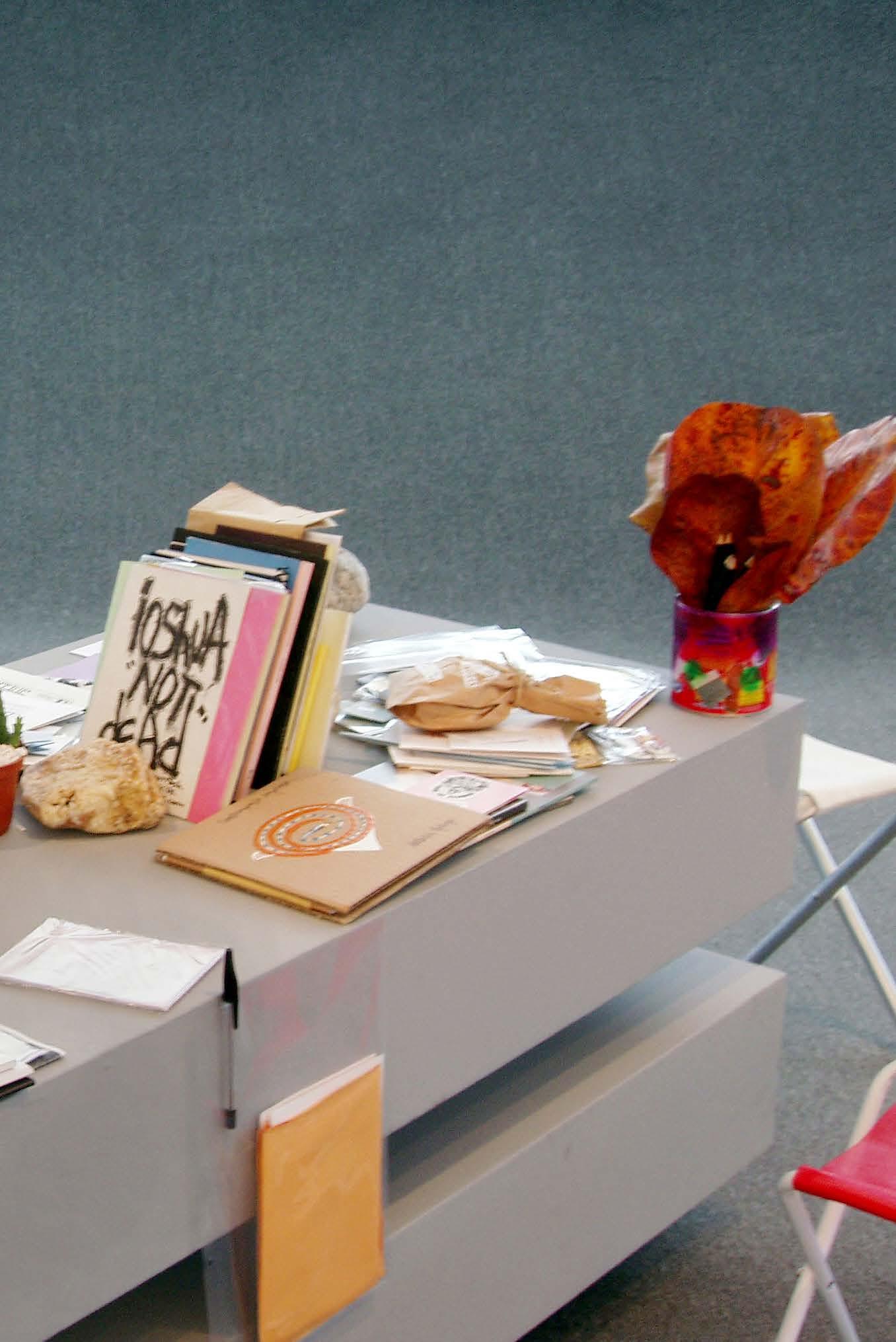
I believe in self-love.
I believe in the restorative power of self-esteem. I want to organize an institute with my self
I want to discover the tacit power of loving myself. Tacit, antagonistic, depraved, dark, bright.
Freedom in painting is better given that it’s stripped of all reflection, and therefore, of the notion of good and evil.. Beauty and ugliness are relative to each person’s taste so… Freedom, freedom, freedom. Freedom by way of the combination of colors and materials; By way of non-painting (leave the background of the fabric raw, the cardboard unpainted) Obligation is non-obligation
An artistic career faces backwards. Decorativism, sensuality, love, expression, hobby, entertainment, concepts and imagination.
Boredom is a lack of imagination. The concepts are the colors and that’s the beauty of it.
To paint through the most abstract concepts.
Glazed paper is a concept, wool is a completely different one. You don’t have to explain the differences.
The most obvious thing is sometimes the darkest-most mysterious. White can reflect a lot of light and make the eyes hurt and make the mind tend toward closing them. Glue can be a drug and at the same time a color and at the same time serve its function as glue.
All this is my theory of color time.
It’s impossible to deny the influence of love on works of art and, if I dare say it, on all mental and physical creation.
Numbers are at the same time the voice of matter in general. Duchamp, bosch, Leonardo, Giotto, Santa Teresita and Teresa, Santa Clara, the witches that were burned, tied to stakes that were also burning, and whose names we will never recover; the artists that made cities arranging glasses in the cupboard. Preparing (we’re getting there) a simple meal moves things in many parts of the planet.
I believe in the power of the mind that can transform, transport, and dematerialize objects (TTD).
I was born to try to move through the fourth dimension. I thought about a leaf of marijuana and I could feel its effects inside me.
I believe in symbiosis, in mimesis, in somatization, and in superstition (SMSS). Imagination and dreams (ID), it’s already been shown, are an important part of reality.
I give them a place in my day and in my night.
I let them act. I’m a channel of expression.
I speak and write in a trance with the voices of the people from the future that I imagine or that will come.
I already went out of style, and the present-day people look strange in their reality trance.
It’s very difficult to guess where the man is who looks at me occasionally on the bus.
I don’t know nor am I interested in what he’s thinking. It would be insane to try to enter his mind.
My reality at this point of the poeprose trance stays at the level of the words I’m able to use, few or many, at the end of the day the words that come to mind.
At night, when I’m alone in my apartment,
I feel there’s invisible people that make noise. I always feel panicked and scared. I look around and when I do I see nobody.
I see them with the most lateral point of my eyes near my temples. This is the area that perceives creatures at very low resolution. Almost invisible ones. I ask myself Why am I scared?
I’m also seriously afraid of thieves and in a certain way they look like them They maneuver like rats, with lots of skill. I once met a thief who hit me and I loved him and then hated him because he drove me crazy. I feel myself slipping on this terrain. Since I was young I’ve sensed the presence of ghosts especially in the bathroom, behind the shower curtain and in the closets. During the day, I waited for nighttime inside the closet so they wouldn’t surprise me.
Inside the air was balmy, dense as a hug. The space restricted my movements, the darkness relaxed my eyes. And it made me dizzy like I was floating between my sister’s skirts and bags. Outside somewhere in the house was my mom with her two trays one for love and one for pain.
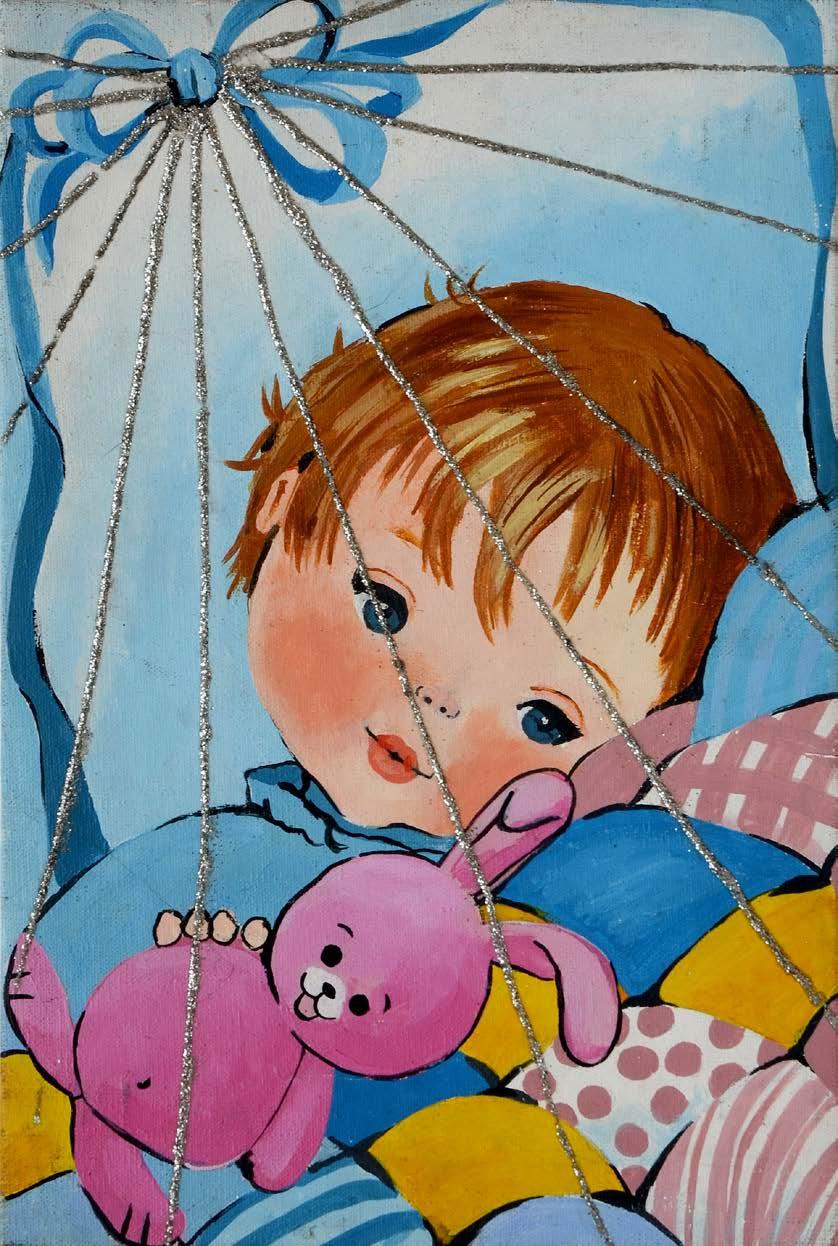
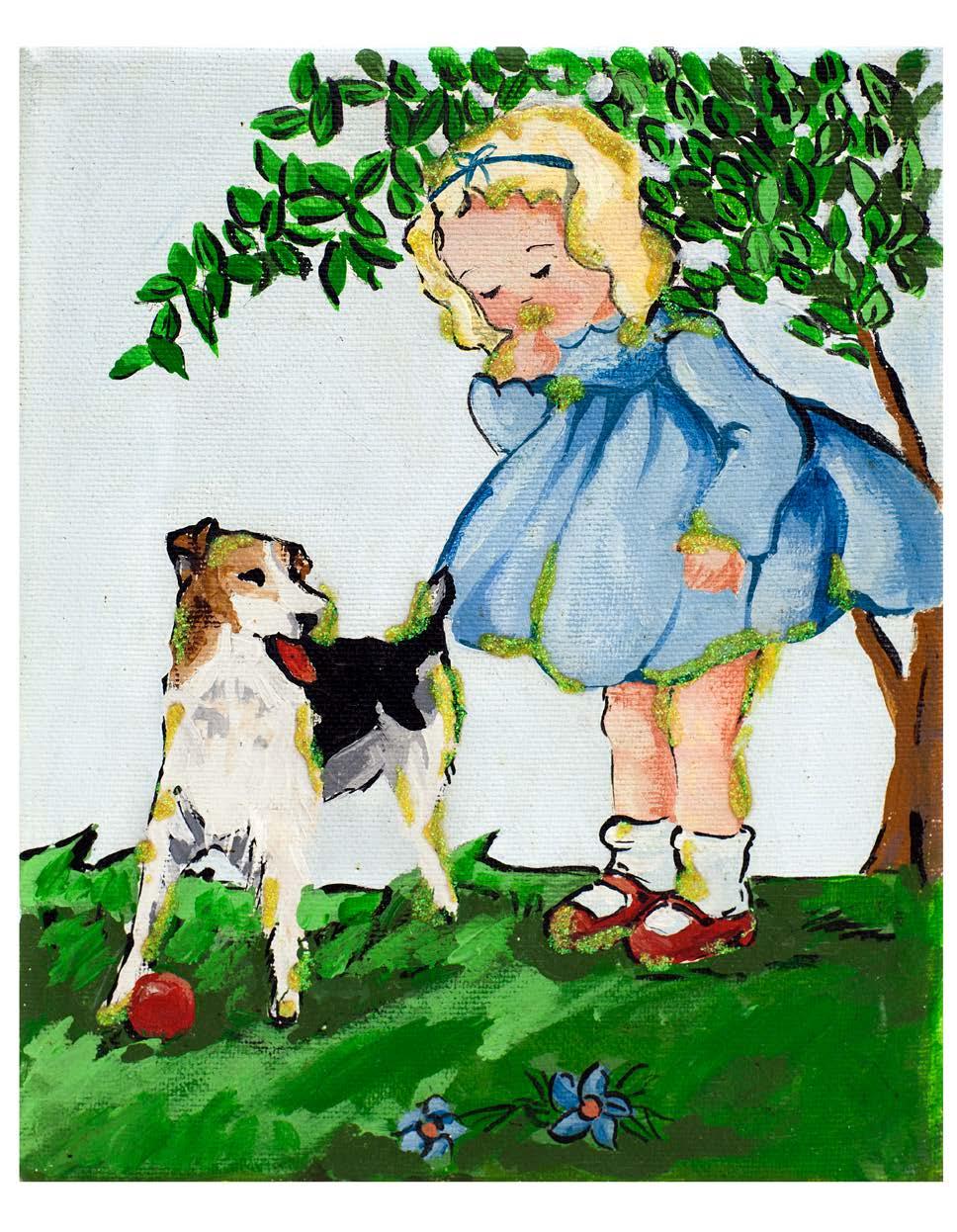

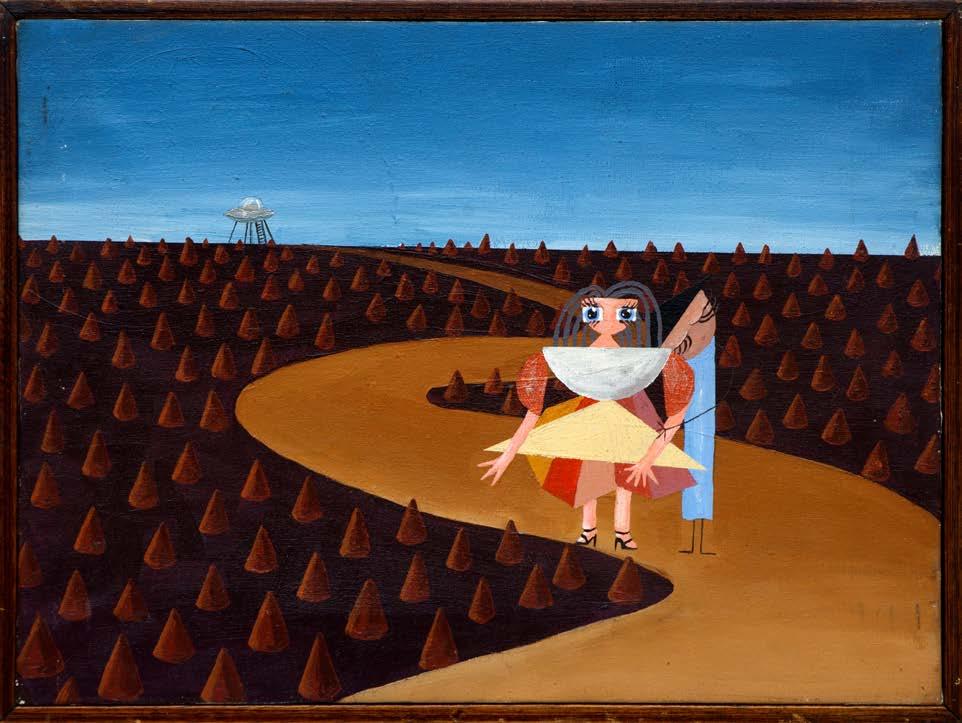


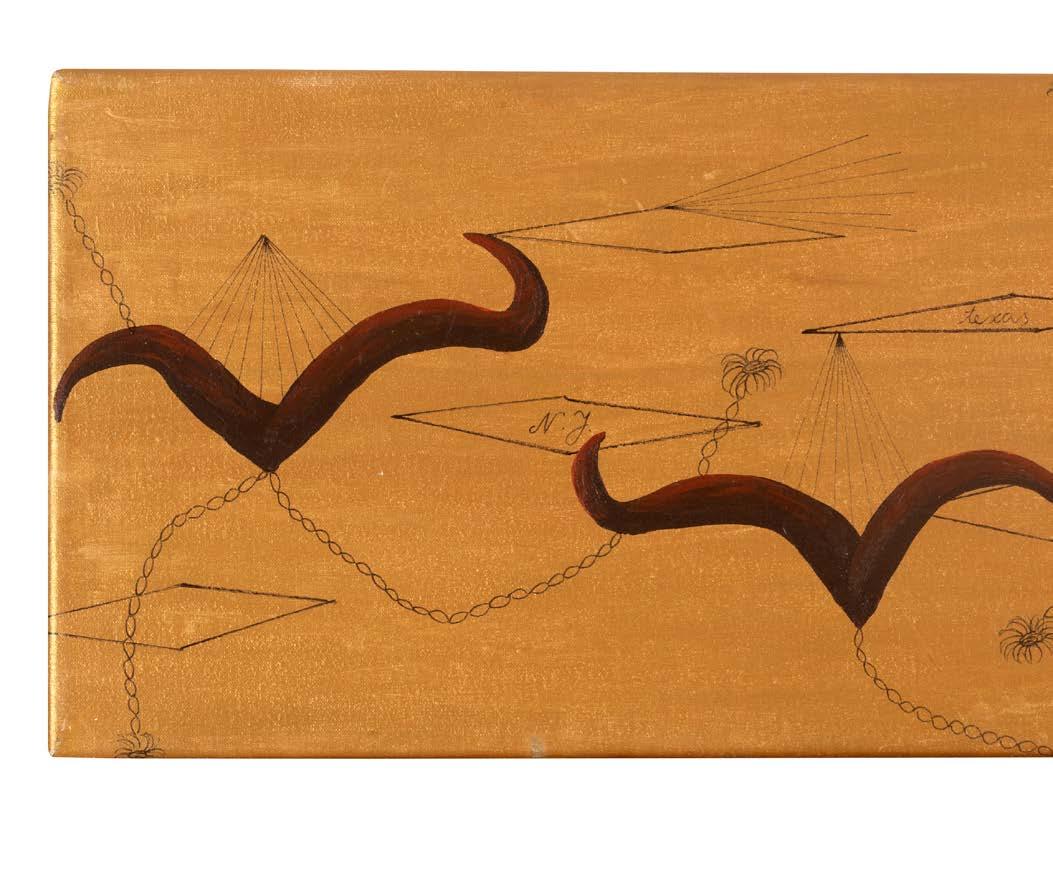

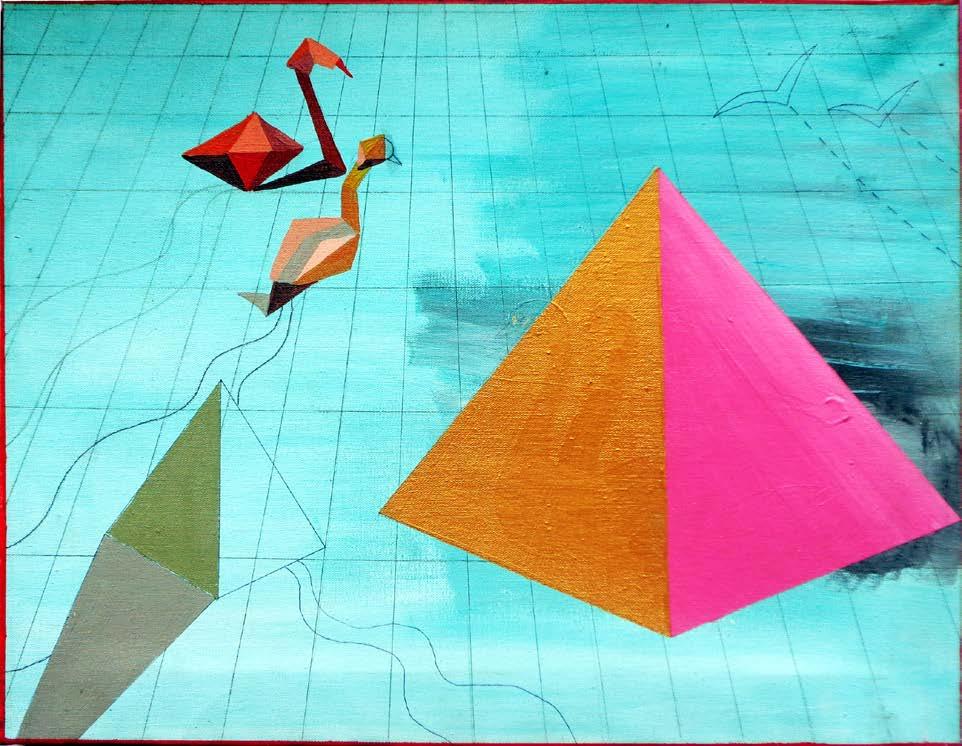
“For ever / Es necesario por hoy y para más adelante” (For ever / It’s necessary for today and for later) from Set de 12 dibujos (Set of 12 drawings), 1994–95

“Me concentro para siempre / Es importante” (I am concentrating forever / It’s important) from Set de 12 dibujos (Set of 12 drawings), 1994–95



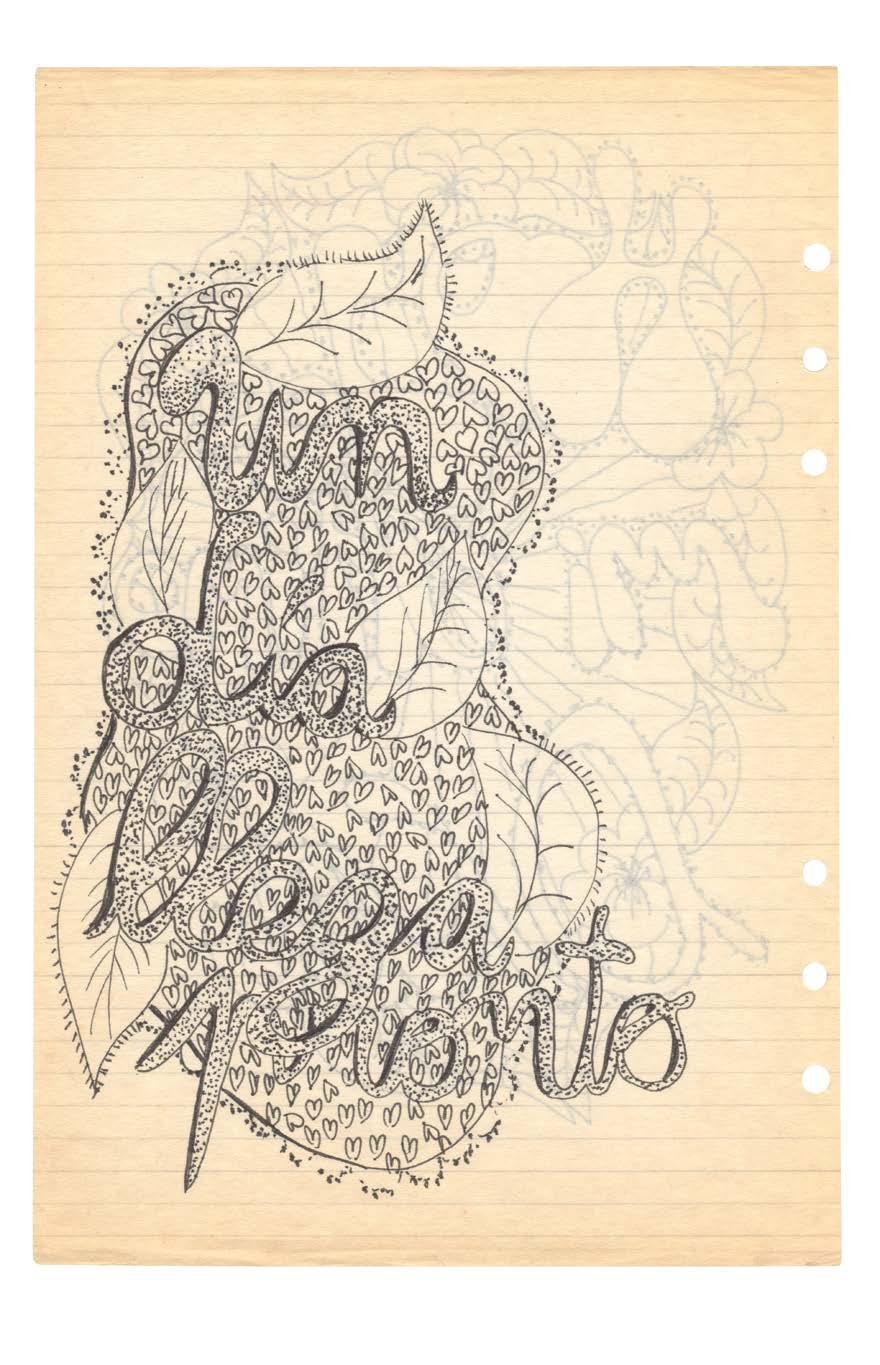
“Hoy es mi último día” (Today is my last day) from Set de 12 dibujos (Set of 12 drawings), 1994–95


“Sólo veo lo hermoso” (I only see what’s beautiful) from Set de 12 dibujos (Set of 12 drawings), 1994–95

“Eres

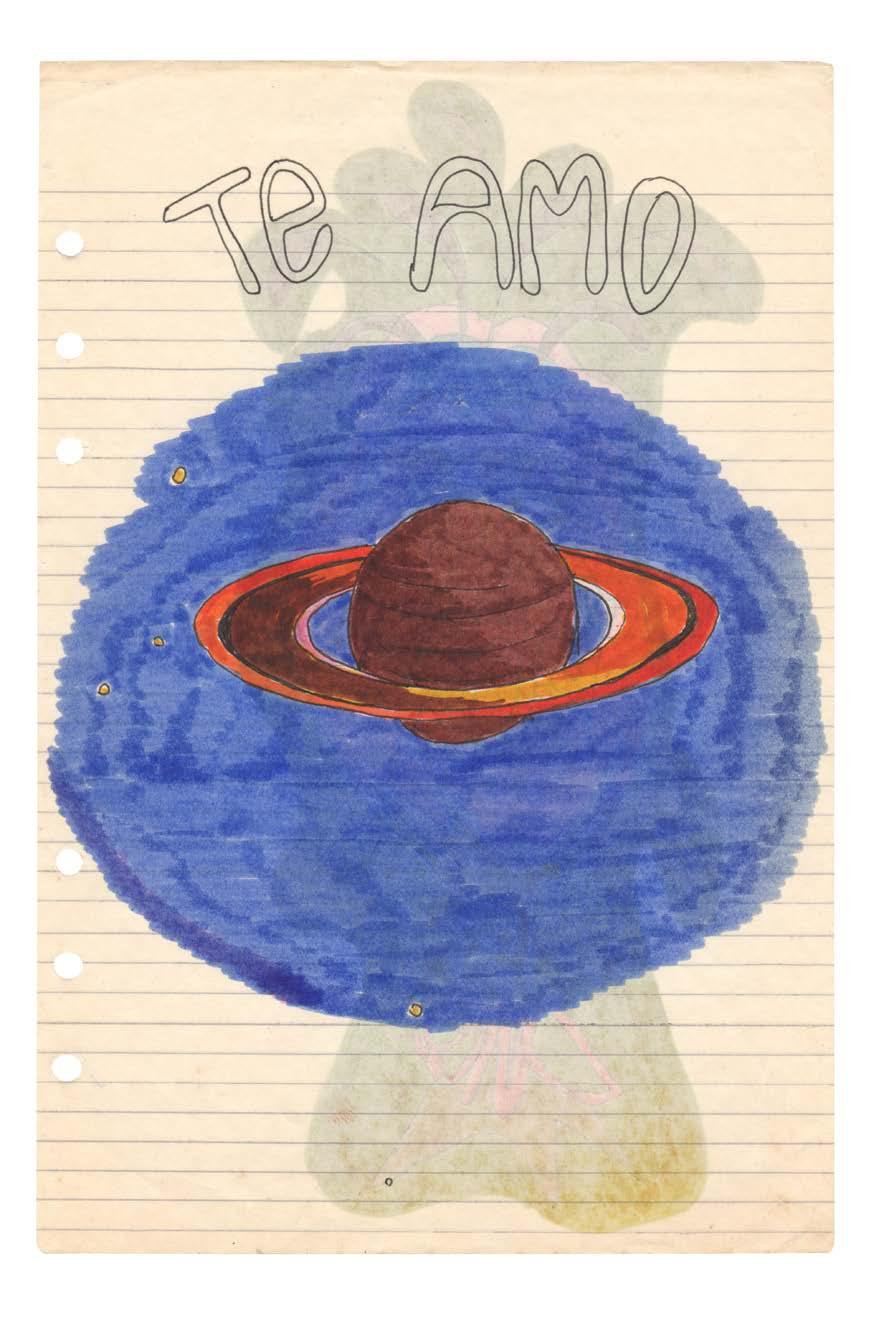
“Te amo” (I love you) from Set de 12 dibujos (Set of 12 drawings), 1994–95
“Disfruto cada momento de esta vida” (I enjoy every moment of this life) from Set de 12 dibujos (Set of 12 drawings), 1994–95
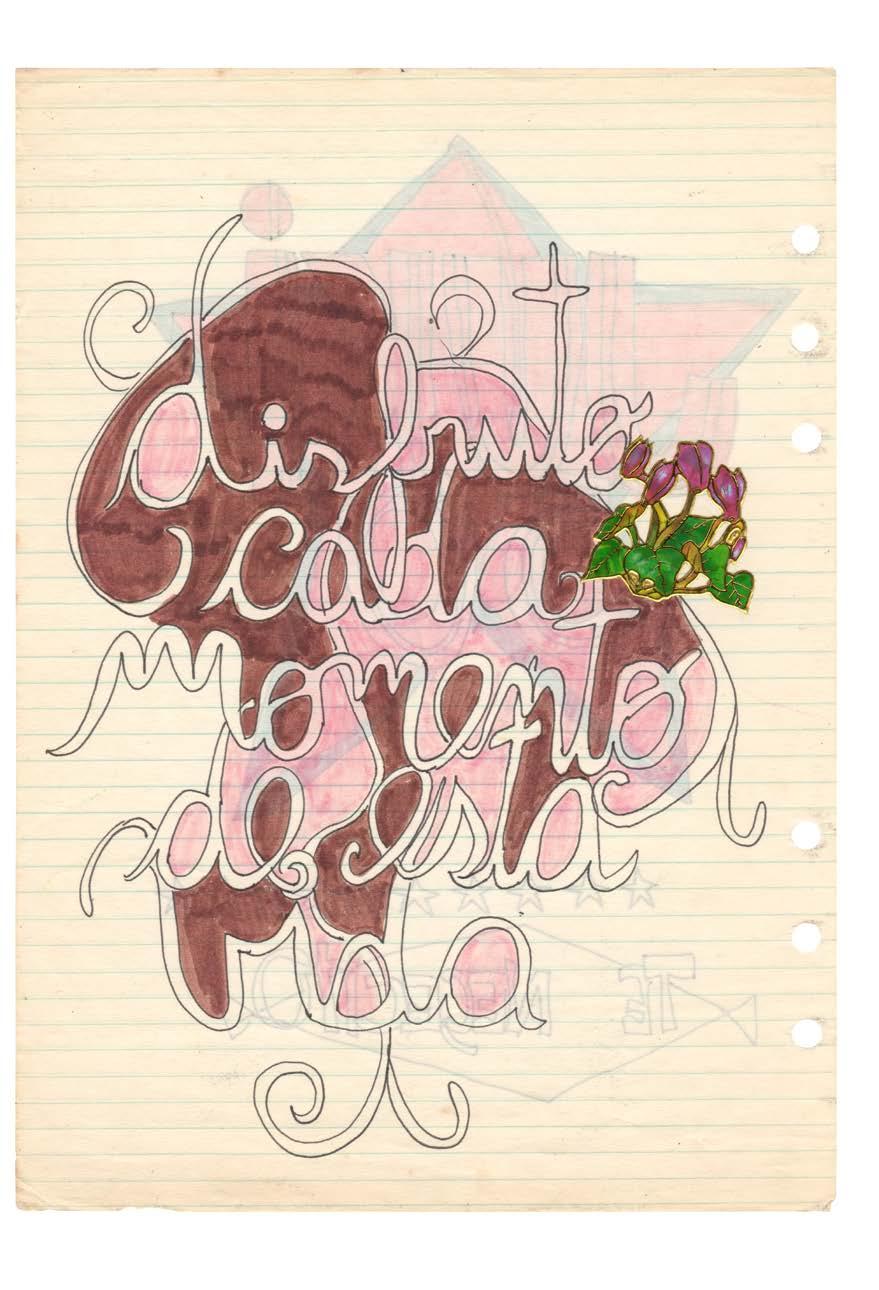
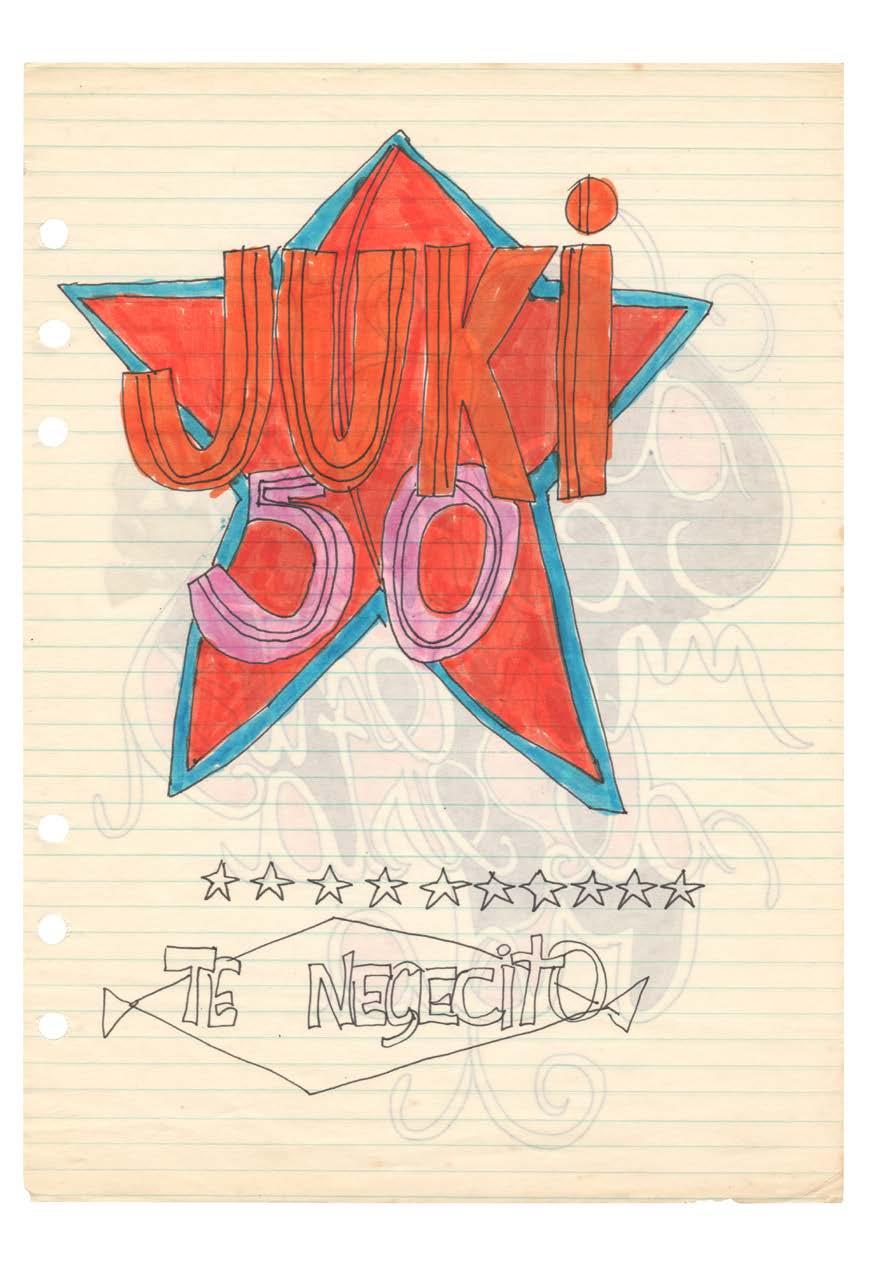

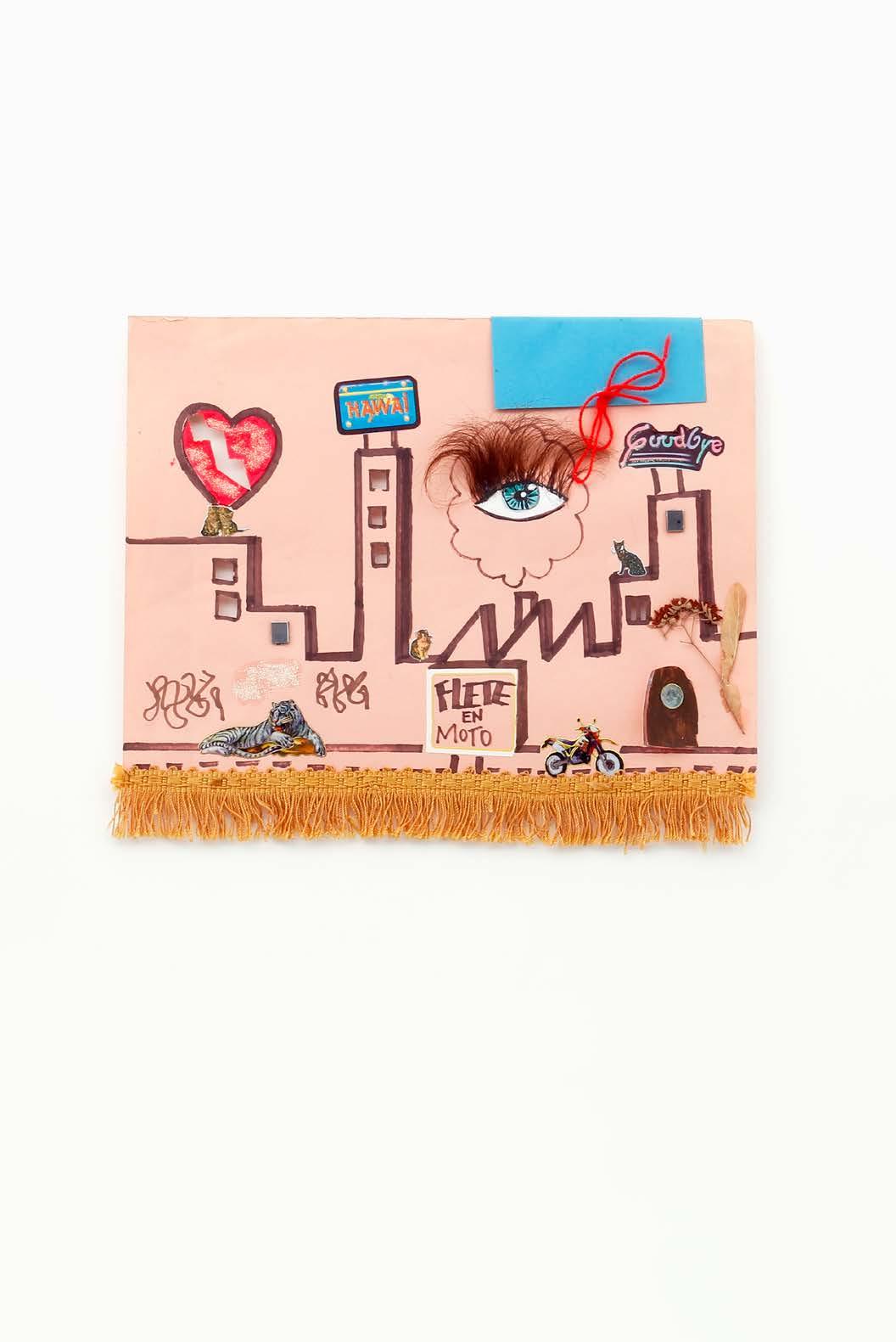

Feminist power, power to the housewives. Mathematical Revolution.
The mothers rise up to undo the laws of the home. Little by little.
A long-term and lonely revolution.
Instead of ironing shirts some women will wrinkle them, Others, Will do things I’d never think of.
A non-total revolution, gradual and partial.
Revolution on the plane of the imaginable and as long as it isn’t too much effort. Why a re-volution?
Because it’s about re-arranging things, clearing the head. Whoever wants to can use the shock method and those who don’t, the postponement method, or escape or others. Why a mathematical re-volution?
Because numbers are the voice of matter in general.
We can dedicate the re-volution to: Duchamp, bosch, Leonardo, Giotto, Jane Bowls, Santa theresa, Santa Clara, so many nameless witches, and the artists that made cities arranging glasses in the cupboard.
I believe in the power of the mind that can transform, transport, and dematerialize objects. The simple re-volutionary movement of a plate can TTD objects in other areas of the planet. I believe and invite you to finally believe, FRIEND in the restorative power of self-esteem in the power of somatization, mimesis, symbiosis, and superstition.]
Let’s give a place to fantasy!
We who manage to see creatures in low resolution from the side of your eye.]
*to do what one wants to do
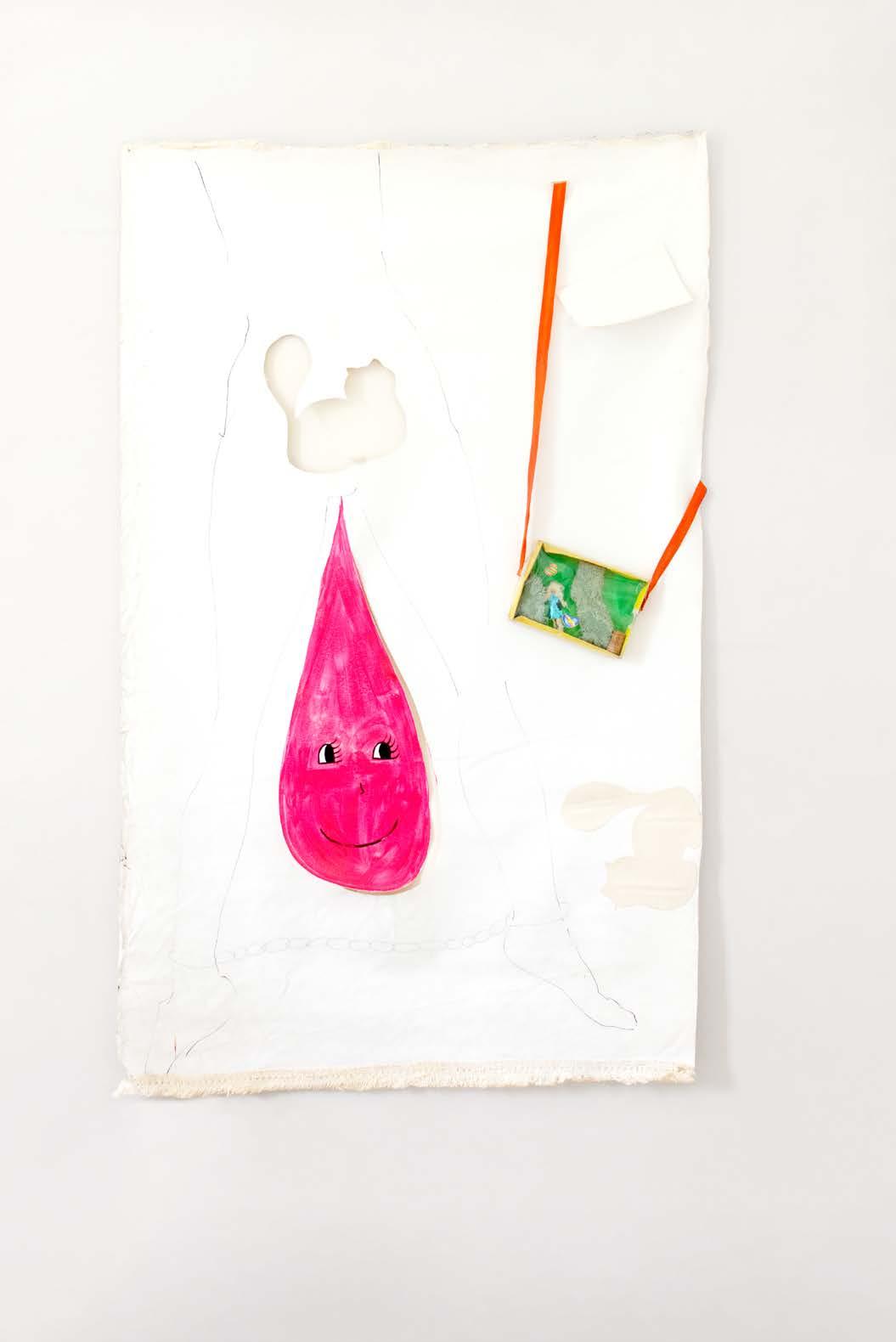
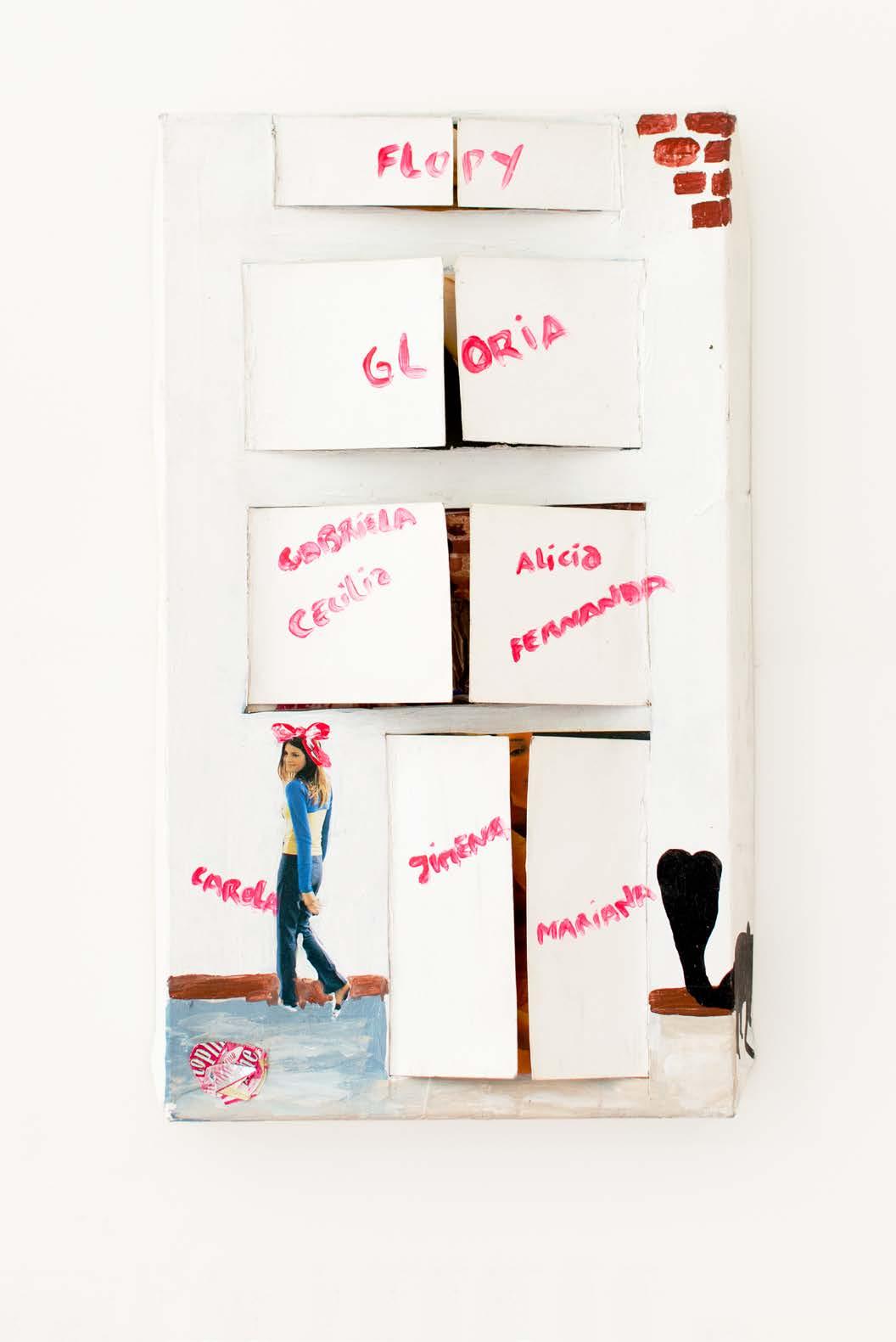
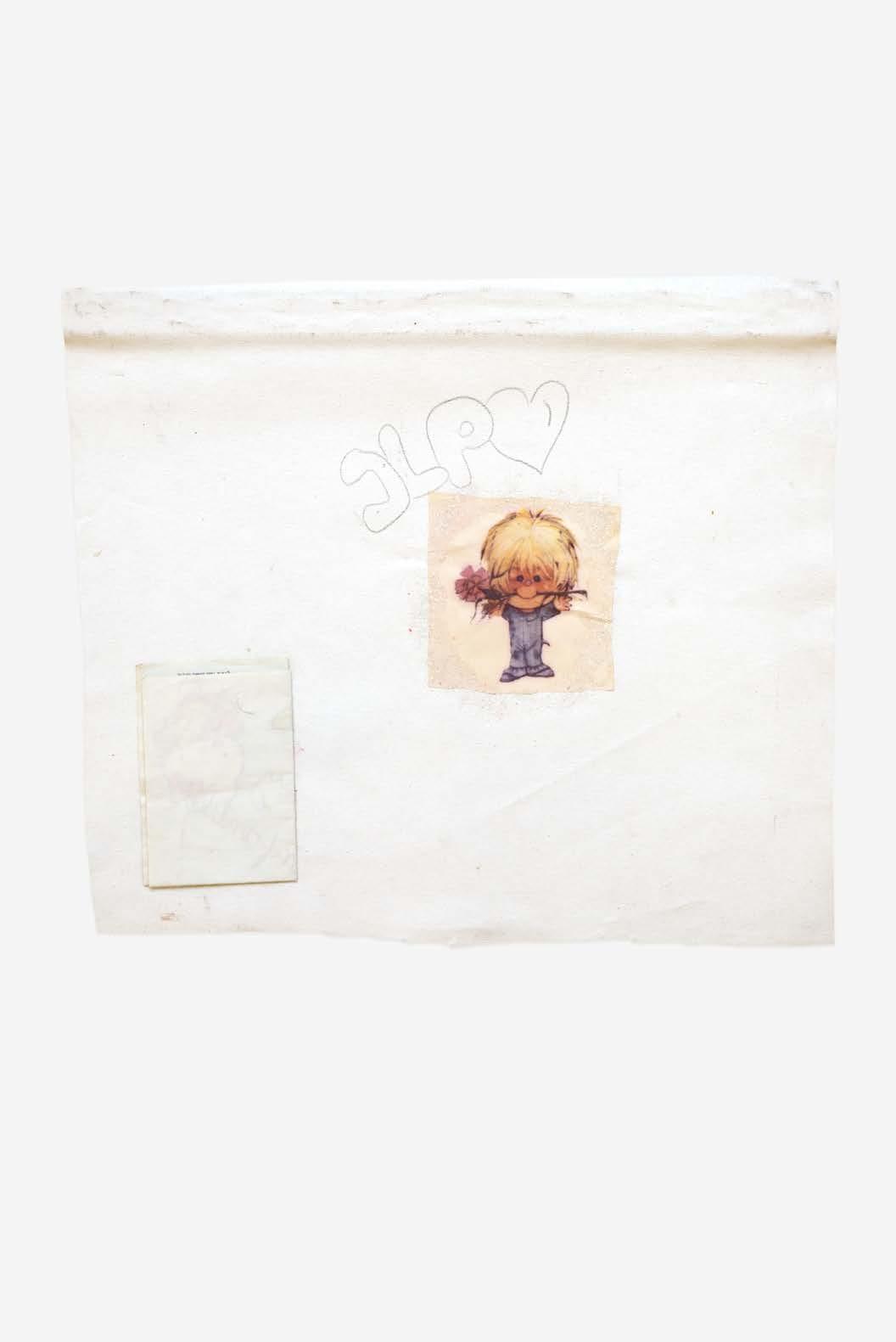
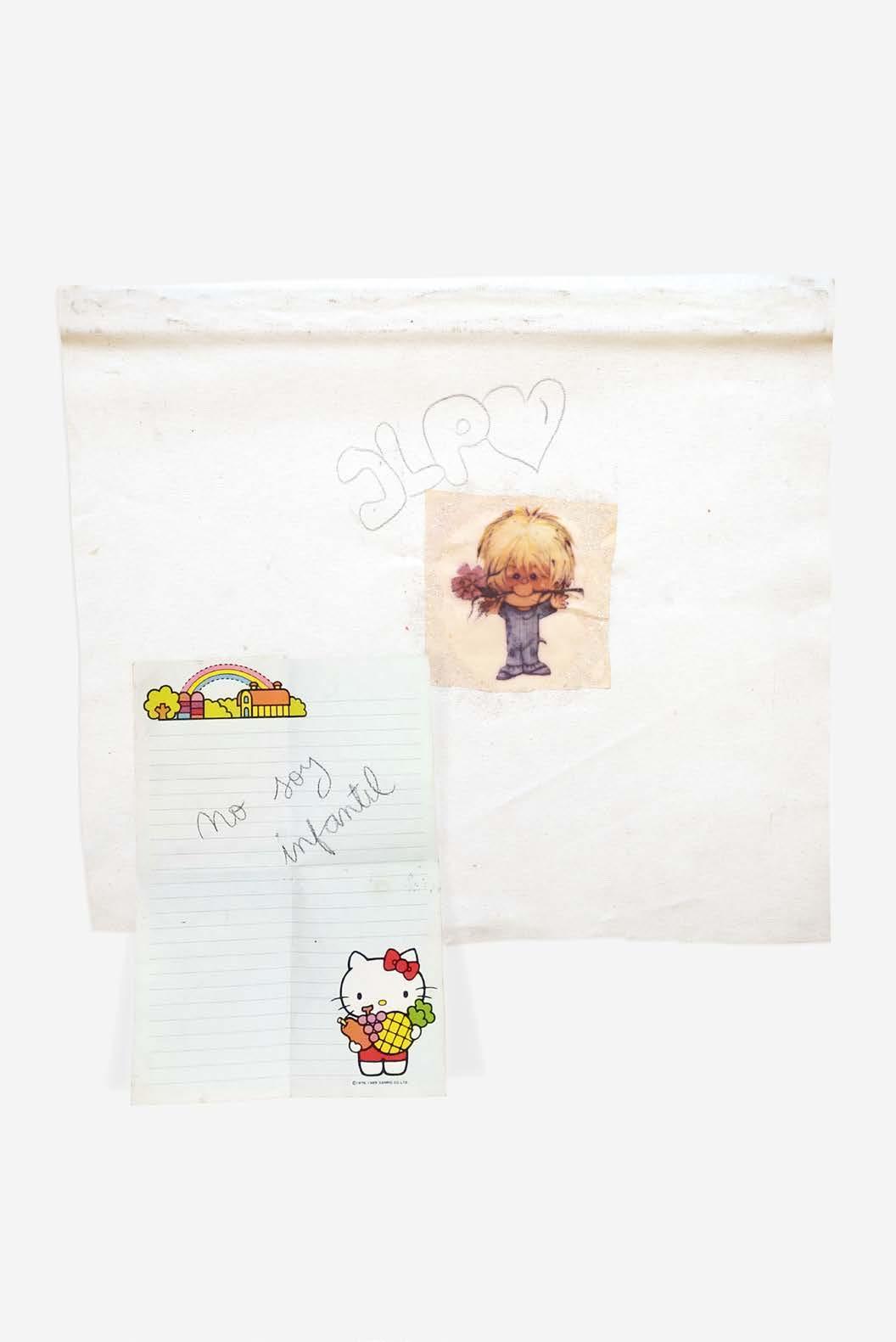

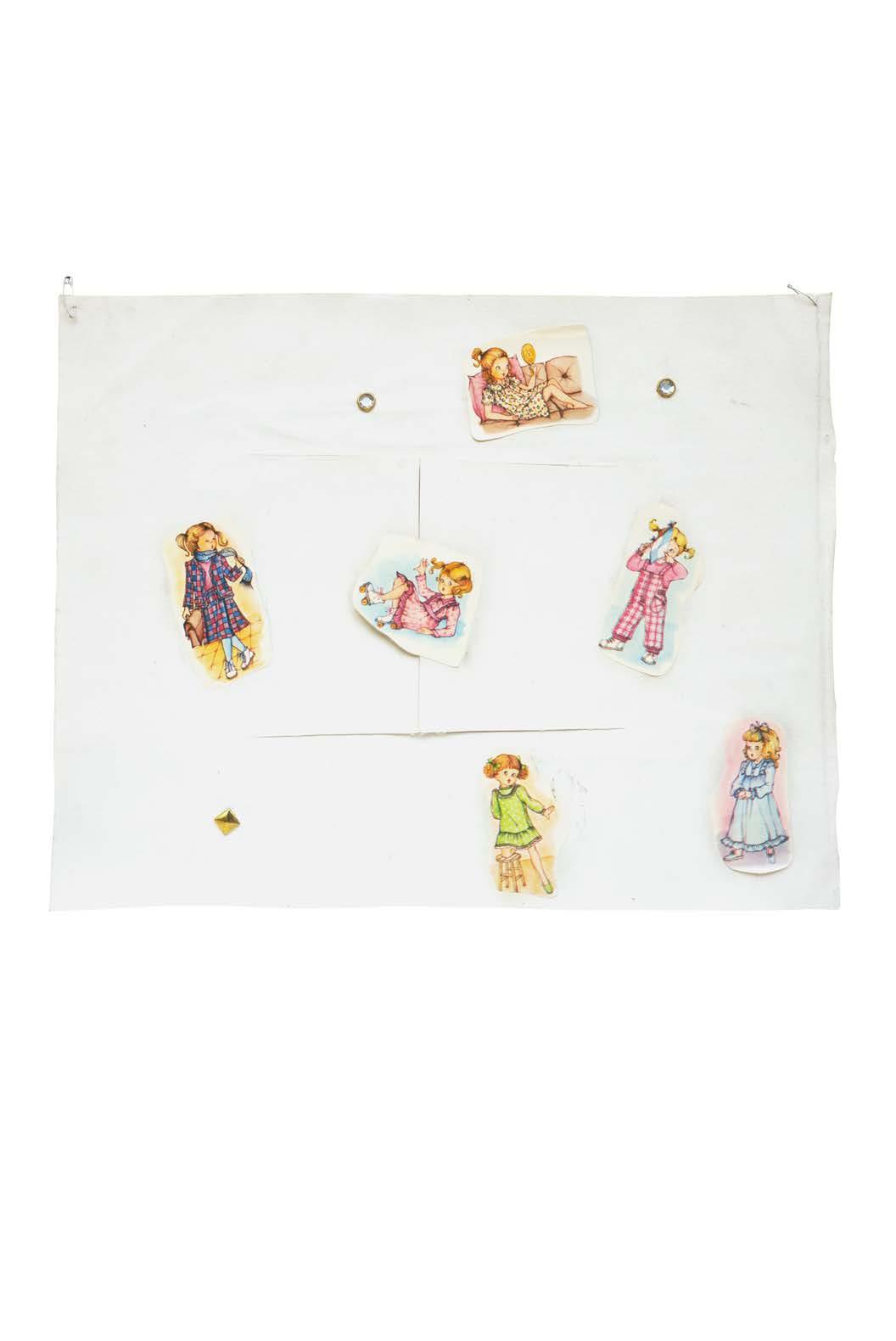
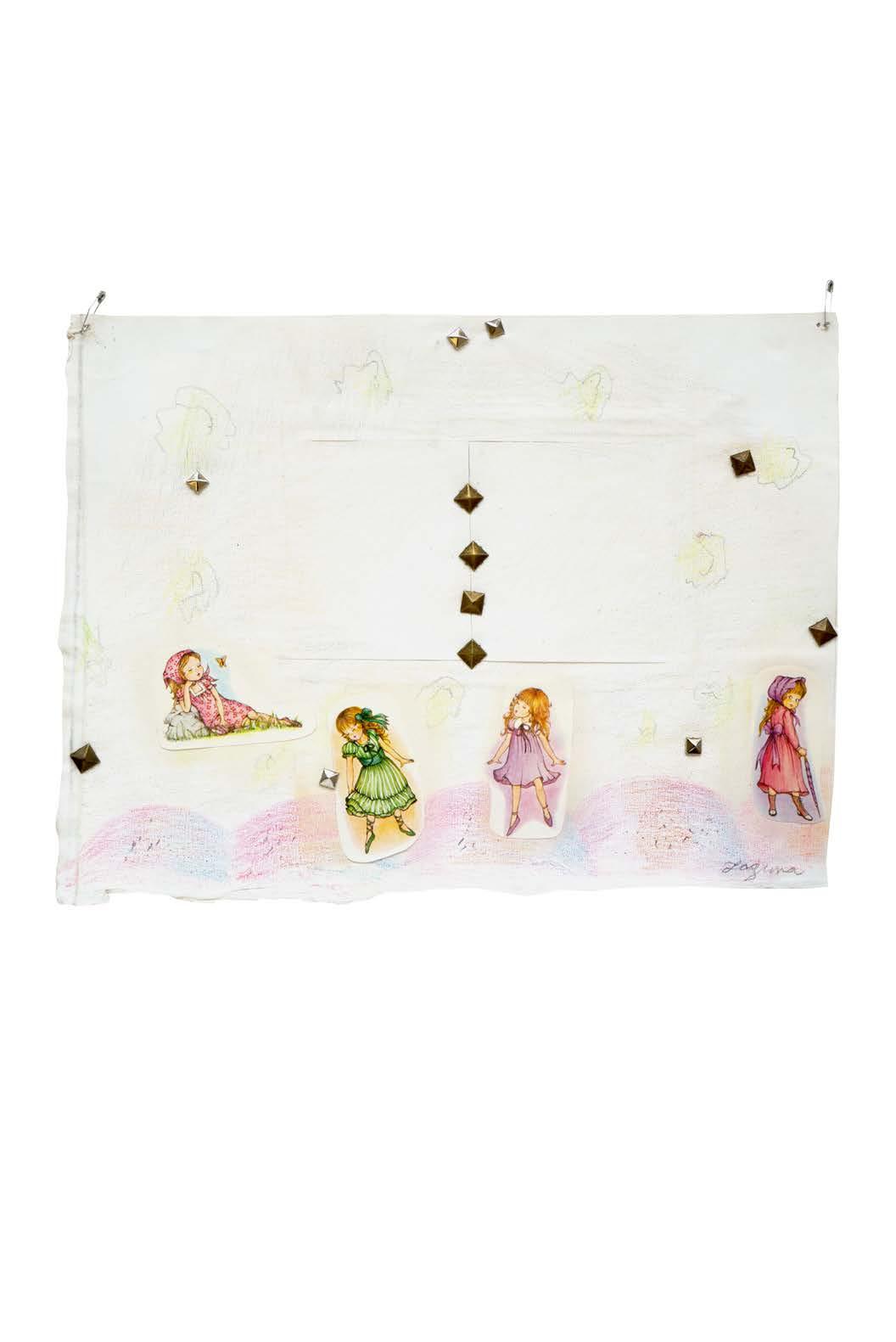
Un día más sin amor (Another day without love), 2006

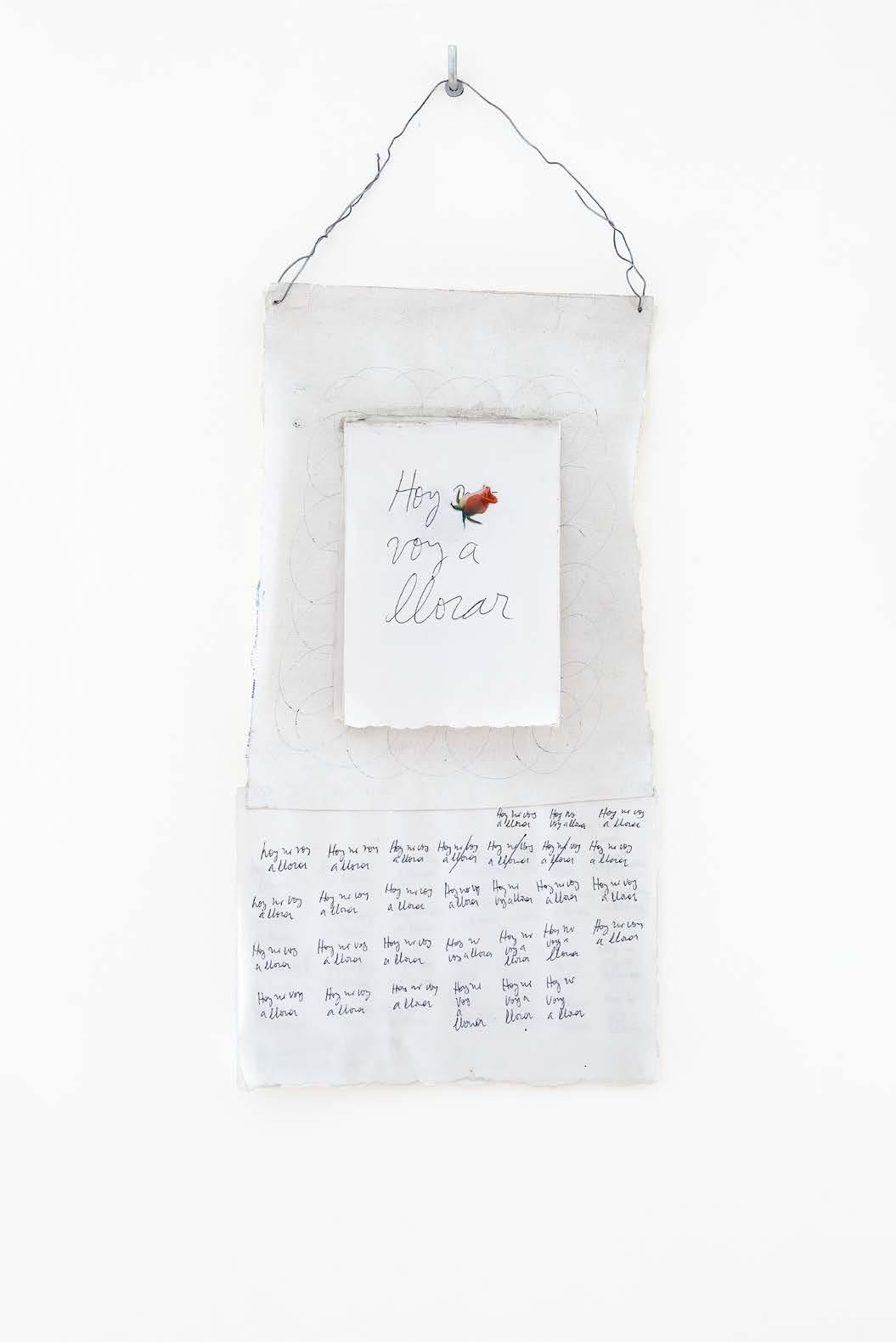

Quiero ser un gato (I want to be a cat),
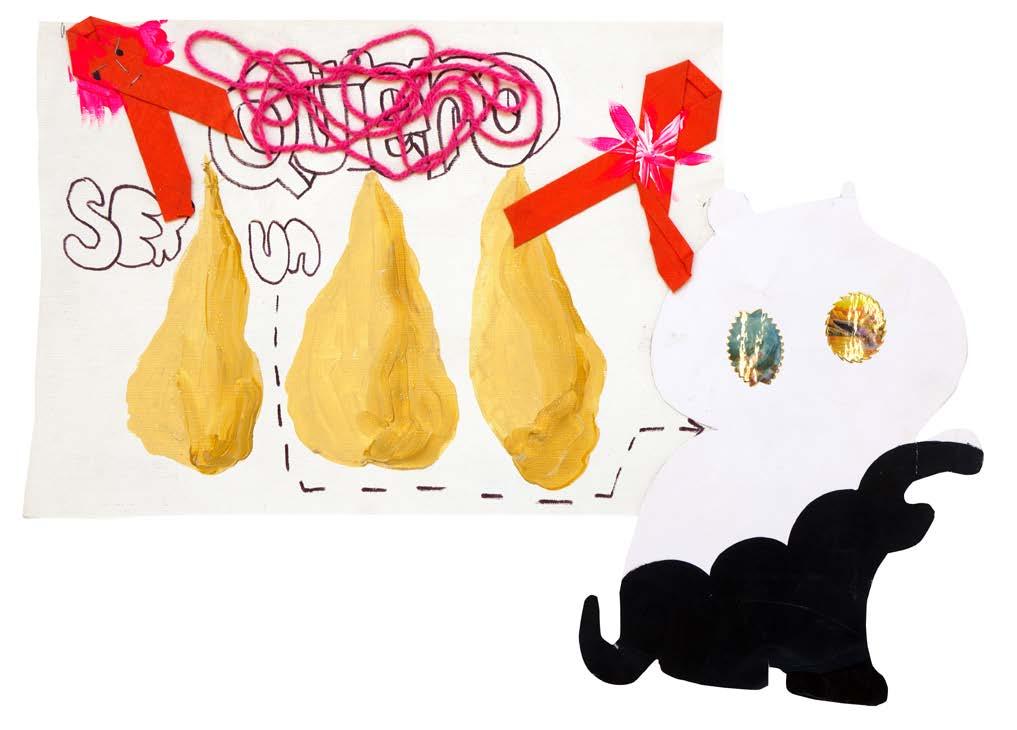
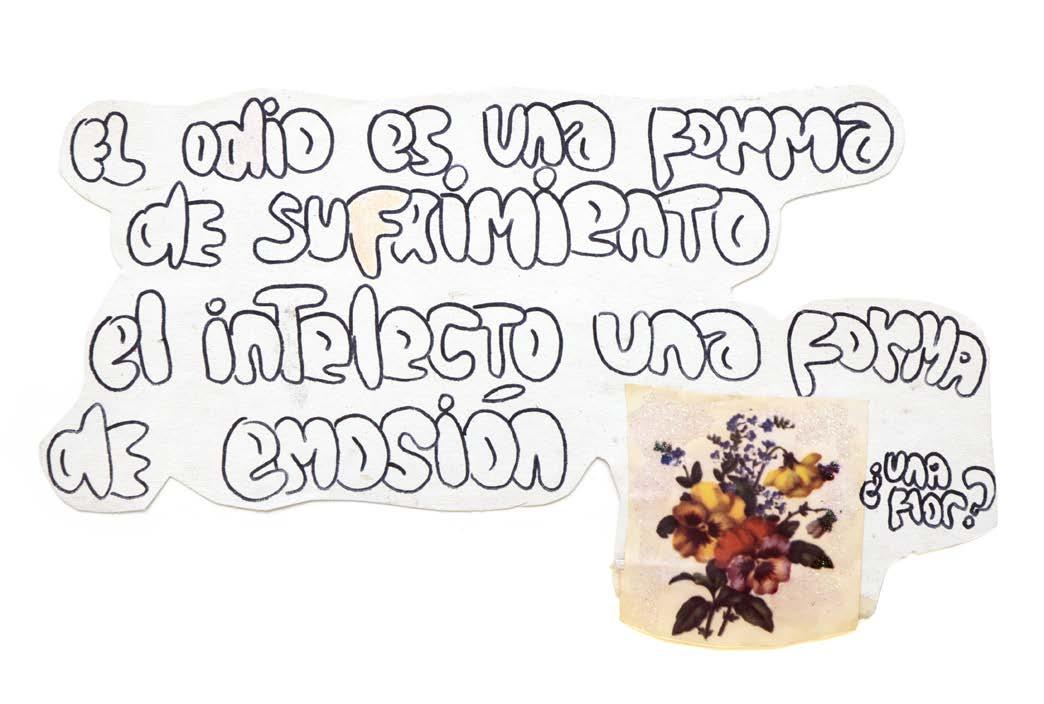

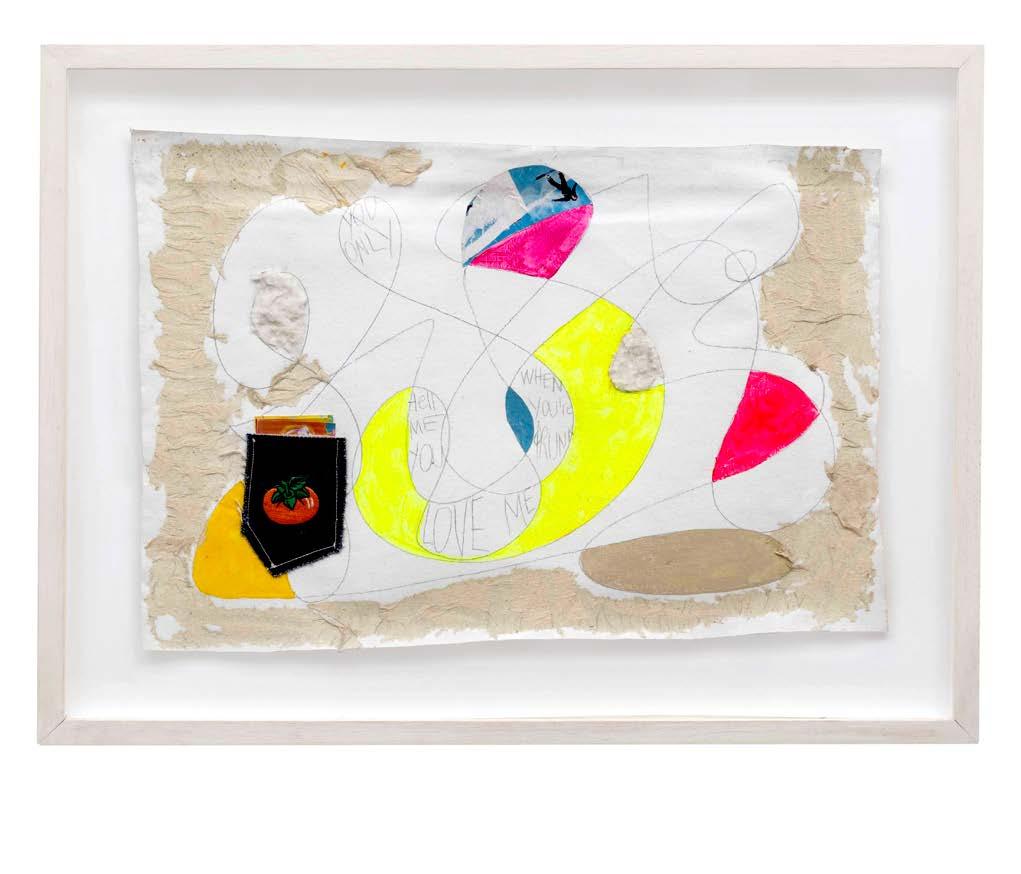



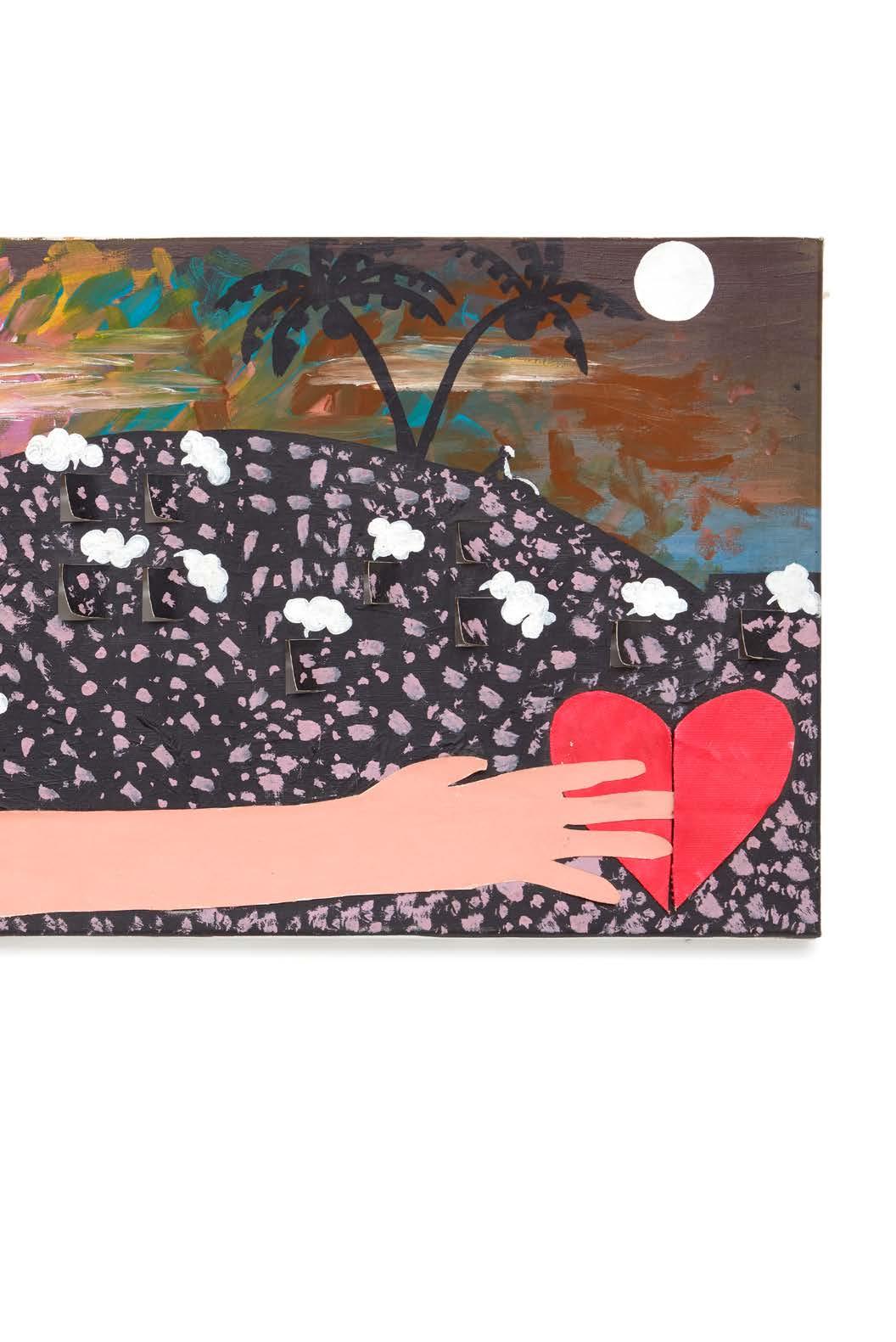
PL. 33
No necesito nada del primer mundo / This is a message to the people that live in the first world (I don’t need anything from the first world / This is a message to the people that live in the first world), 2001


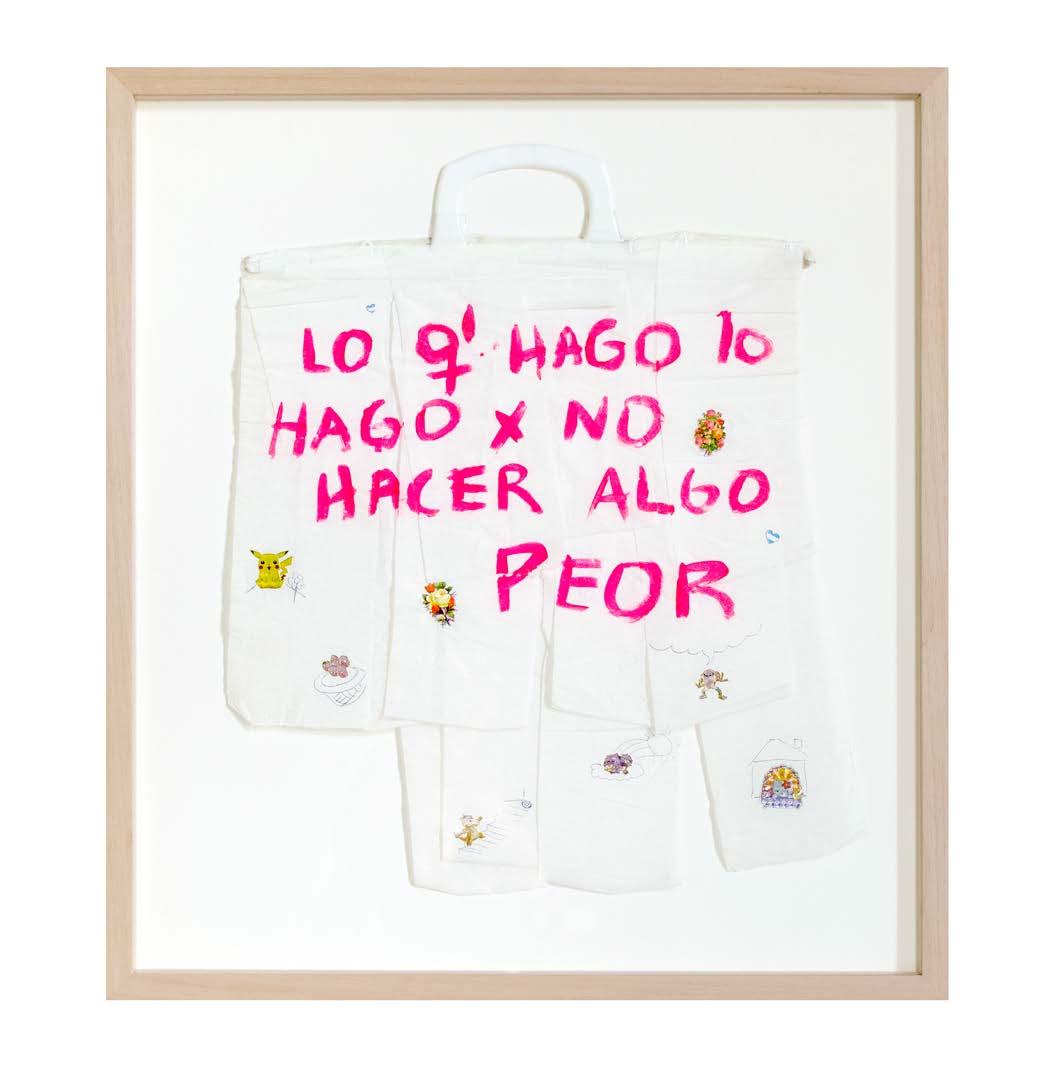


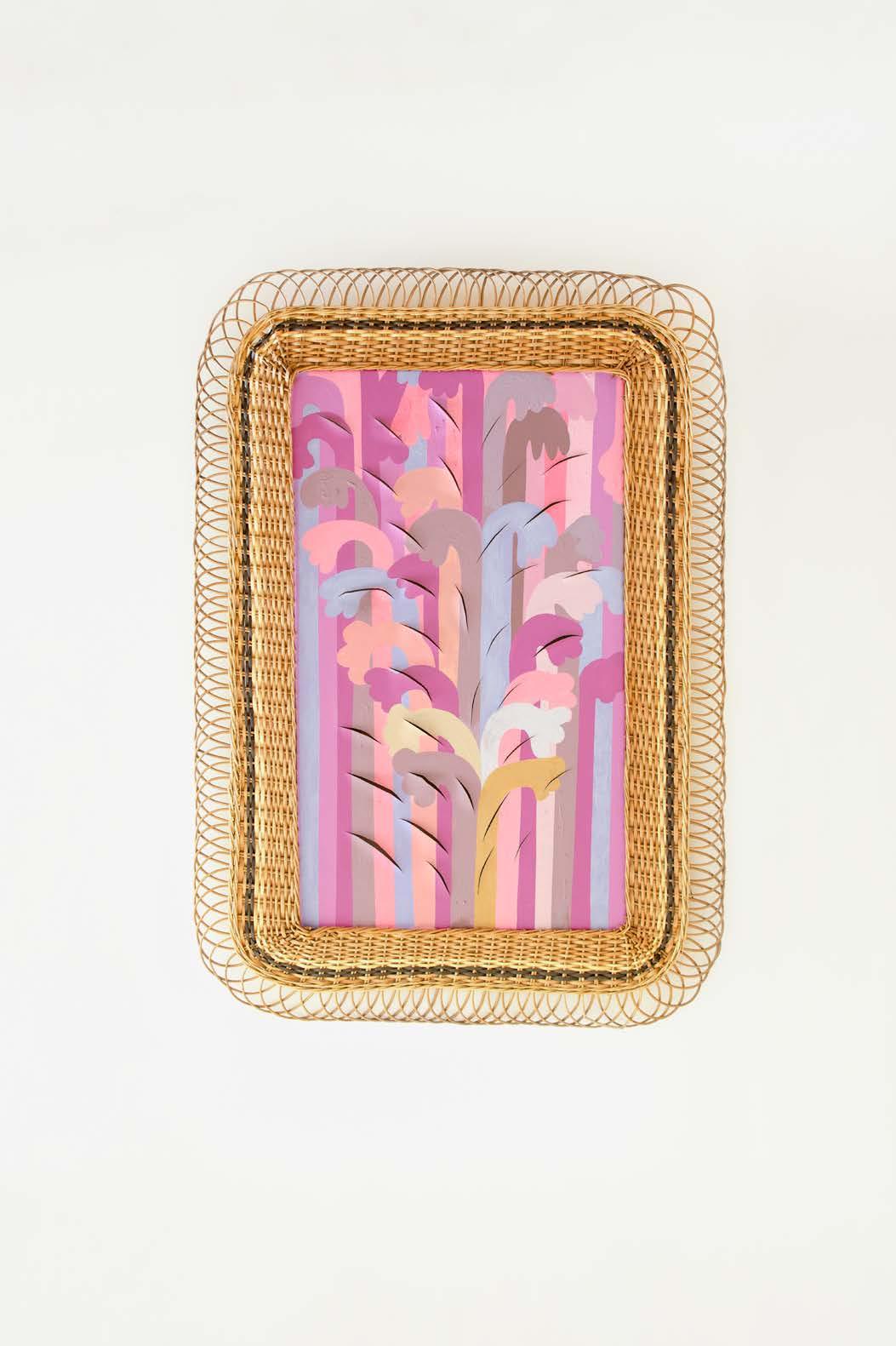

Miércoles,
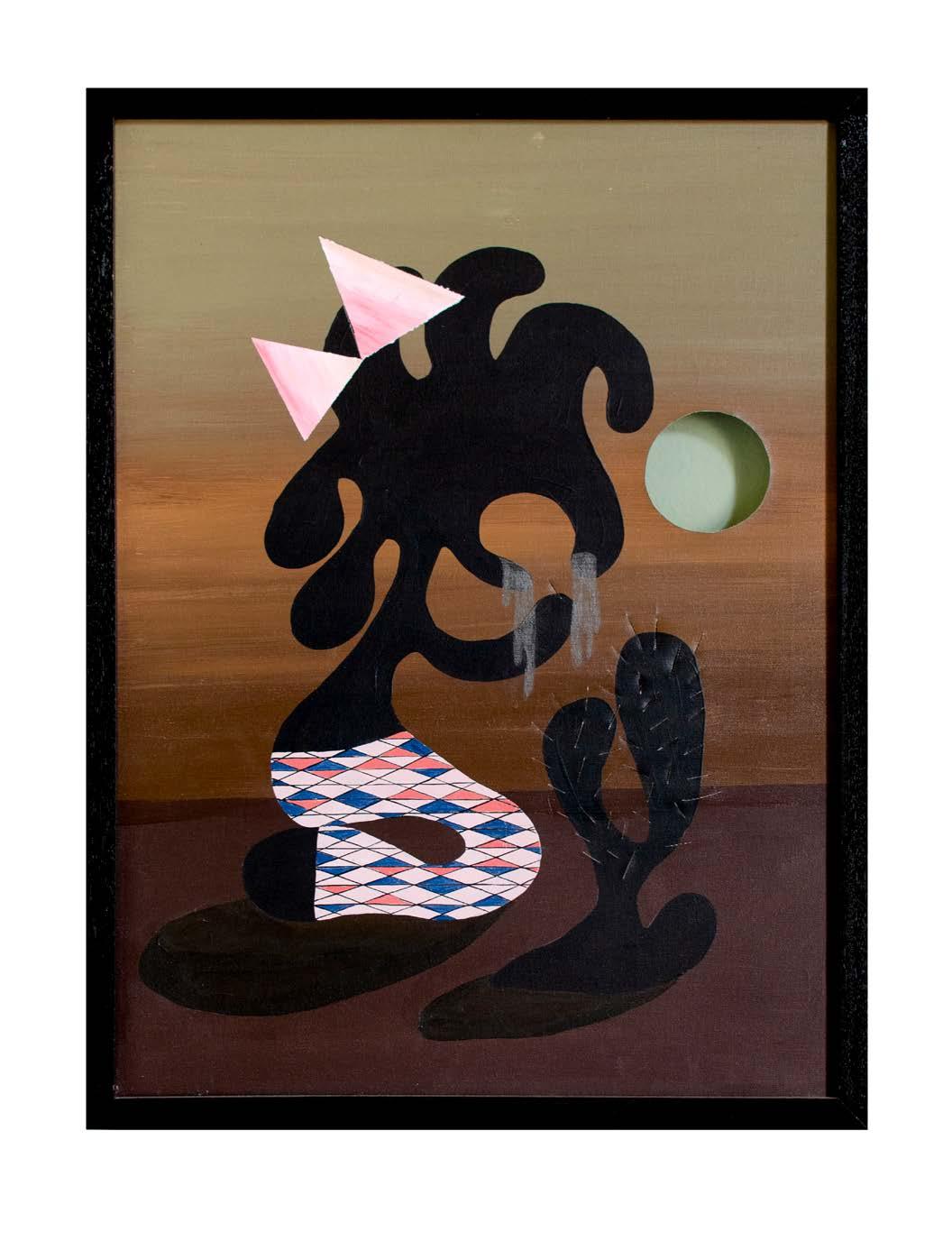
If I never go out with you again – I know I’m never going to –I’ll still pay for a plane ticket to travel with a pop-up show of photocopies as an excuse to see you for five days, hopefully in a flat place with magnetic doors.
If I saw you this way, face to face, I wouldn’t think about what I am about to say. I would throw myself right at your chest and your taller head would lock with mine. I would squeeze you tight like a tube of blonde paint so strong I’d pass all my energy to you. Perhaps I won’t see you again but something of you will be with me forever: you have married me to someone who I wish were like you. Now nothing will ever be the same for me. I don’t know how long it will take it will be hard to find you on this pampa dinosaur cemetery with the sun on the buildings and binoculars. Where would you be here? Where are the boys just like you hiding?
Once a boyfriend locked me up psychologically for ten days other wretched things have happened to me as well. Years go by before you realize it’s not normal to be treated badly I’m 46 now younger girls will say I’m almost out of the race to be happy to be held and loved. I get very confused and that’s why I want to pursue
the mark and the photo you left on me.
I have resources
I’ve made a briefcase from a bag I got at the duty free shop. I put all your things that were left under the bed and some things you gave me in it.
I have no idea how to do all this but I try to imagine myself on the grass thinking that to find you in others will be simple.
How to begin knowing how to do it?
How to begin knowing how to do it? How? How do I do it?


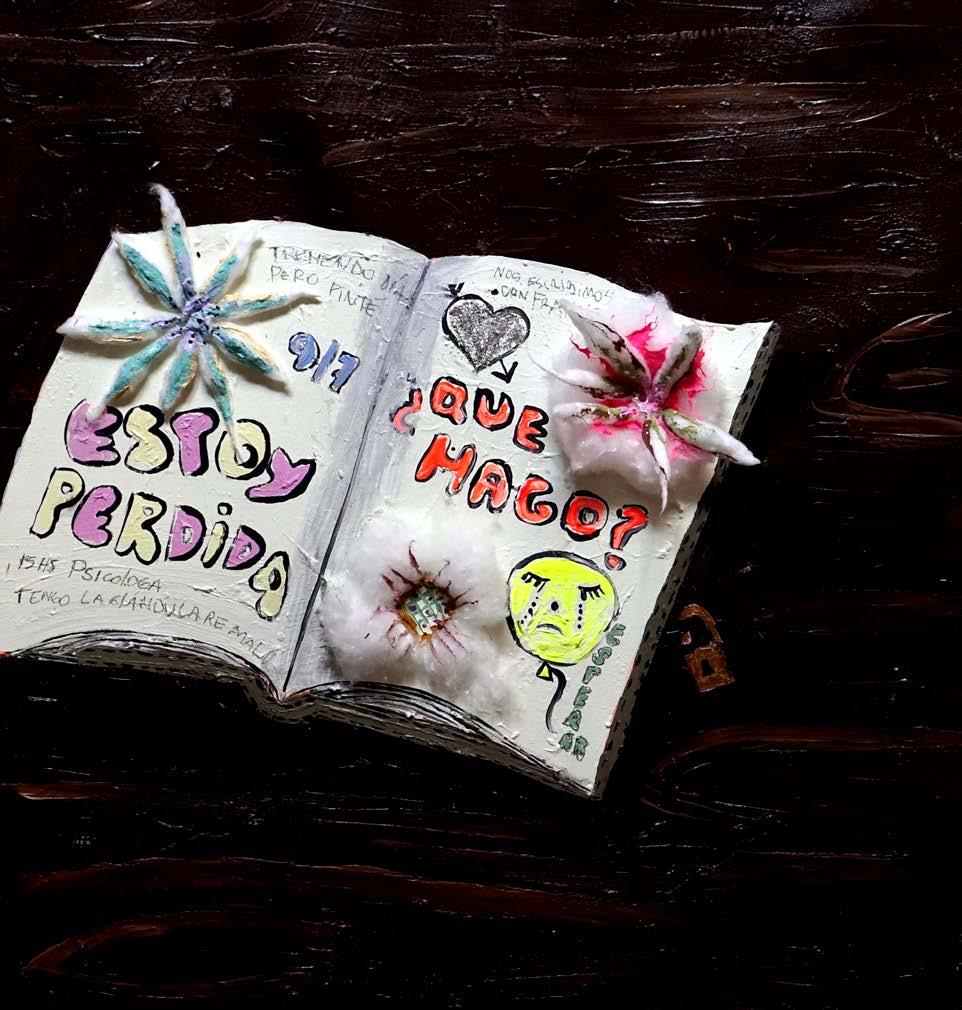
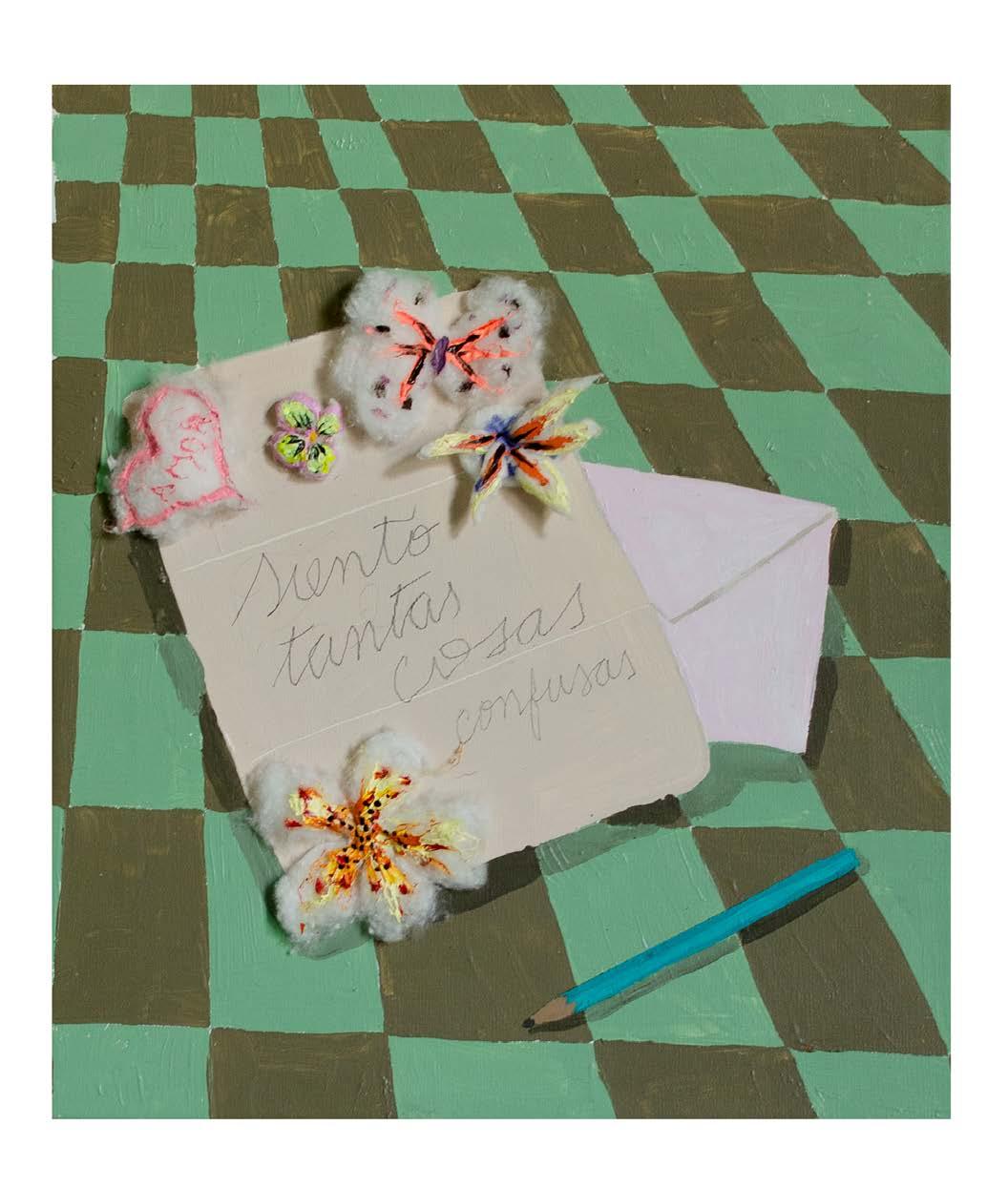
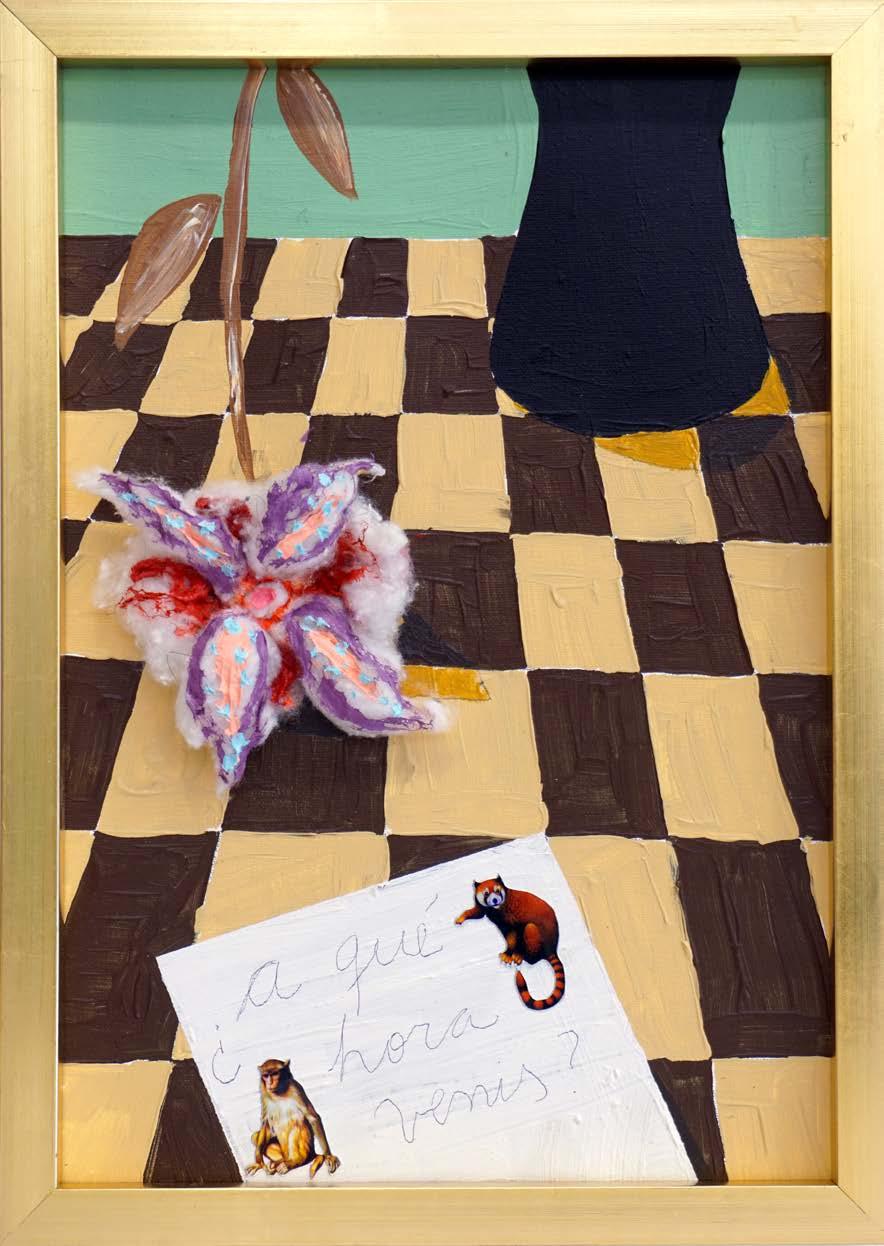
I’m going to make a hole in the sun to see the stars behind it that wait for me behind the light.
I’m going to look at the green terrace with some black butterfly glasses. At this moment
caterpillars grow in their silver cocoons hanging over a tap that leaks water. The birds will tumble me over the grass in a plaza and happy I will let myself be pecked until I become a ghost. I’ll be something good like a glitter bullet that propelling itself on the Paraguayan hammock will dissolve the sun.
A bullet and the end of the world of my world held up by shaky stairs. I stretch to reach the corners of the room’s ceiling and with the tip of the hairs of a paintbrush I write hello.
I had my moment of glory in Happen I met cute guys (some of them traumatized but I understood them) I named each one for their profession Ale was Coca-Cola because he sold them in small machines at Chinese supermarkets. Jorge was Top Gun because he had a motorcycle and he worked for the state Hernán was No Future because he didn’t have any kind of ambition or desire Sergio was KGB (a self-described sex addict) because he was an employee of the Ministry of Security Rodrigo was Remax because he showed houses for the real estate company. Those were the coolest ones. Ale the best, the best at everything we used to talk a lot he told me that at his job he won a raffle to attend the World Cup in Germany. When I went to the U.S. everyone wished me luck in texts, and when I returned everyone wrote me too. I was really happy Now I’m canceling my service like someone quitting a drug.

Una
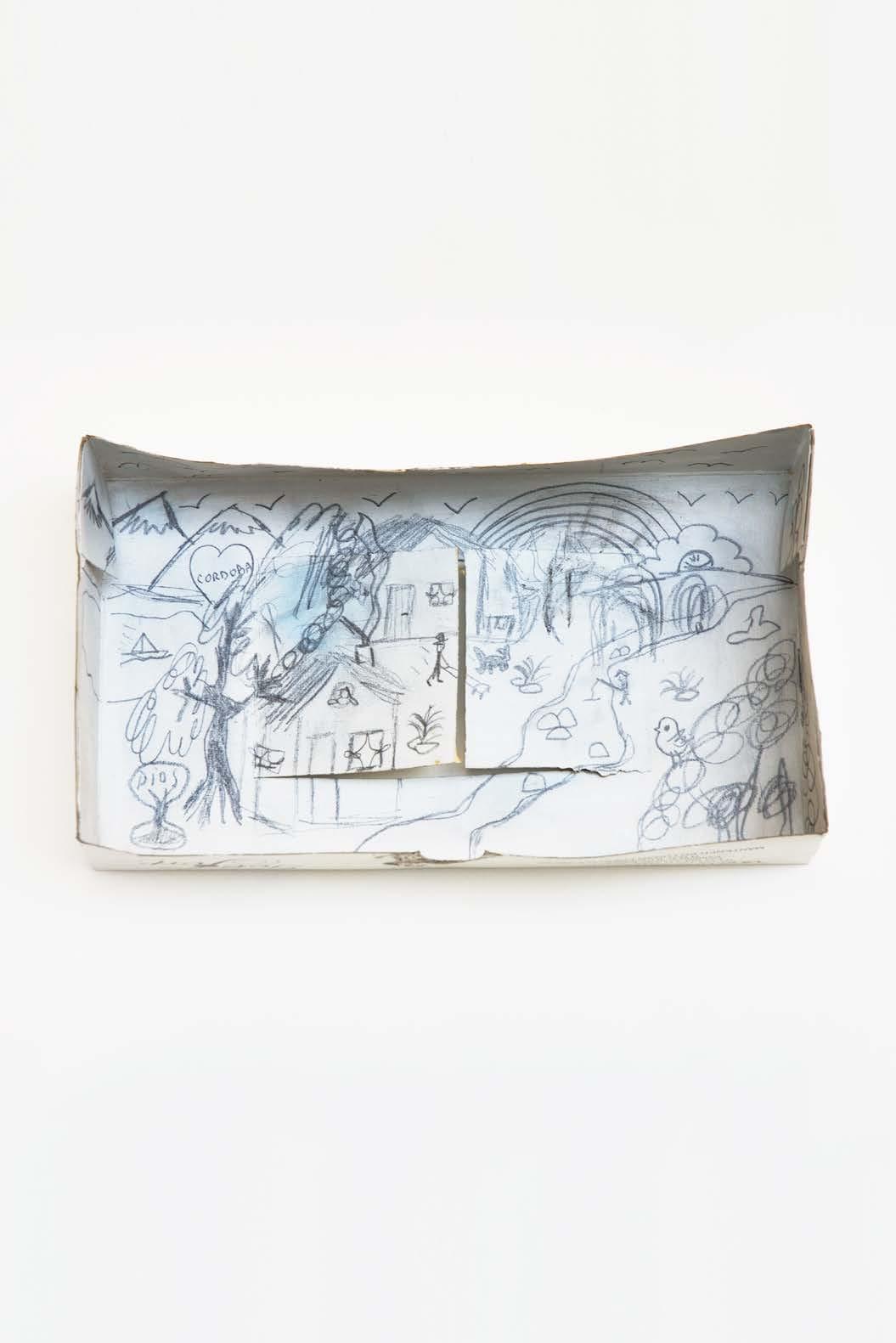
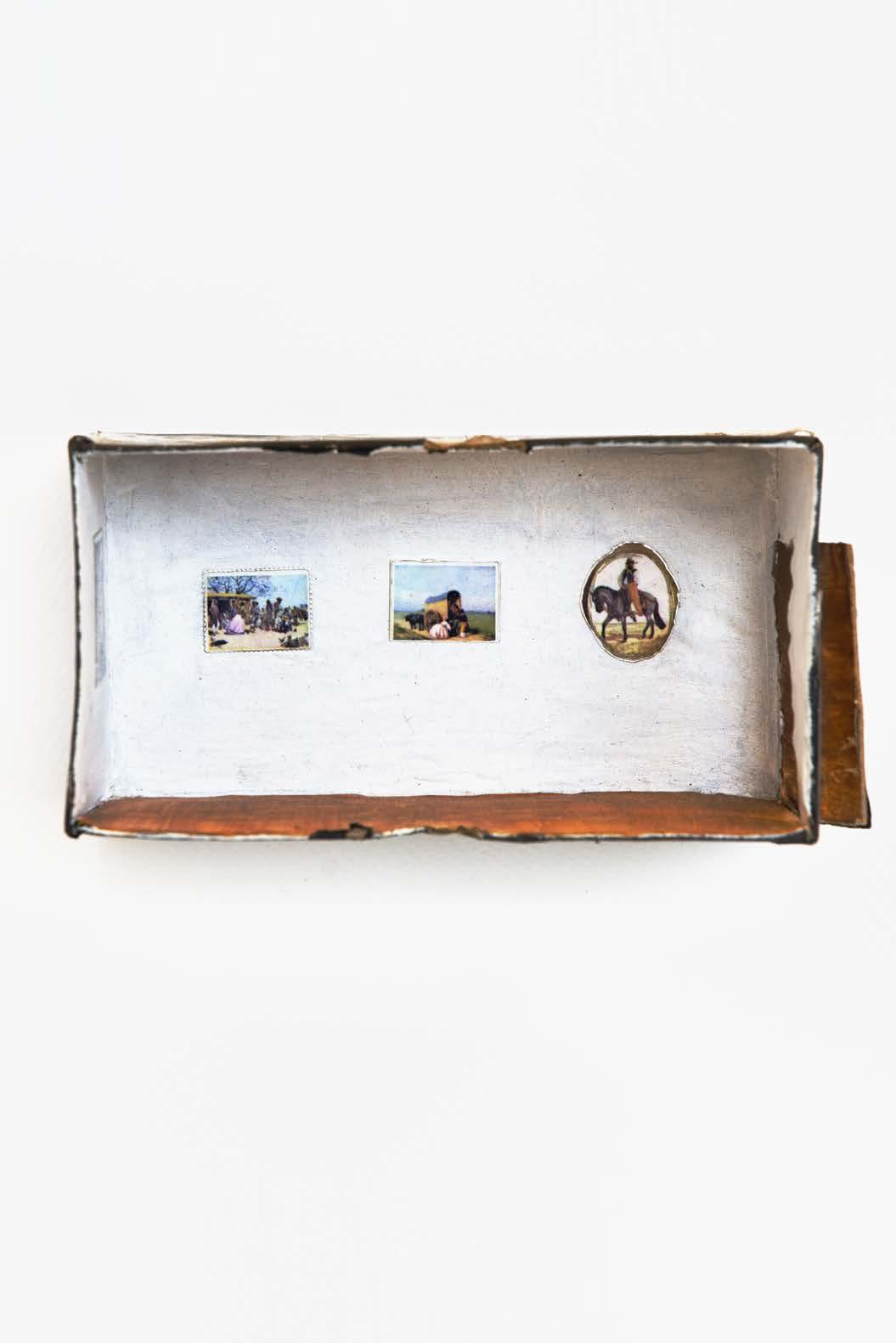

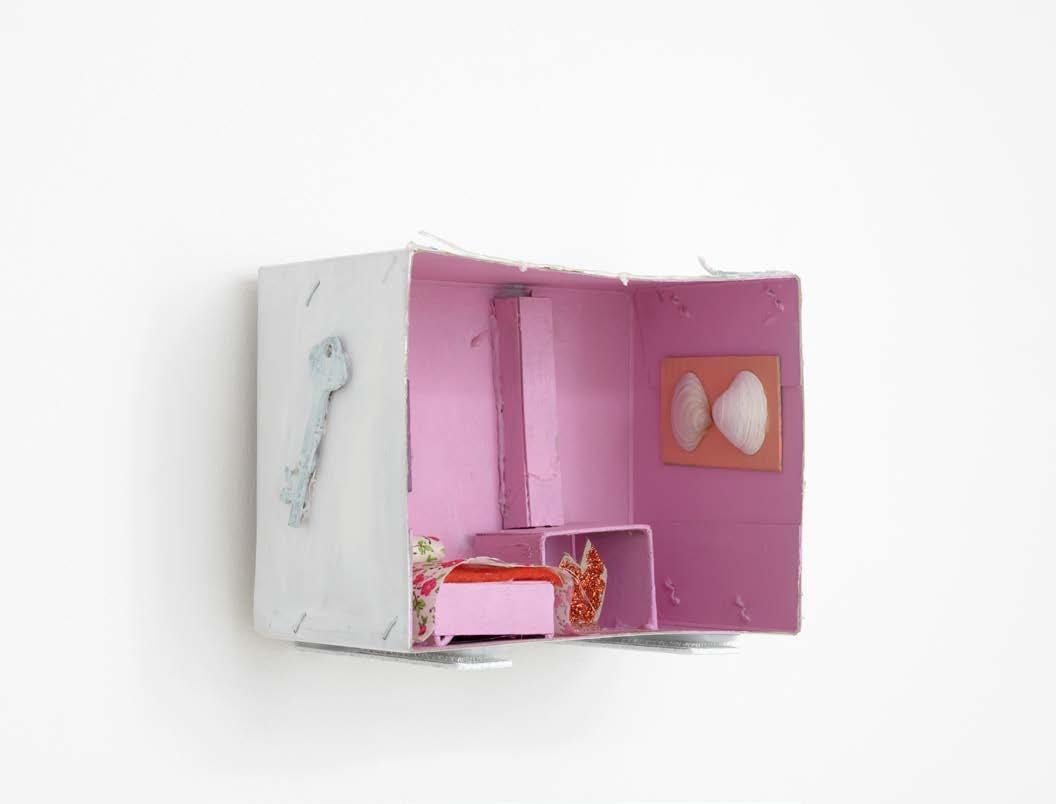
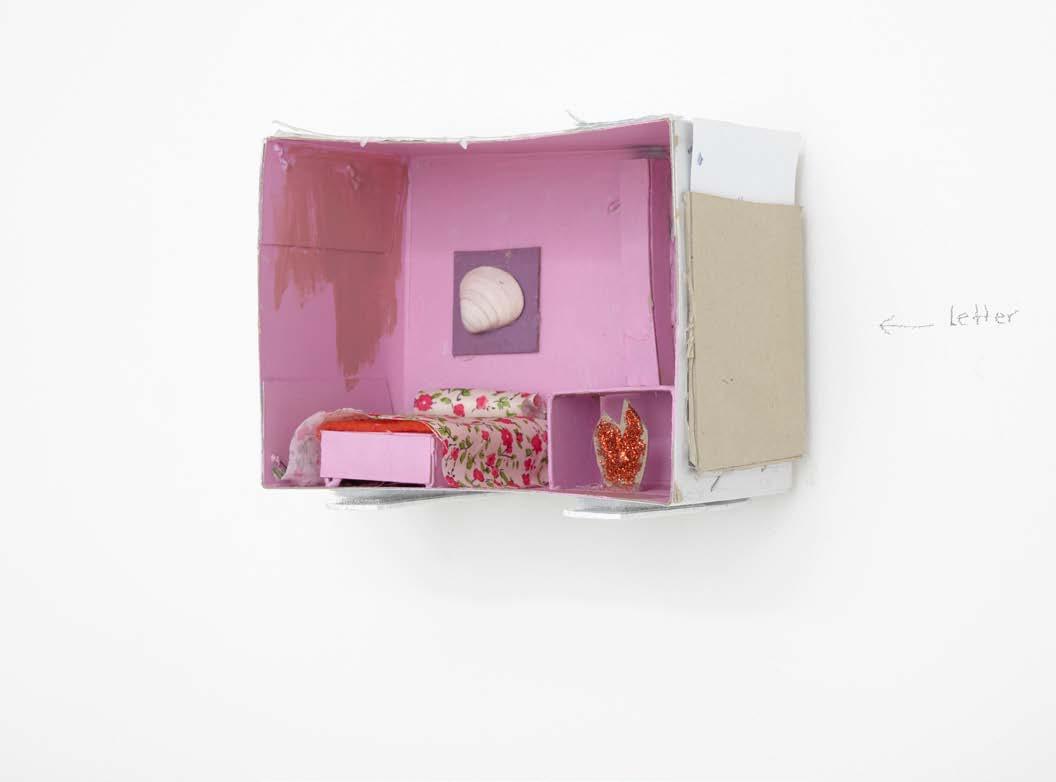
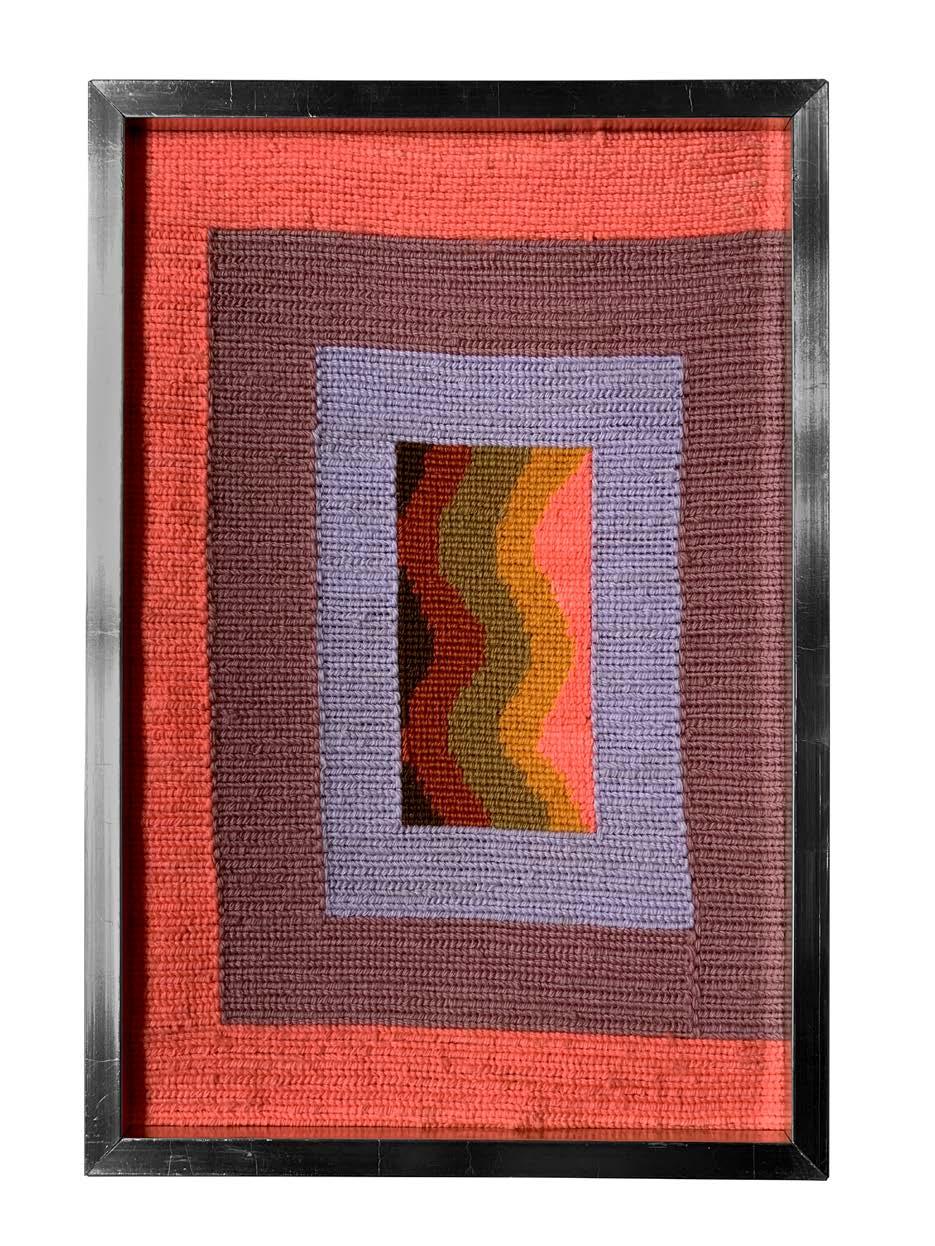


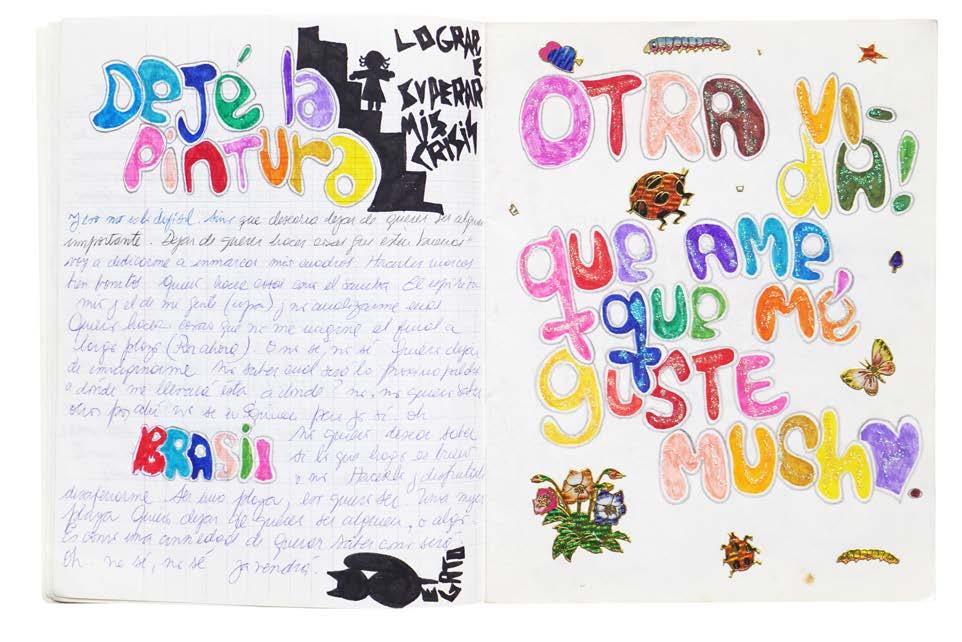


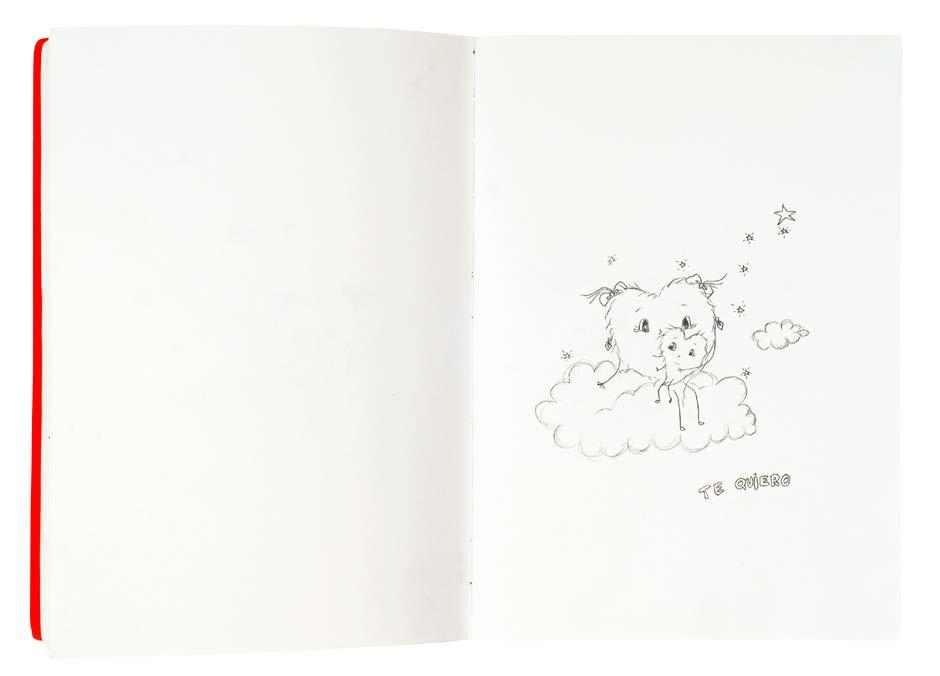

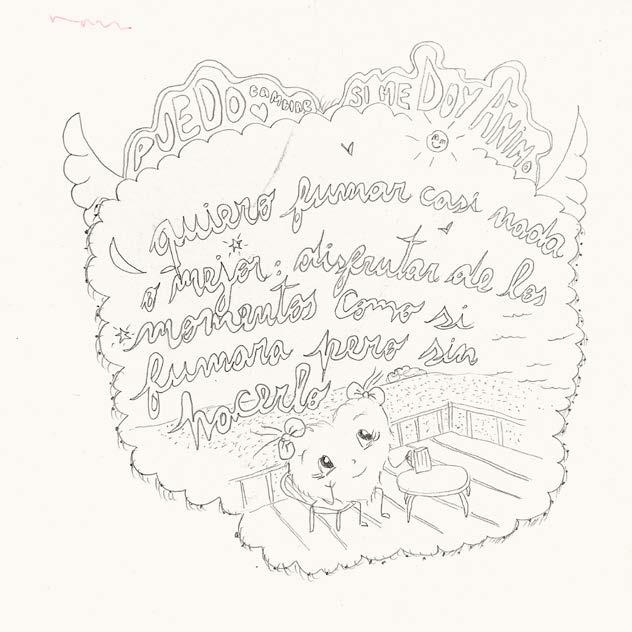
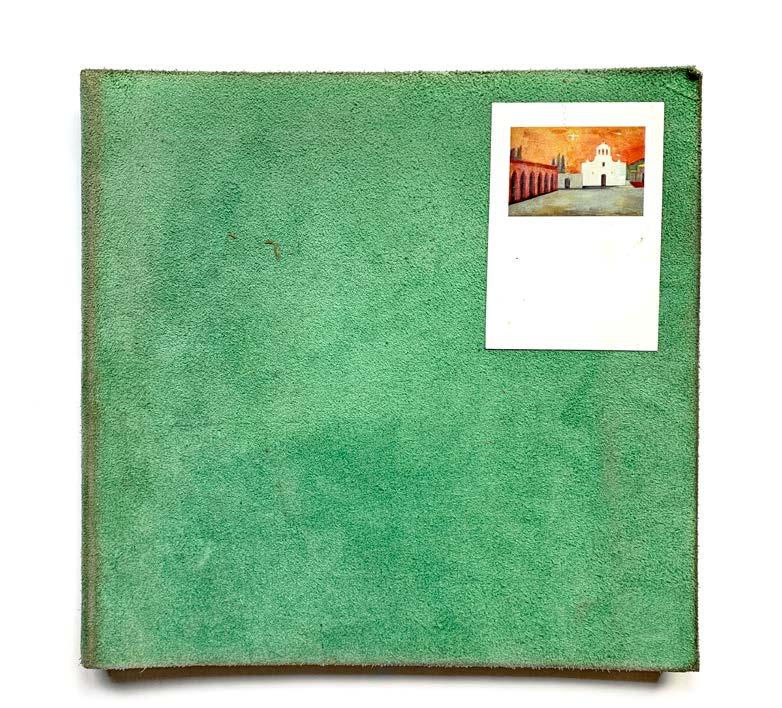


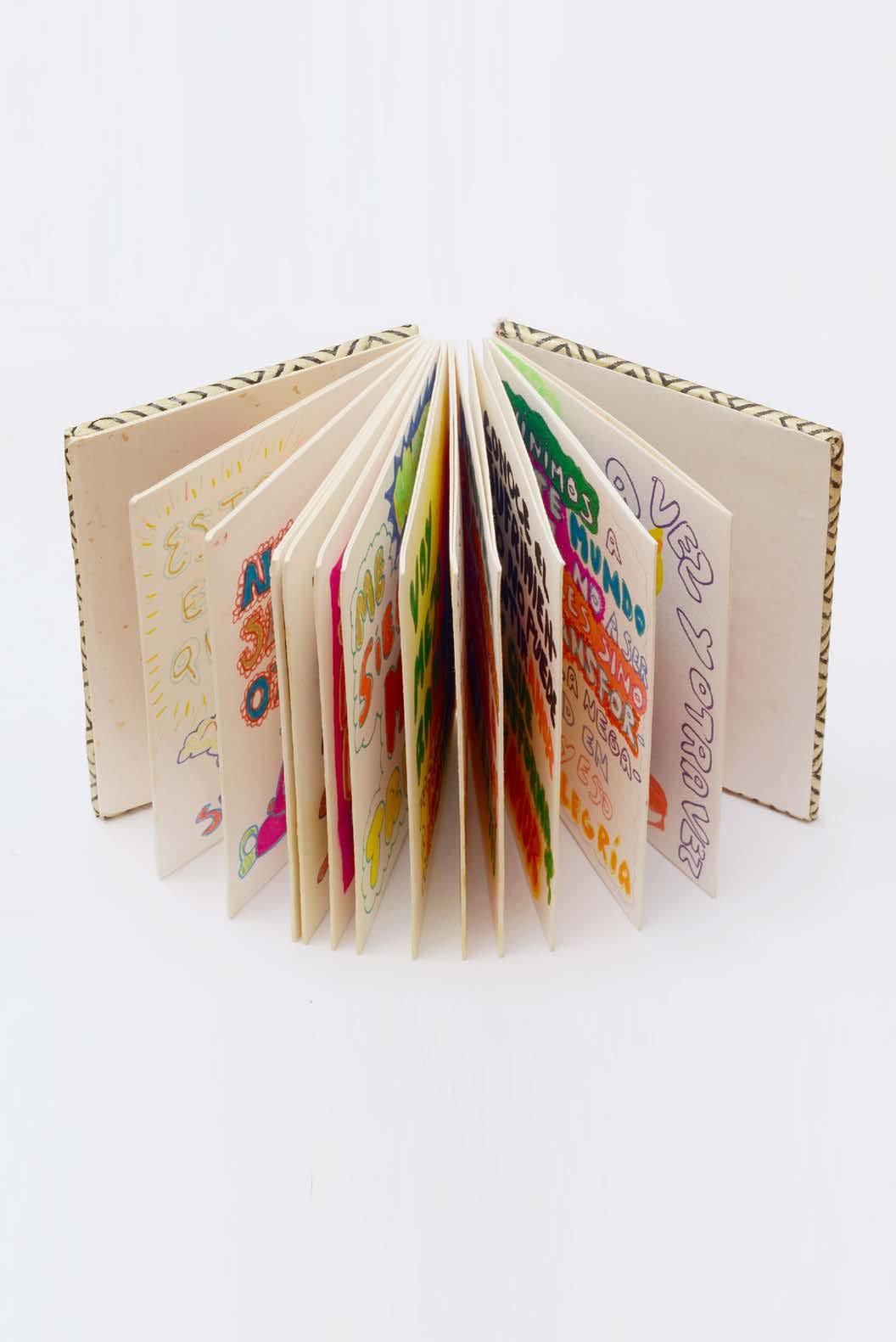

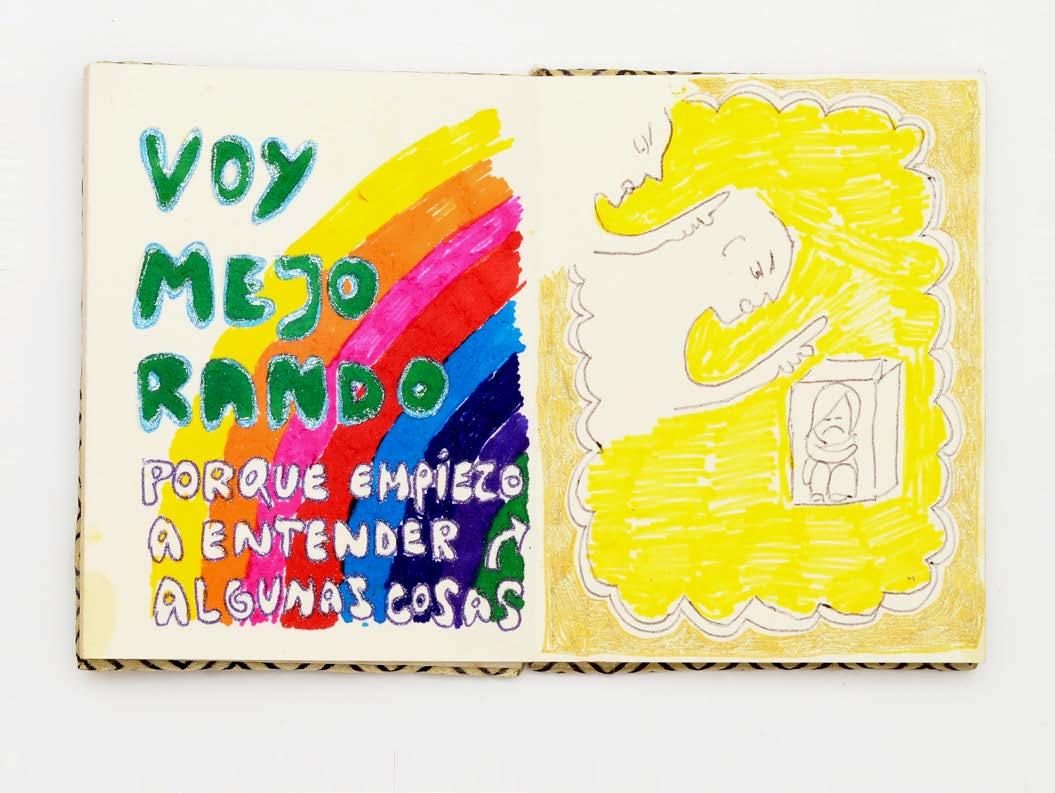
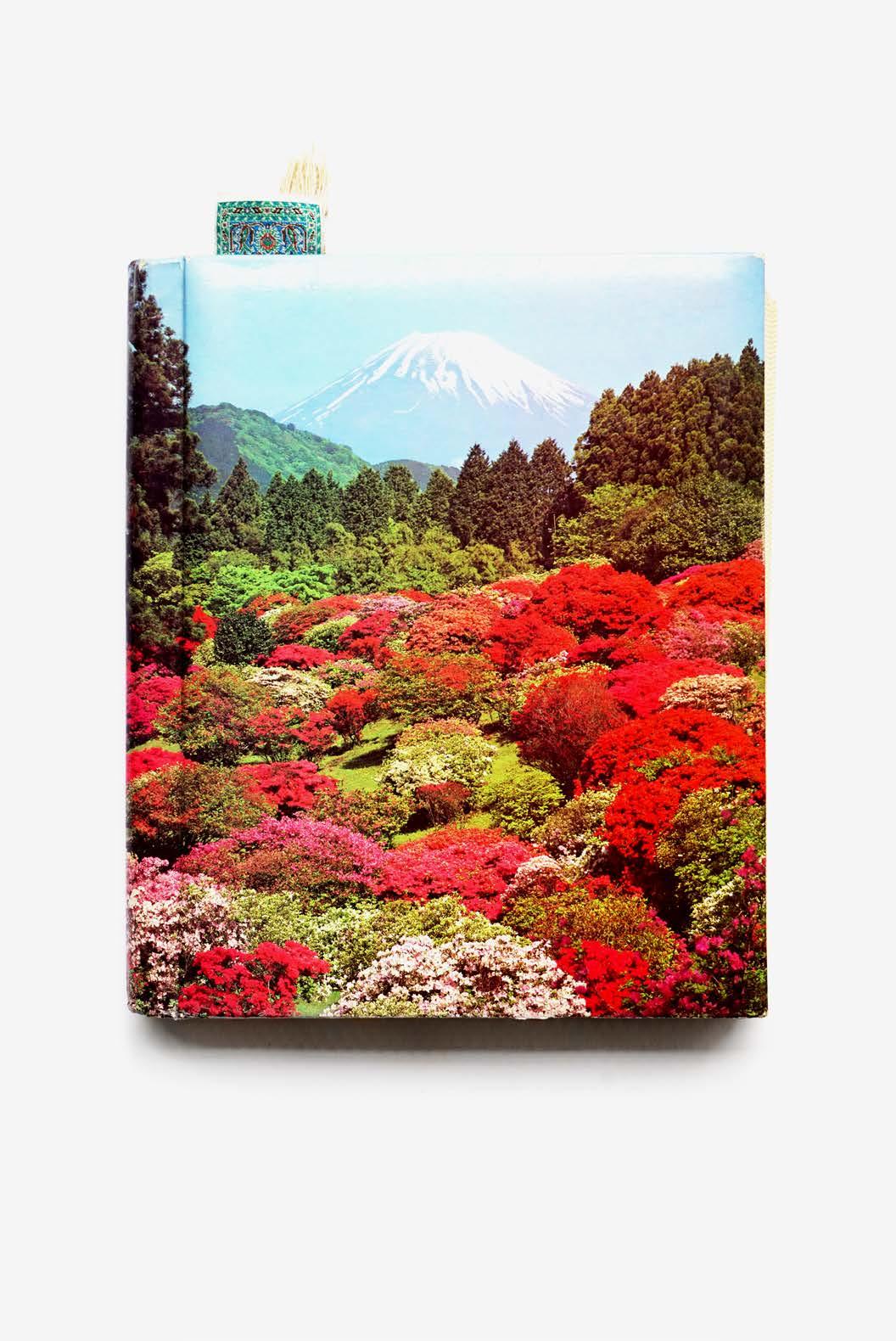


I also wonder in the giant halls of the world’s museums where people speak in other languages where they explain every little thing like if I said to you:
“I like you because the meaning you give my life when you kiss me is very interesting.” In the park there’s a tunnel if we crossed it in the direction towards the hotel (what a coincidence!!!) we imagine it would make us happier. So friendly… for now.
Because why not, because I imagined it because I wanted it and above all it was a chance to hold your hand for the first time. Smooth talk is magic and it works like bits of elf skin or like zest from a fairy wing.

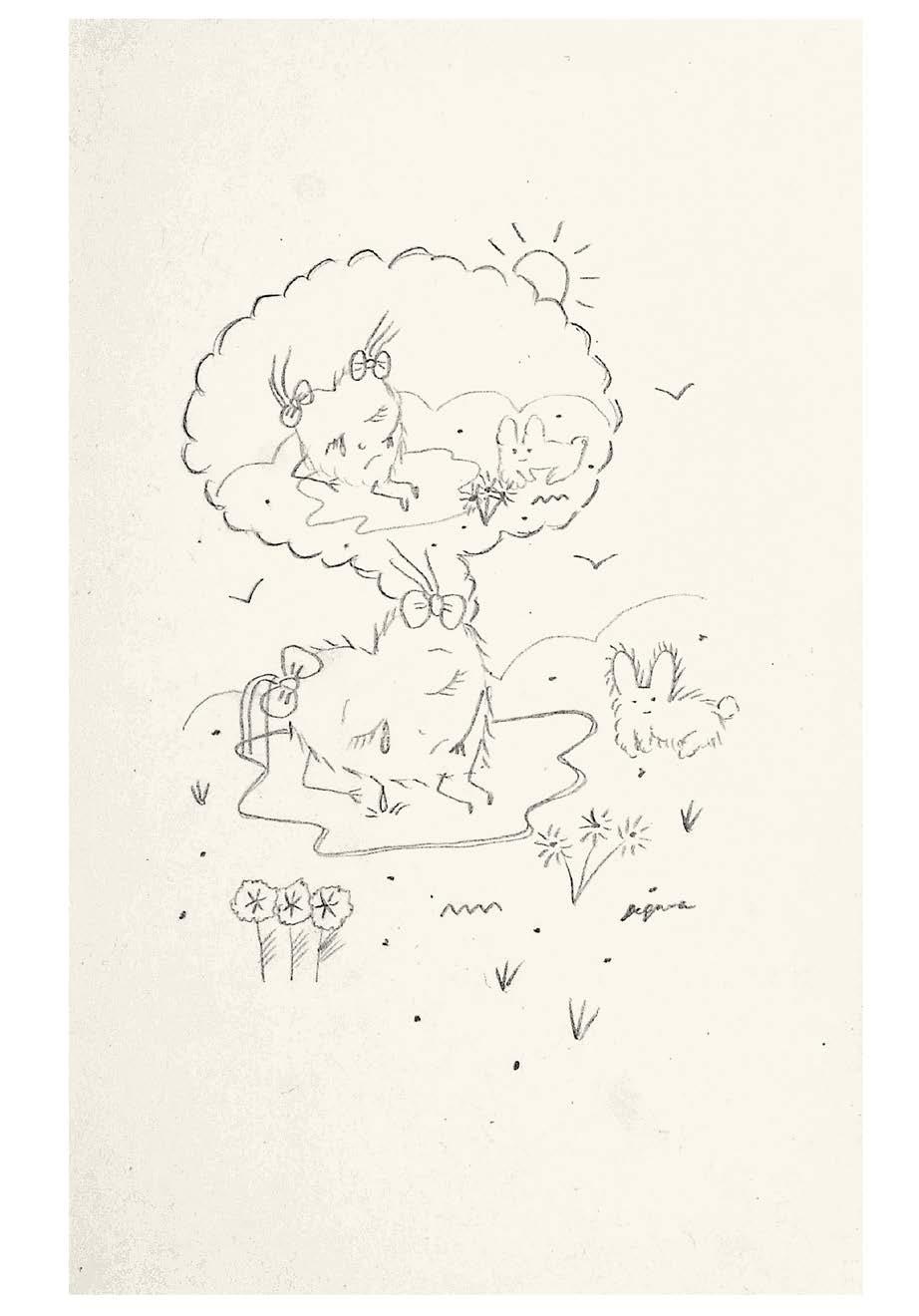
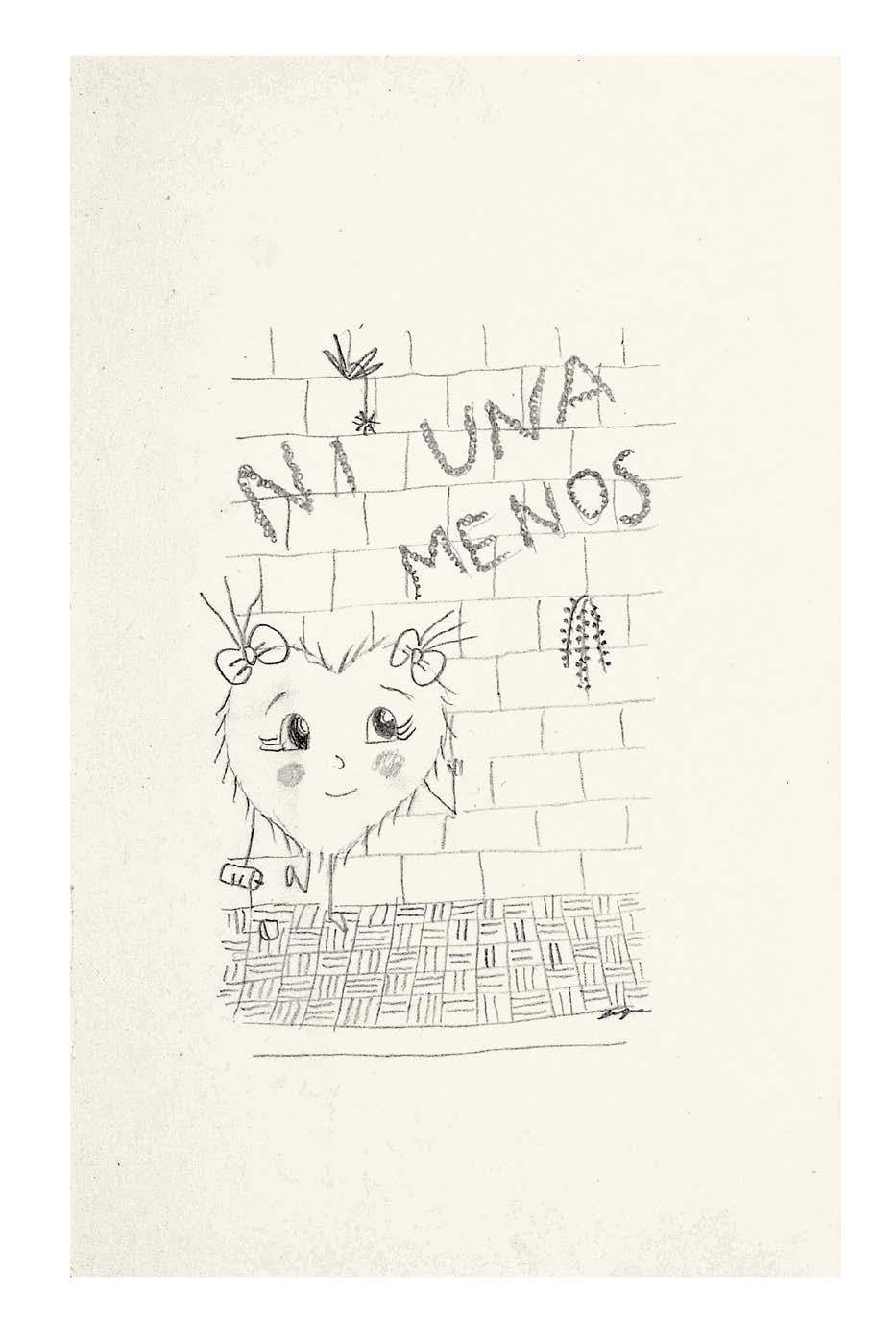

I would like to write about roses
About stories of girls who come and go.
To write love poems for my lover.
To write odes of admiration.
To write tragic things that would make you cry.
Exciting things.
And she might say,
How inspired,
How sweet, how crazy.
And she’ll read what I write
And she’ll recite it with her naked breasts.
I would like to write him a poem
And for him to say:
She wrote this for me
She loves me She admires me
And he’ll share it and when she reads it a thousand years from now He’ll be
A shiny black cat on a wall And the guitar will be on the same brick wall.
I want to write a thousand beautiful things about the planet that’s between your fingers.
Or scary things, so horrible that people say…
How horrible, She’s crazy, Lost
Possessed by evil.
The wind of madness took her away. She’s a sick child Wretched
170
So twisted for getting attention
Already delirious
And her teeth are falling out. No! What am I saying? Her dentures.
I want them to say when they read it: She’s going to end up dead or happy.
I need to write…Something That transforms me into her. That makes me as pretty as her. Now!
( — ha ha ha — he laughs and I fall back 300 spaces in the game of feeling OK)
I want to write a poem that’s like being at a party with teary eyes in front of the dance judges
In a corner of the dance floor Raptured by my pain. Full of worms, Drooling, Shat on, Peed on, Smelly.
Full of clotted menstrual blood in my underwear With the pad so full it goes fz fz.
And people pass by and look at me And I receive the other’s gaze In my lost eyes, blind with tears. And that in the distance I see a sign blurred across your face That says: Poor Thing.
But yeah … I want to be as beautiful as her And before you laugh I’ll word vomit:
I’m going to put on your tits. I’m going to put on your ass.
I want to be as cool as you. Or at least I want to look like you Men will admire me And will want to be like me. Yeah!
How I want to be trans like you… Klaudia And I’ll tell you before I regret it.
Before this poem ends, before someone reads it and says they don’t believe me:
I want to give you my baby so you can breastfeed him and teach him to eat poetry. Give him your magic milk.
Teach him to be a sprite, a magic mirror. Teach him to walk down the street and not be afraid. To recite his life in front of the mirror in the morning And say: Pin din lin.
Jumping on the stones in the river.
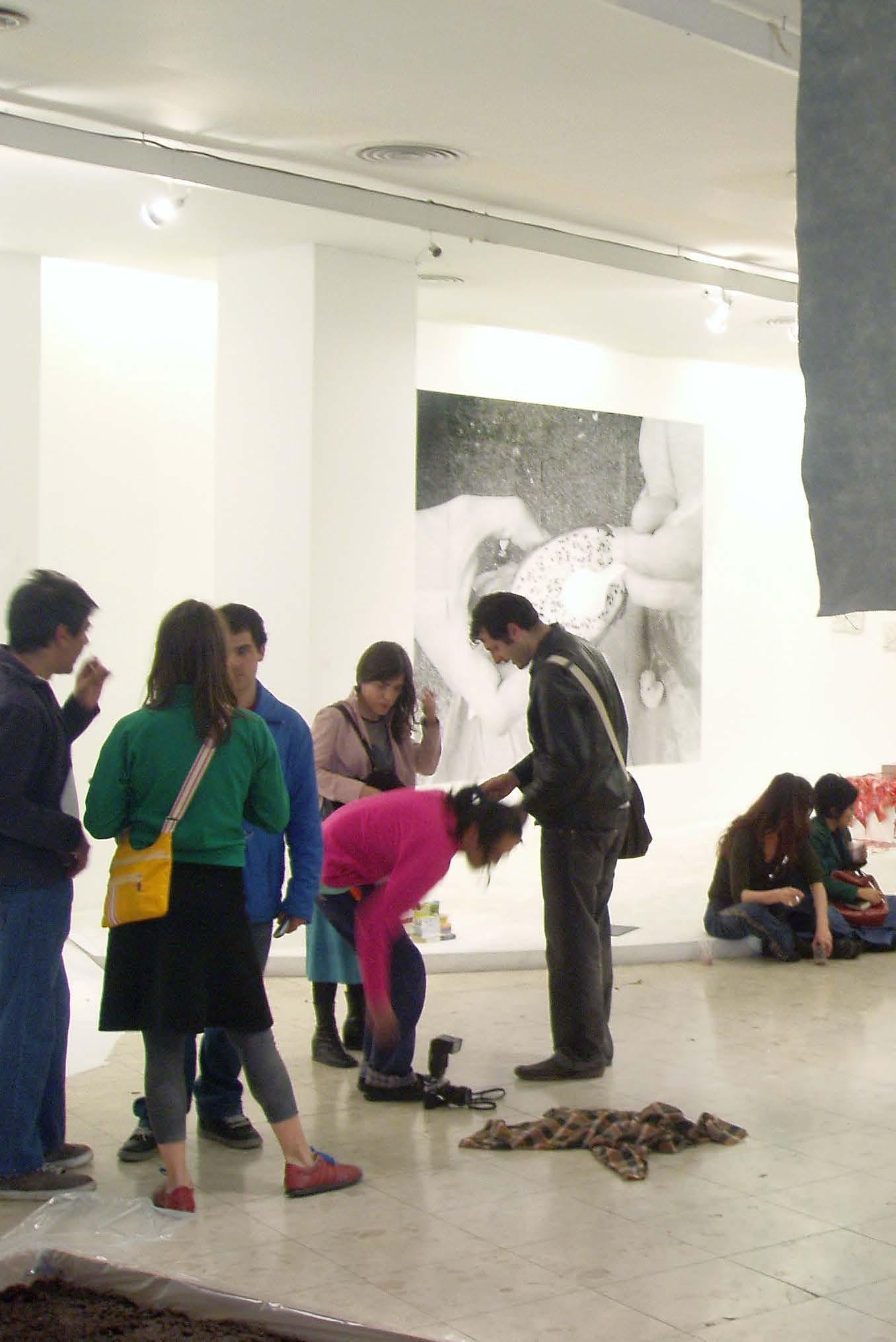 The opening reception of Versus, an exhibition of the work of Fernanda Laguna, Cecilia Szalkowicz, Gastón Pérsico, and Dani Umpi at Borges Cultural Center, Contemporáneo #5, Buenos Aires, 2005
The opening reception of Versus, an exhibition of the work of Fernanda Laguna, Cecilia Szalkowicz, Gastón Pérsico, and Dani Umpi at Borges Cultural Center, Contemporáneo #5, Buenos Aires, 2005
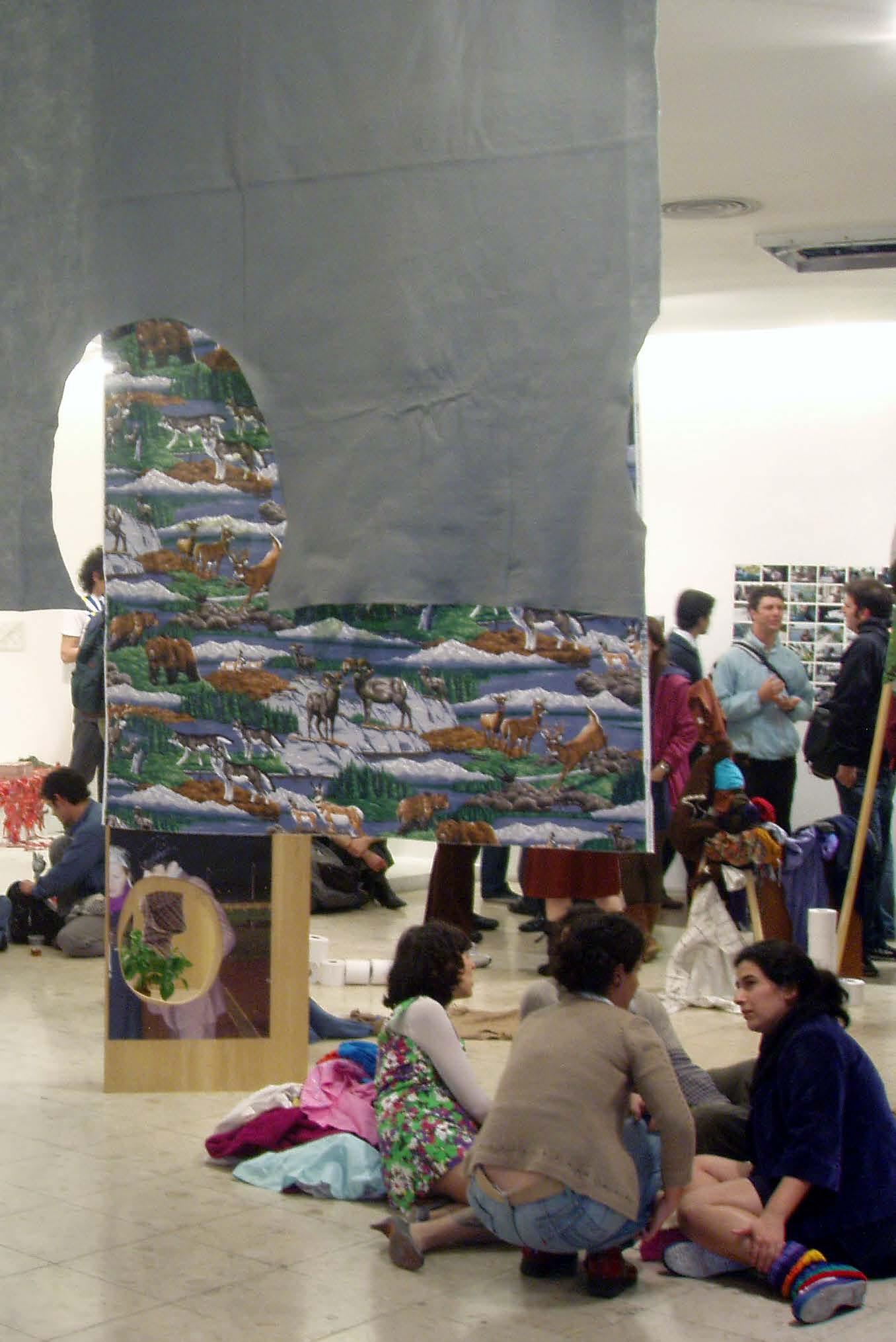
174
PL. 1
Bebé con rayos (Baby with sunbeams), 1994
Acrylic and glitter on canvas 11 7/16 x 7 1/2 inches (29 x 19 cm)
Courtesy of the artist and Galería Nora Fisch, Buenos Aires
PL. 2
Niña con perrito (Girl with puppy), 1994 Acrylic and glitter on canvas 12 5/8 x 9 7/16 inches (32 x 24 cm)
Collection of Matilde, Lucrecia, and Raúl Naón
PL. 3
Caperucita roja (Little Red Riding Hood), 1994
Acrylic on canvas 8 11/16 x 6 7/8 inches (22 x 17.5 cm)
Courtesy of the artist and Galería Nora Fisch, Buenos Aires
PL. 4
Mi mejor amiga extraterrestre (My alien best friend), 1995
Acrylic on canvas 10 11/16 x 14 5/8 inches (27 x 37 cm)
Courtesy of the artist and Galería Nora Fisch, Buenos Aires
PL. 5
Sin título (Pirámide) (Untitled [Pyramid]), 1995
Acrylic and glitter on canvas 8 1/2 x 24 5/8 inches (21.5 x 62.5 cm)
Oxenford Collection Photograph by Bruno Dubner
PL. 6
N.Y., Texas, Los Angeles, 1995
Acrylic and permanent marker on canvas 11 3/4 x 23 5/8 inches (30 x 60 cm) Colección de Museo de Arte Moderno de Buenos Aires Photograph by Viviana Gil
PL. 7
Cisnes (Swans), 1995 Acrylic and marker on canvas 14 1/8 x 18 1/8 inches (36 x 46 cm) Oxenford Collection Photograph by Bruno Dubner
PLS. 8–13
Set de 12 dibujos (Set of 12 drawings), 1994–95
Ink and color pencil on paper
Six drawings: 8 7/8 x 6 5/16 inches (22.5 x 16 cm) each / six drawings: 8 7/8 x 5 7/8 inches (22.5 x 15 cm) each Oxenford Collection Photographs by Bruno Dubner
PL. 14
Abstracción escalinata (Stair abstraction), 1998
Acrylic on canvas 17 3/4 x 22 7/8 inches (45 x 58 cm) Ama Amoedo Collection Image courtesy of Galería Nora Fisch, Buenos Aires
PL. 15
Flete en moto (Freight on motorcycle), 2000
Collage on paper 9 7/8 x 11 13/16 inches (25 x 30 cm) Oxenford Collection Photograph by Bruno Dubner
PL. 16
Sin título (Untitled), 2007 Acrylic and masking tape on cardboard 22 7/8 x 30 3/4 inches (58 x 78 cm) Colección Gabriel Guilligan Photograph by Florencia Lista
PL. 17
Algo (Something), 2000 Collage on canvas 43 5/16 x 34 1/4 inches (110 x 87 cm) Cherñajovsky Collection
PL. 18
Las chicas (The girls), 2000 Collage
11 13/16 x 6 3/4 inches (30 x 17 cm)
Cherñajovsky Collection
PL. 19
Ilpo, 2000 Collage on canvas
15 3/8 x 13 3/4 inches (39 x 35 cm)
Courtesy of the artist and Galería Nora Fisch, Buenos Aires
PL. 20
Ventanas (Windows), 2000
Acrylic, pen, and paper on canvas
8 7/8 x 10 5/8 inches (22.5 x 27 cm)
Colección de Museo de Arte Moderno de Buenos Aires, acquisition 2015
Photograph by Viviana Gil
PL. 21
Ventana stickers (Window stickers), 2014 Collage on canvas
13 7/16 x 17 3/8 inches (34 x 44 cm)
Courtesy of the artist and Galería Nora Fisch, Buenos Aires
PL. 22
Ventana tachas (Window studs), 2014 Collage on canvas
12 5/8 x 16 3/4 inches (32 x 42.5 cm)
Courtesy of the artist and Galería Nora Fisch, Buenos Aires
PL. 23
Un día más sin amor
(Another day without love), 2006 Collage on canvas
15 1/8 x 8 5/8 inches (38.5 x 22 cm)
Courtesy of the artist and Galería Nora Fisch, Buenos Aires
PL. 24
Hoy voy a llorar (Today I will cry), 2007 Ink on paper and canvas
20 7/8 x 8 1/2 inches (53 x 21.5 cm)
Colección Gabriel Guilligan Photograph by Florencia Lista
PL. 25
No es otro más (Not just another one), 2001 Mixed media on paper
43 5/16 x 29 3/8 inches (110 x 74.5 cm)
Grupo Supervielle Collection, Buenos Aires
Photograph by Viviana Gil
PL. 26
Quiero ser un gato (I want to be a cat), 2001 Collage on canvas
13 x 18 1/2 inches (33 x 47 cm)
Courtesy of the artist and Galería Nora Fisch, Buenos Aires
PL. 27
¿Una flor? (A flower?), 2000 Marker and collage on canvas with cut-outs 9 1/4 x 16 3/8 inches (23.5 x 41.5 cm)
Courtesy of the artist and Galería Nora Fisch, Buenos Aires
PL. 28
Amor (Love), 2000 Mixed media on canvas 14 3/16 x 18 1/8 inches (36 x 46 cm) Grupo Supervielle Collection, Buenos Aires Photograph by Viviana Gil
PL. 29
You only love me when you’re drunk, 2000 Collage on canvas 11 7/16 x 17 3/4 inches (29 x 45 cm) Grupo Supervielle Collection, Buenos Aires Photograph by Viviana Gil
PL. 30
Me duele (It hurts me), 2003 Acrylic on canvas 32 5/16 x 29 1/2 inches (82 x 75 cm)
Courtesy of the artist and Galería Nora Fisch, Buenos Aires
PL. 31
Morir de emosión (To die of emotion), 2002
Acrylic on torn canvas 22 1/2 x 29 1/2 inches (57 x 75 cm)
Courtesy of the artist and Galería Nora Fisch, Buenos Aires
175
176
PL. 32
La DJ (The DJ), 1999 Acrylic and collage on canvas 15 3/8 x 36 1/4 inches (39 x 92 cm)
Courtesy of the artist and Campoli Presti, Paris / London
PL. 33
No necesito nada del primer mundo / This is a message to the people that live in the first world (I don’t need anything from the first world / This is a message to the people that live in the first world), 2001 Newspaper, coins, and acrylic on cardboard suspended from a branch 15 3/4 x 22 7/16 inches (40 x 57 cm)
Courtesy of the artist and Galería Nora Fisch, Buenos Aires
PL. 34
Lesbiana (Lesbian), 2002 Acrylic and collage on canvas, suspended from a branch 25 5/8 x 18 1/2 inches (65 x 47 cm)
Courtesy of the artist and Galería Nora Fisch, Buenos Aires
PL. 35
Lo que hago lo hago por no hacer algo peor (I do what I do to not do something worse), 2006 Acrylic and stickers on toilet paper with plastic handle 19 3/4 x 15 3/4 inches (50 x 40 cm) Cherñajovsky Collection
PL. 36
Corazón (Heart), 2007 Bottle caps, wood, wool, and string 43 1/4 x 43 1/4 inches (110 x 110 cm) Cherñajovsky Collection
PL. 37
Fontana, 2010 Acrylic on canvas with cut-outs in a wicker frame 54 3/4 x 41 3/8 inches (139 x 105 cm) Cherñajovsky Collection
PL. 38
Fuego (Fire), 2012 Acrylic on canvas 25 5/8 x 19 11/16 inches (65 x 50 cm) Grupo Supervielle Collection, Buenos Aires
Photograph by Viviana GilPL. 39
Miércoles, cuando no venís conmigo (Wednesday, when you don’t come with me), 2012
Acrylic on canvas with cut-outs 25 5/8 x 19 11/16 inches (65 x 50 cm)
Cherñajovsky Collection
PL. 40
Un momento difícil (A difficult moment), 2017
Acrylic and cotton on canvas 12 1/4 x 11 7/16 inches (31 x 29 cm) Colección Balanz, Buenos Aires
PL. 41
Te quiero mucho (I love you a lot), 2017 Acrylic on canvas with collage 15 3/4 x 11 13/16 inches (40 x 30 cm) Colección Balanz, Buenos Aires
PL. 42
Estoy perdida (I’m lost), 2017 Acrylic on canvas with collage 14 3/16 x 13 3/8 inches (36 x 34 cm) Colección Balanz, Buenos Aires
PL. 43 Siento cosas confusas (I feel confusing things), 2017 Acrylic and collage on canvas 15 3/8 x 13 3/4 inches (39 x 35 cm) Cherñajovsky Collection
PL. 44
¿A qué hora venís? (What time are you coming?), 2018 Mixed media 12 3/4 x 9 inches (32.5 x 23 cm) Colección Balanz, Buenos Aires
PL. 45
Llorar (To cry), 2017 Acrylic and glitter on canvas 16 3/16 x 14 3/16 inches (41 x 36 cm) Courtesy of the artist and Campoli Presti, Paris / London
PL. 46
Una casita en la montaña
(A little house in the mountains), 2001 Pencil on cardboard box
5 1/8 x 9 1/2 x 2 inches (13 x 24 x 5 cm)
Courtesy of the artist and Galería Nora Fisch, Buenos Aires
PL. 47
Los gauchos (The cowboys), 2006 Collage on cardboard box
3 1/8 x 5 1/2 x 2 1/8 inches (8 x 14 x 5.5 cm)
Courtesy of the artist and Galería Nora Fisch, Buenos Aires
PL. 48
Caja (Box), 2017 Collage on cardboard box
5 1/8 x 7 1/8 x 3 15/16 inches (13 x 18 x 10 cm)
Courtesy of the artist and Campoli Presti, Paris / London
PL. 49
La bordadora (The weaver), 2014 Weaving in wool
18 1/8 x 12 1/4 inches (46 x 31 cm)
Courtesy of the artist and Galería Nora Fisch, Buenos Aires
PL. 50
Sin título (Untitled), 2015 Weaving in wool
17 3/8 x 13 inches (44 x 33 cm)
Courtesy of the artist and Galería Nora Fisch, Buenos Aires
PL. 51
Cuaderno amarillo (Yellow notebook), 2006
Pencil and pen on paper
8 5/8 x 6 3/4 inches (22 x 17 cm)
Courtesy of the artist and Galería Nora Fisch, Buenos Aires
PL. 52
Cuaderno rojo (Red notebook), 2009 Pencil on paper
8 1/8 x 5 3/4 inches (20.5 x 14.5 cm)
Courtesy of the artist and Galería Nora Fisch, Buenos Aires
PL. 53
Cuaderno verde (Green notebook), 2017 Pencil on paper
9 1/4 x 9 1/4 inches (23.5 x 23.5 cm)
Courtesy of the artist and Galería Nora Fisch, Buenos Aires
PL. 54
Folded Book, 2017
Pencil and pen on paper
4 3/4 x 3 1/2 inches (12 x 9 cm) closed;
4 3/4 x 88 5/8 inches (12 x 225 cm) extended
Courtesy of the artist and Galería Nora Fisch, Buenos Aires
PL. 55
My Diary Album, 2017–19
Mixed media in photo album
11 13/16 x 9 7/8 inches (30 x 25 cm)
Courtesy of the artist and Galería Nora Fisch, Buenos Aires
PL. 56
Moleskine Drawings, 2019–20 Pencil on paper
5 1/2 x 3 1/2 inches (14 x 9 cm)
Courtesy of the artist and Galería Nora Fisch, Buenos Aires
Photographs by Cecilia Szalkowicz
Pages 2–3, 4, 5, 26, 27, 28–29, 38–39, 40–41, 56–57, 64–67, 68–69, 70–71, 172–173, 180–181, back cover
© 2022 Cecilia Szalkowicz
Fernanda Laguna, Tu Rito, 2011
Photograph by Marina Alessio
Opening of El festival de la fotocopia (The photocopy festival), where works were raffled for two pesos, Belleza y Felicidad, 2001
177
Alexis Almeida is the author of I Have Never Been Able to Sing (Ugly Duckling Presse, 2018) and most recently the translator of Dalia Rosetti’s Dreams and Nightmares (Les Figues, 2019) and co-translator of Carlos Soto Román’s 11 (Ugly Duckling Presse, 2022). She teaches at the Bard Microcollege at the Brooklyn Public Library and edits 18 Owls Press.
Nicolás Guagnini is an Argentine artist and writer living in New York. His work is in the collections of the Whitney Museum of American Art, the Centre Pompidou, and the Museums of Modern Art in Buenos Aires and São Paulo. His writing has been published in October, Texte Zur Kunst, and Artforum, as well as in exhibition catalogs published by the Museum of Modern Art, New York, and the Whitney Museum. He was a cofounder of Union Gaucha Productions, an experimental film production company, and of Orchard, a cooperative gallery on the Lower East Side in New York City.
Rosario Güiraldes is Associate Curator at The Drawing Center.
Chris Kraus, a writer and a critic, is the author of eight books and numerous monographs on contemporary art and artists. Her novels include Aliens & Anorexia and Summer of Hate, and her most recent essay collection is Social Practices (2018). Kraus’s first novel, I Love Dick, was adapted for television. Her work has been translated into twenty-two languages. She is a co-editor of the independent press Semiotexte, alongside Hedi El Kholti.
Cecilia Palmeiro is a professor of Cultural Studies and Gender Theory at New York University in Buenos Aires and at National University of Tres de Febrero (UNTREF). She has published books on art, literature, and politics. Together with Fernanda Laguna, she is the curator of the living archive High on the Tide: Diary of a Feminist Revolution She is a researcher at the Institute for Advanced Study and a member of the Ni Una Menos collective.
Co-Chairs
Andrea Crane
Amy Gold
Treasurer
Stacey Goergen
Secretary
Dita Amory
Frances Beatty Adler
Valentina Castellani Brad Cloepfil Harry Tappan Heher Priscila Hudgins Rhiannon Kubicka Iris Z. Marden Adam Pendleton David M. Pohl Nancy Poses Eric Rudin Almine Ruiz-Picasso Jane Dresner Sadaka David Salle Curtis Talwst Santiago Joyce Siegel Amy Sillman Galia Meiri Stawski Rirkrit Tiravanija Barbara Toll Jean-Edouard van Praet d’Amerloo Waqas Wajahat Isabel Stainow Wilcox Linda Yablonsky
Emeritus Eric Rudin
Executive Director
Olga Valle Tetkowski Deputy Director
Rebecca Brickman Director of Development
Aimee Good Director of Education and Community Programs
Allison Underwood Director of Communications Claire Gilman Chief Curator
Rosario Güiraldes Associate Curator
Isabella Kapur Curatorial Associate Kate Robinson Registrar Dan Gillespie Operations Manager Tiffany Shi Development Manager
Kara Nandin
Digital Content Coordinator Rebecca DiGiovanna Administrative Manager
Nadia Parfait
Visitor Services Associate Lucia Zezza Bookstore Manager
Mark Zubrovich Visitor Services Associate
La belleza es de los artistas cuando la felicidad es compartida (Beauty belongs to artists when happiness is shared), November 2007. Belleza y Felicidad closing event at which Marina de Caro wrapped the facade with a fabric and then closed the place with a needle and thread. With that same fabric she made a clothing collection for the ByF artists.

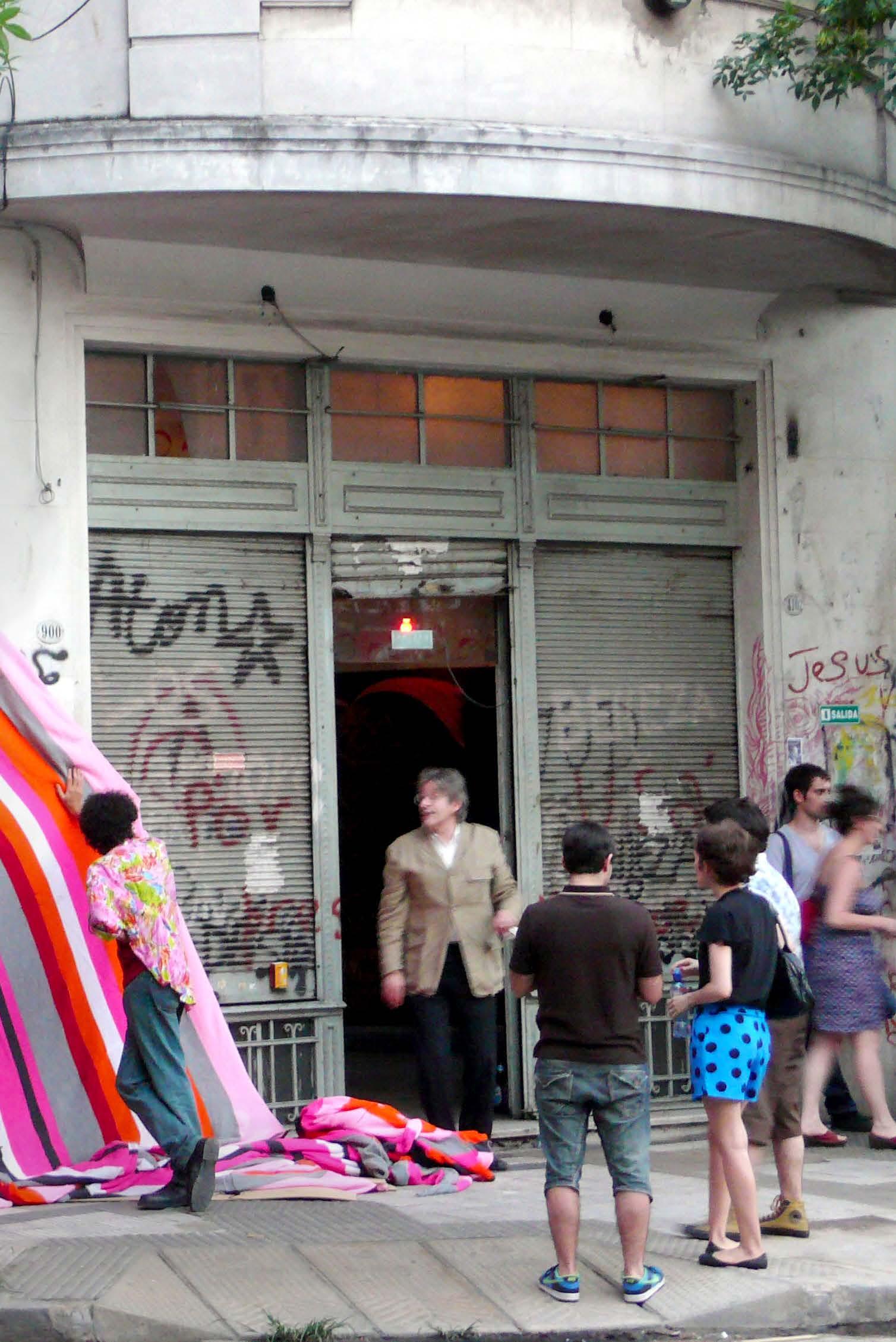
Published on the occasion of the exhibition Fernanda Laguna: The Path of the Heart
Organized by Rosario GüiraldesThe Drawing Center
March 10–May 22, 2022
Major support for Fernanda Laguna: The Path of the Heart is provided by the Institute for Studies on Latin American Art (ISLAA). Additional funding is provided by Bortolami Gallery, Florencia Cherñajovsky, Erica Roberts, Isabel Stainow Wilcox, Fundación Ama Amoedo, Alec Oxenford, Campoli Presti, Galería Nora Fisch, Gabriel Guilligan, and Raúl Naón.
This is number 148 of the Drawing Papers, a series of publications documenting The Drawing Center’s exhibitions and programs and providing a forum for the study of drawing.
Dandelion / Peter Ahlberg
Puritan Capital, New Hampshire
This book is set in Publico Text (Roman, Italic, and Bold) It is part of the Publico Collection, designed by Ross Milne, Christian Schwartz, Paul Barnes, Kai Bernau, and Greg Gazdowicz, and released incrementally by Commercial Type in 2009, 2013, and 2014. This book also uses Plain (Regular and Italic), which was designed by François Rappo and released by Optimo Type Foundry in 2014.
ISBN 978-0-942324-49-5
© 2022 The Drawing Center
All rights reserved. No part of this publication may be reproduced in any form without written permission from The Drawing Center.
The Path of the Heart is the first English language publication devoted to the radical, pioneering work of Argentine artist Fernanda Laguna. Featuring a revealing interview with the artist by writer and critic Chris Kraus and new scholarship by Rosario Güiraldes, Cecilia Palmeiro, and Nicolás Guagnini, as well as a selection of poems by Laguna, images of over fifty artworks, and never-before-published documentary photography, this comprehensive volume explores the way Laguna’s practice brings the promise of art into life.
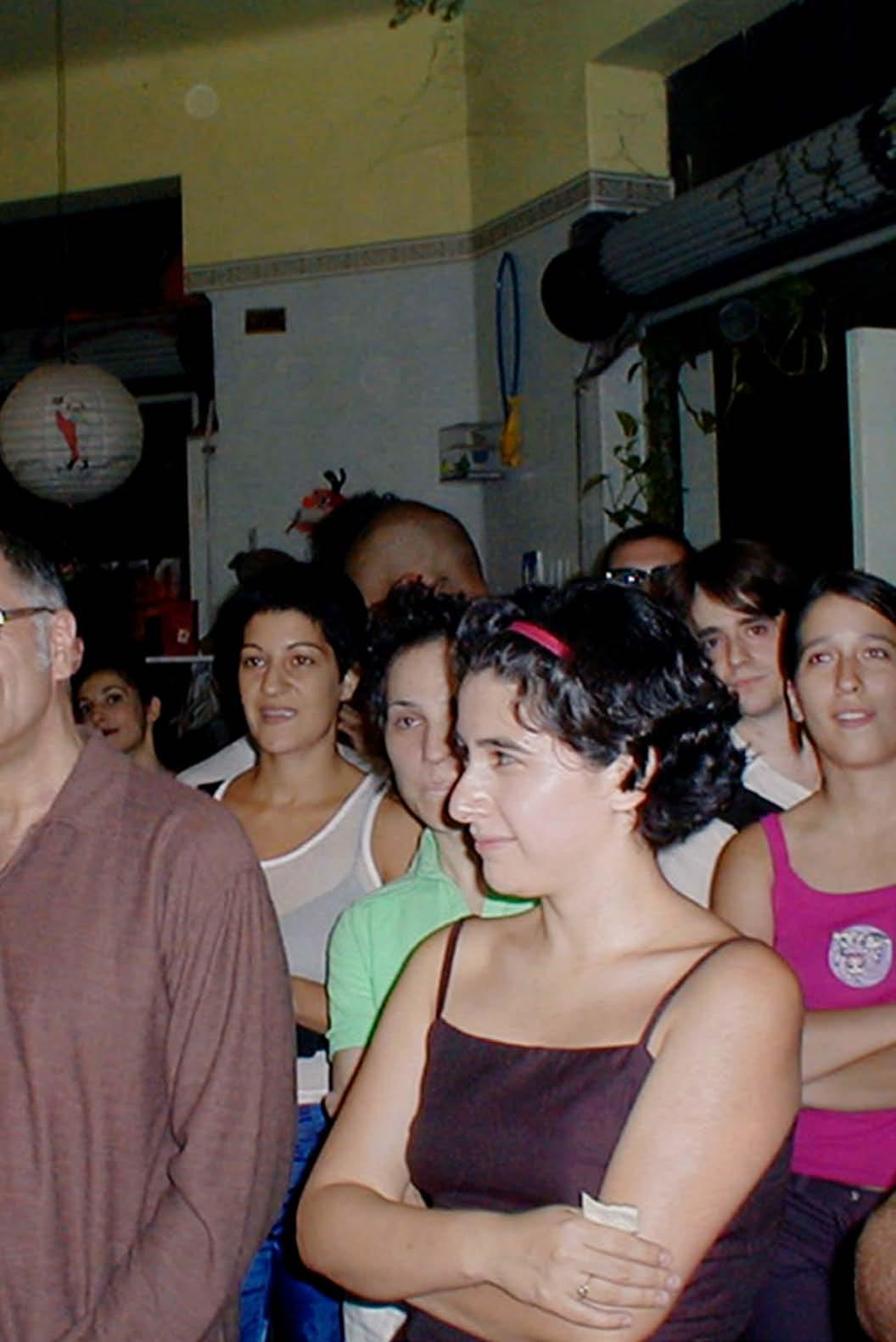 Edited by Rosario Güiraldes
Contributions by Nicolás Guagnini Chris Kraus Cecilia Palmeiro
Edited by Rosario Güiraldes
Contributions by Nicolás Guagnini Chris Kraus Cecilia Palmeiro